
Visa and entry requirements Peru:
Passport required
No visa is required
Information from the Foreign Office about your trip to Peru:
https://www.auswaertiges-amt.de/de/perusicherheit/211938
Peru is a country in western South America with around 32 million inhabitants. The country borders Ecuador and Colombia to the north, Brazil to the east, Bolivia to the southeast, Chile to the south and the Pacific Ocean to the west. Peru has the third largest land area in South America.
Peru is divided into three different landscape zones: Costa, Sierra and Selva, with different climatic characteristics. The foothills of the driest desert on earth, the Atacama Desert, begin in the south of Peru.
The most commonly used language in Peru is Spanish, which is spoken as a native language by around 85% of the population. The official national currency is the Peruvian Sol, where 1 euro corresponds to around 3.75 PEN.
The country's largest cities include Lima, Arequipa, Trujillo, Chiclayo, Piura, Iquitos, Cusco, Huancayo and Chimbote.
The country's richest river is the Amazon, while the largest lake is Lake Titicaca. Peru is also the country with the most bird species in the world; more than 1,800 different species feel at home here.
Peru has become increasingly important as an international travel destination over the past ten years. The number of foreign visitors has now increased to almost four million annually, of which at least one in three visits the famous Machu Picchu.
Due to its location, historical past, untouched nature in the Amazon basin and its mountains over 4,000 meters high, the country offers an extraordinary variety for tourism. The most important tourist attractions are the capital Lima, the most sacred site of the Incas - Machu Picchu, Arequipa - the "White City" at the foot of the volcano El Misti, Cusco - the former capital of the Incas, the Rainbow Mountains - discovered only three years ago at an altitude of 5,200 meters, the Inca Trail between Cusco and Lima, Ica - the center of Peruvian wine production and Lake Titicaca - the highest navigable lake in the world.
The capital of the South American Andean state and by far the largest city in the country is Lima with around nine million inhabitants. The city is at the same time the political and economic center of Peru.
The most important sights in Lima include the Plaza San Martin, the archaeological museum, the gold museum, the historic old town of Lima, the cathedral, the church of Santo Domingo, the Iglesia San Francisco, the large Plaza de Armas, the Palacio de Torre Tagle, the 30 meter high clock tower, the Plaza Mayor, Miraflores and the El Nacional stadium.
In January 2018 I visited Peru for the only time so far as part of my big tour of South America, including Peru of course. After a previous stop on the Galapagos Islands, I first visited the capital Lima.
During my three-day stay there, there was enough time for various sightseeing and tours. I first got a rough overview by taking a bus ride. However, the subsequent explorations on foot were actually much more exciting. All in all, I would probably rank Lima at the bottom of all the South American capitals, I really didn't find the city that exciting. Apart from some interesting colonial buildings and very well-kept squares, I was quite disappointed with Lima.
After the time in Lima seemed far too long in the end, I then went to the former Inca capital Cusco for four days. Cusco, a vibrant and exciting city, literally overflowing with tourists. I would never have expected that this city would be so full of people. But after my first tour of the city, I immediately noticed that Cusco, at around 3,400 meters above sea level, is simply unique. Due to its enormous historical significance, it is a magnetic attraction for visitors from all over the world. Despite the many people, the city was always super pleasant and there was an incredible atmosphere.
There are several ancient buildings in Cusco, you can meet many residents in typical local clothing, and many things are still reminiscent of the Incas. Then there is the legendary Plaza de Armas, the city's large main square, what an impressive market place. For me it is definitely one of the most beautiful places in the world.
Other sights in Cusco include the breathtaking Jesuit Church, the Cathedral, the Church of San Francisco, the baroque Church of San Sebastian, Santo Domingo, the Alley of the Seven Serpents, the Inca Palace and the Inca Museum.
This exciting day in Cusco is definitely one of the most special of my seven-year journey around the world.
The city of Cusco is also the starting point for all excursions into the interior of the country, such as to the Inca city of Machu Picchu or to the Rainbow Mountains. Finally I booked my excursions there for the next few days.
Machu Picchu, certainly one of the most important and melodious travel destinations in global tourism. The journey there began for me at three in the morning, with temperatures around 5 degrees Celsius. After a bus ride, two train rides and another bus ride, I finally reached the legendary holy city of the Incas. After the somewhat complicated but nevertheless relaxed journey, pure chaos awaited me at the entrance. The entrance area, which was much too small, was completely overcrowded with people, while groups were looking for their tour guides and tour guides were looking for their respective groups. After some confusion, I met an English-speaking man and together we looked for the meeting point for the tour in English. With cool weather and drizzle setting in, the almost hour-long wait wasn't particularly pleasant.
After we finally started with our group of ten, it started to rain even harder and most of Machu Picchu was covered by thick veils of fog. Luckily, the fog disappeared after the two-hour tour was over, so I was able to take countless beautiful photos when the sun started to shine.
Then we went back to Cusco in reverse order. After this strenuous and eventful day, I fell into bed in my hotel, dead tired.
After a short night, my alarm went off the next morning at about the same time as the previous day, because the departure to the next highlight was at four o'clock. Initially there was a four-hour bus ride on the agenda, this time we went even further up into the mountains. After a quick breakfast, renting hiking sticks and stuffing my bags with coca leaves, we finally arrived at around 4,500 meters.
It felt like it was even less than 5 degrees Celsius, with the air being damn clear and thin. In another light fog, the six kilometer long climb to the Rainbow Mountains began.
The Rainbow Mountains were only discovered about three years ago because they were previously completely covered by snow and ice at 5,200 meters. Now they are a new and attractive excursion destination from Peru.
After an exciting and very strenuous climb, constantly chewing coca leaves - these help against the thin air and improve the oxygen supply, you will be rewarded with a breathtaking view after these six kilometers.
These majestic colors and the feeling of standing up there after all the effort, despite the constantly passing veil of fog, is simply unique and an incredible moment. To my surprise, this excursion clearly topped Machu Picchu. Only next time I would get a horse for 30 US dollars, which was available with a guide at 4,500 meters, because the six-kilometer climb to an incredible 5,200 meters is really quite strenuous.
For me, the picturesque rainbow mountains, with their seven different colors that run parallel to each other, are among the most spectacular landscapes in the entire travel world.
I spent the last day in the beautiful city of Cusco and used it extensively to relax before I continued my journey to Chile the next morning.
Peru is guaranteed to be one of the most beautiful travel destinations on earth, with so many natural wonders, cultural treasures and unique attractions. A trip there is definitely worth it and I highly recommend it.

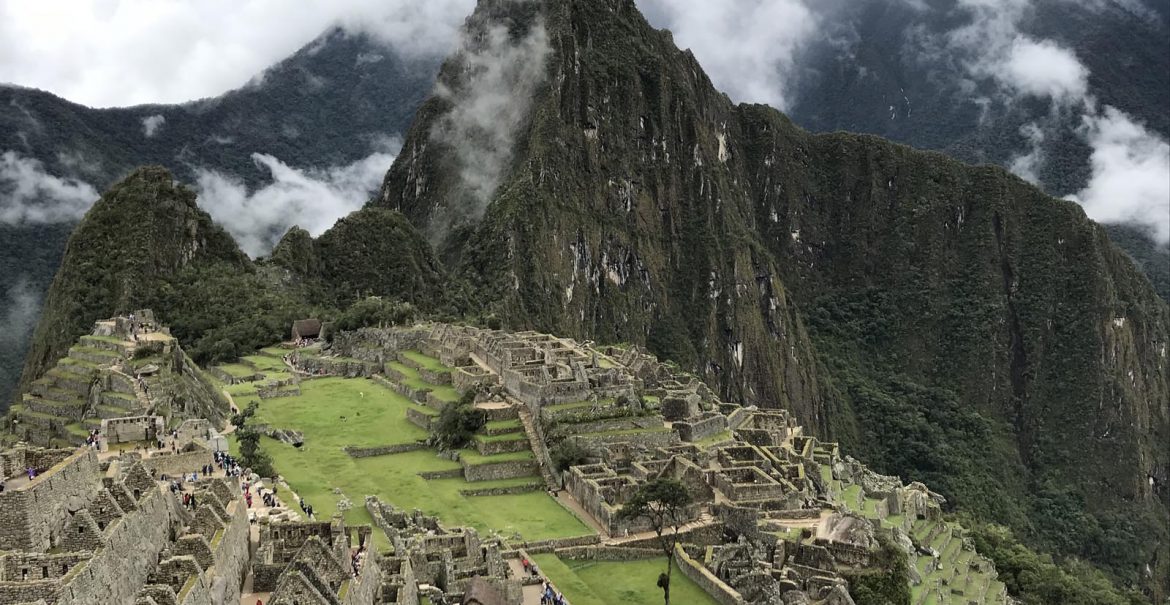
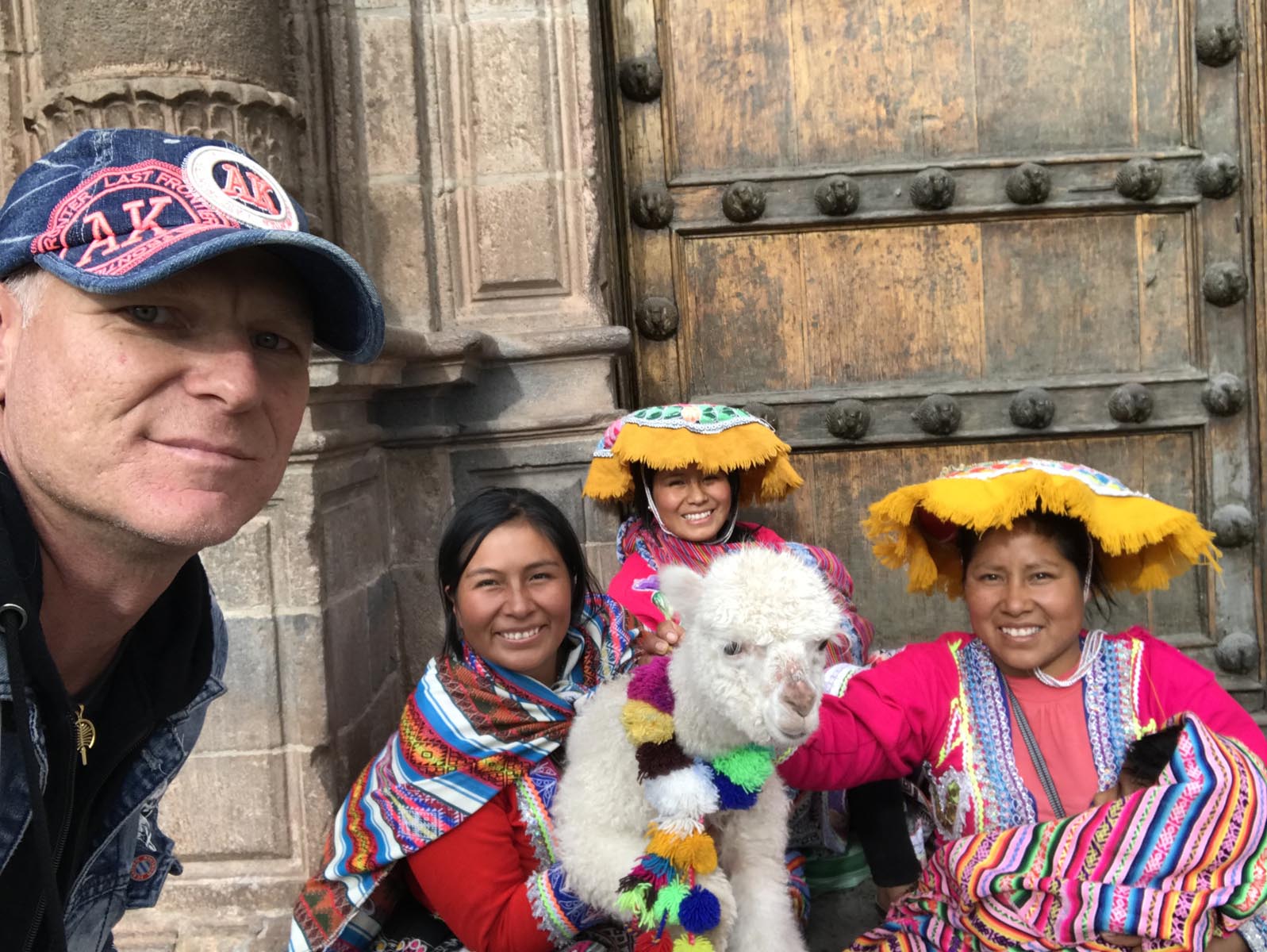
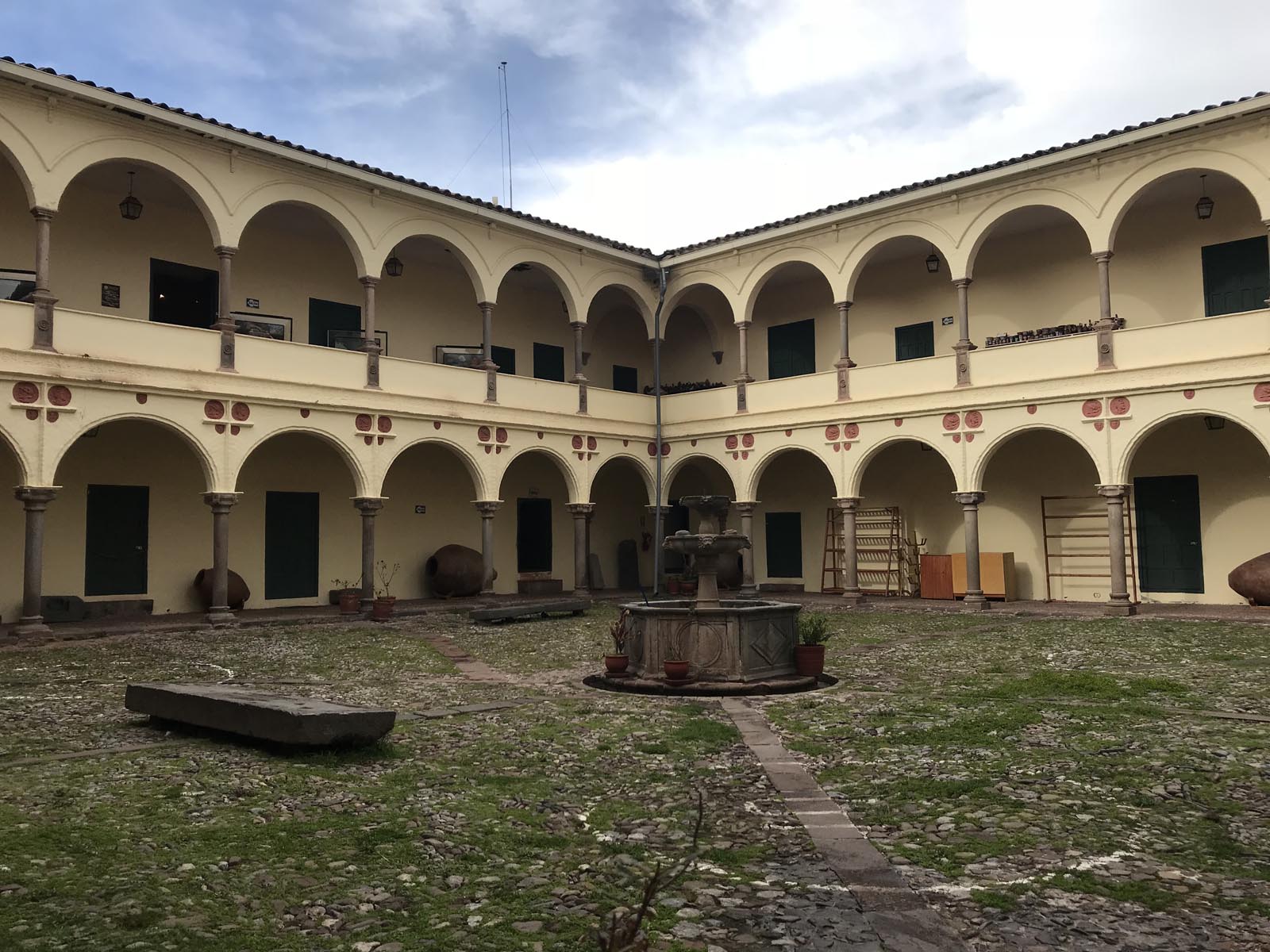
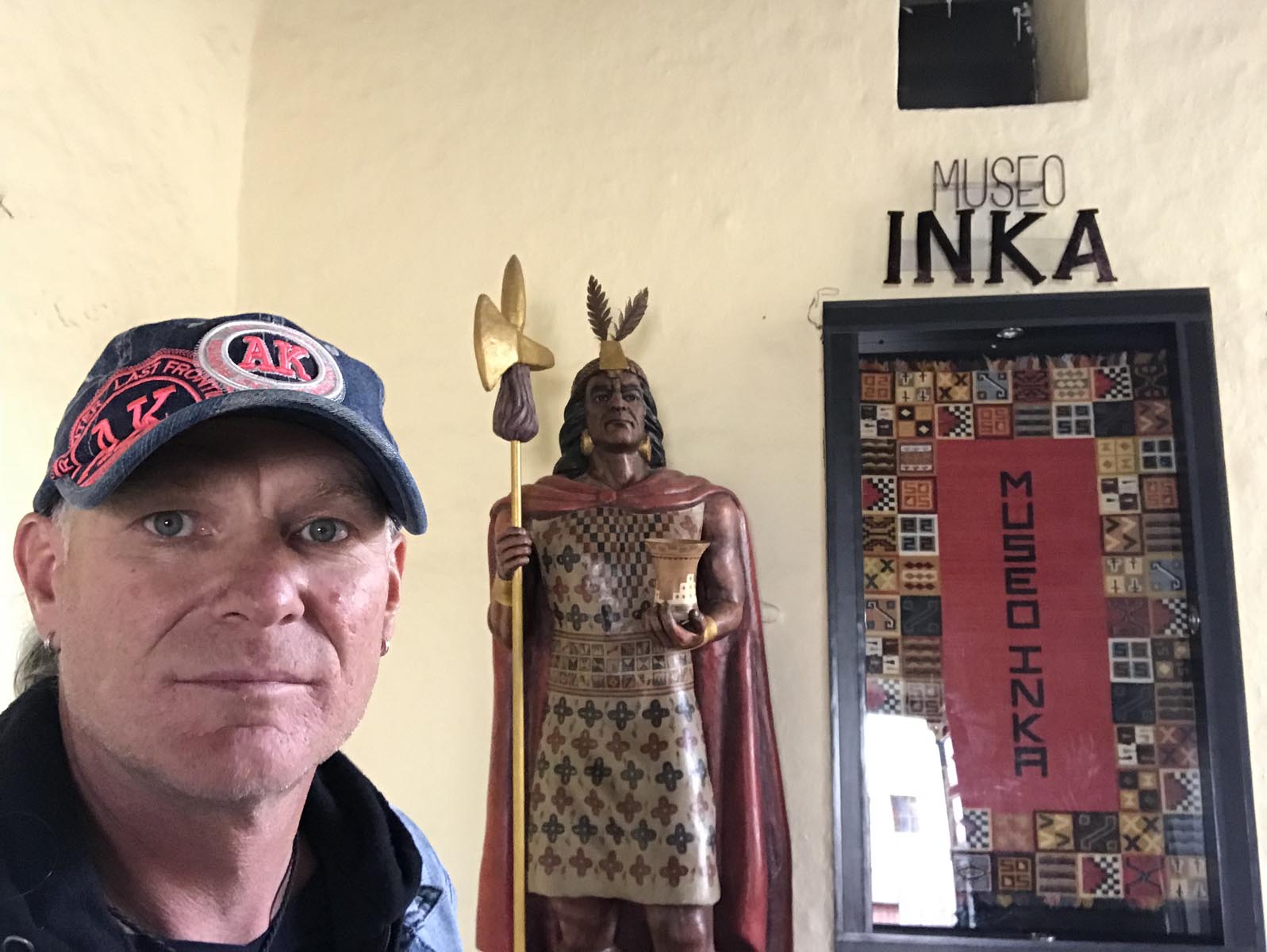
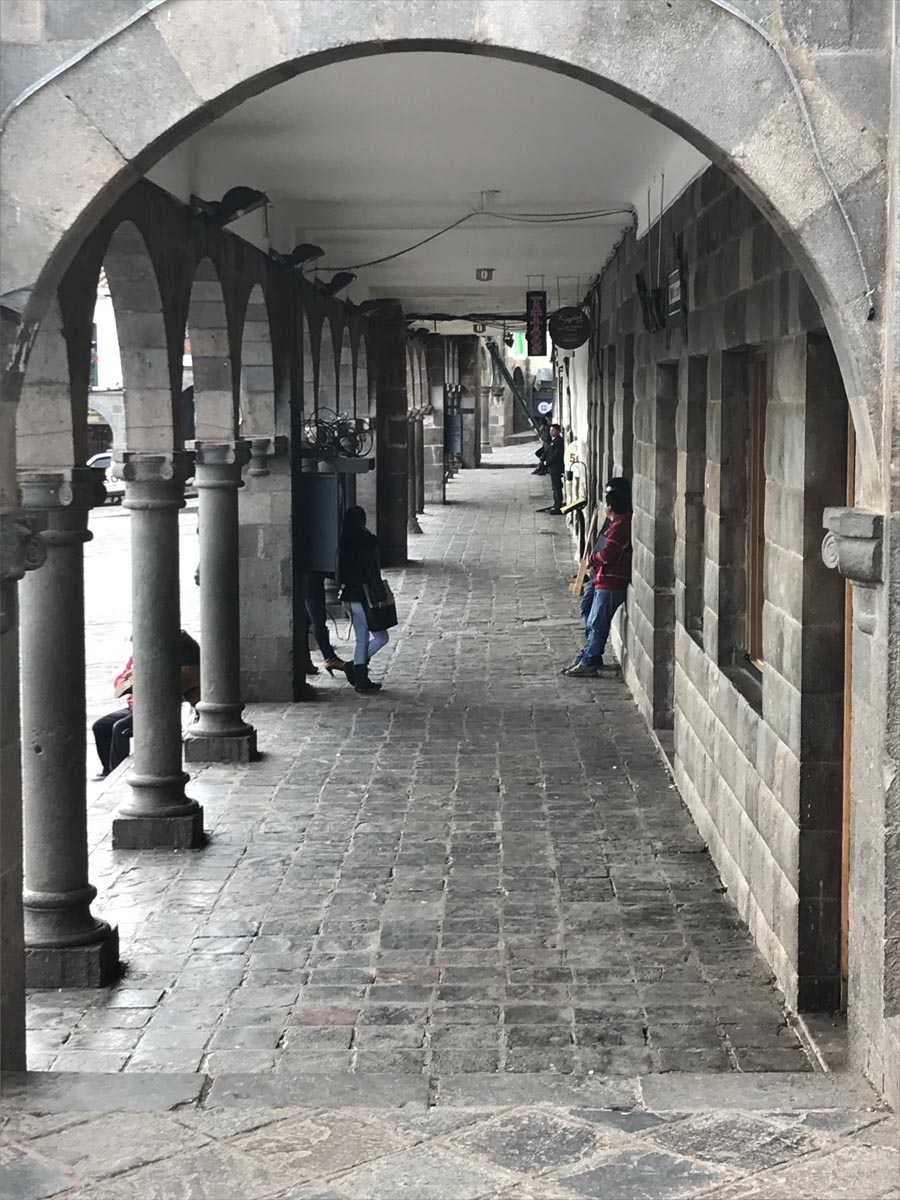
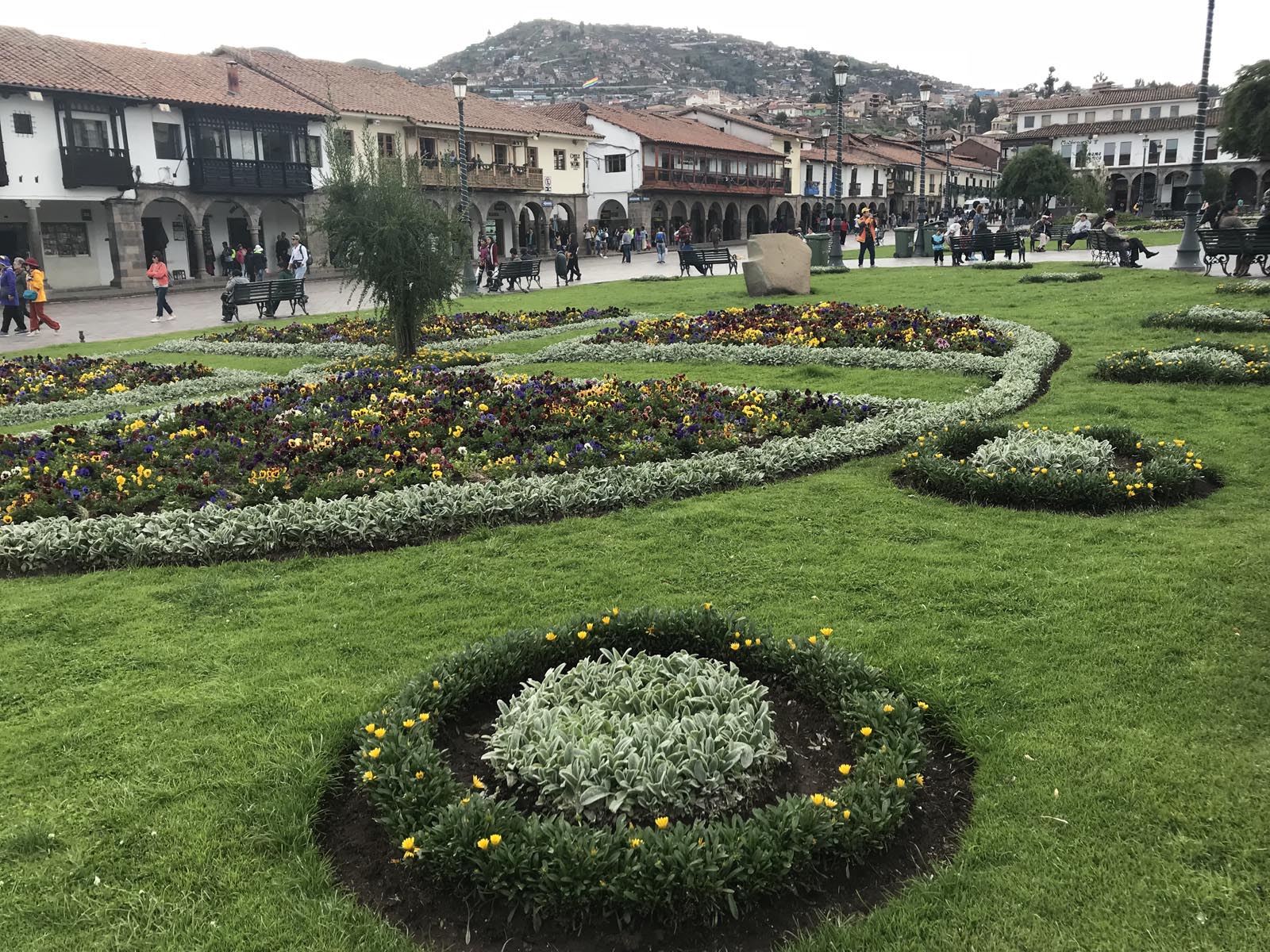
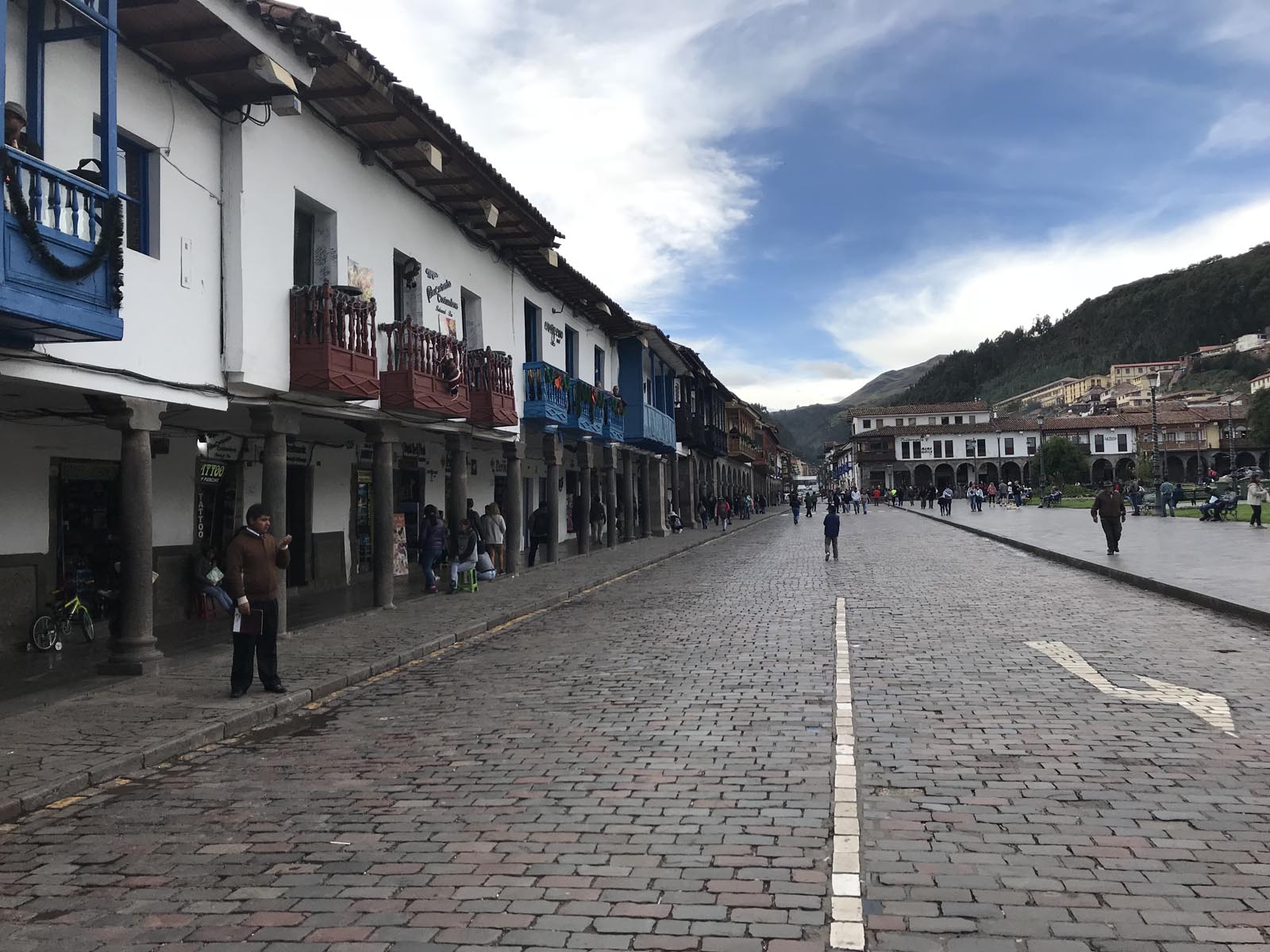
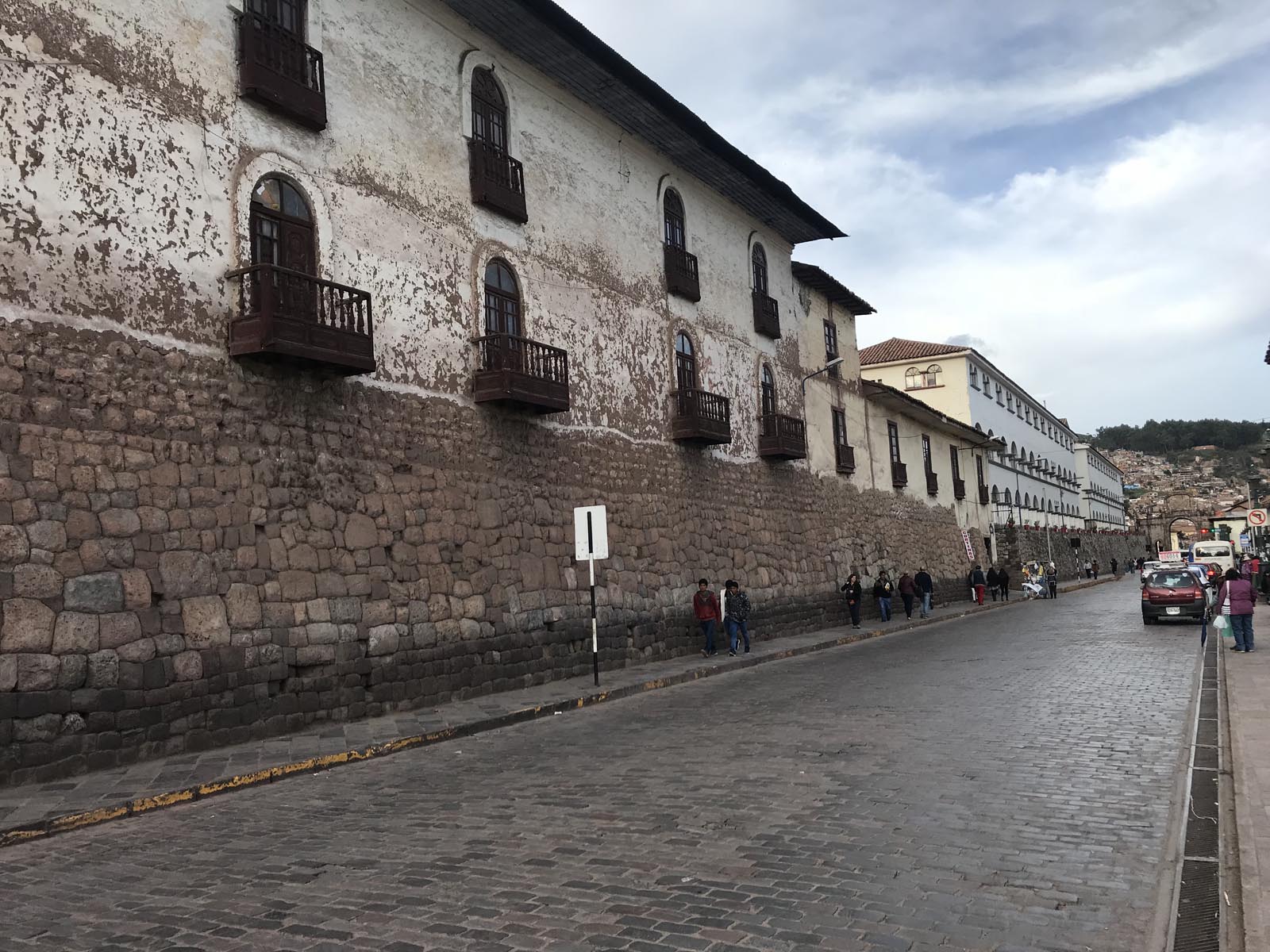
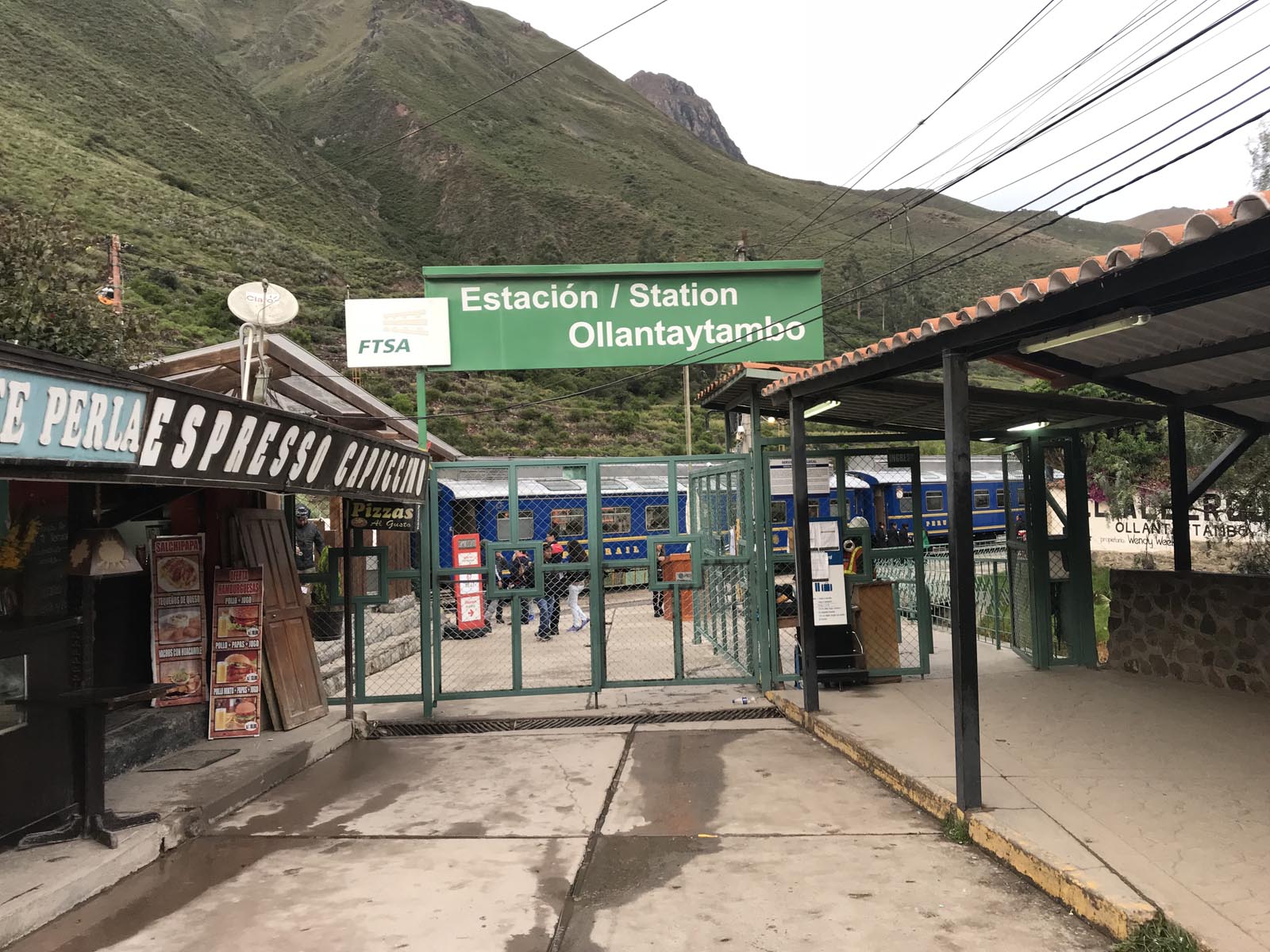
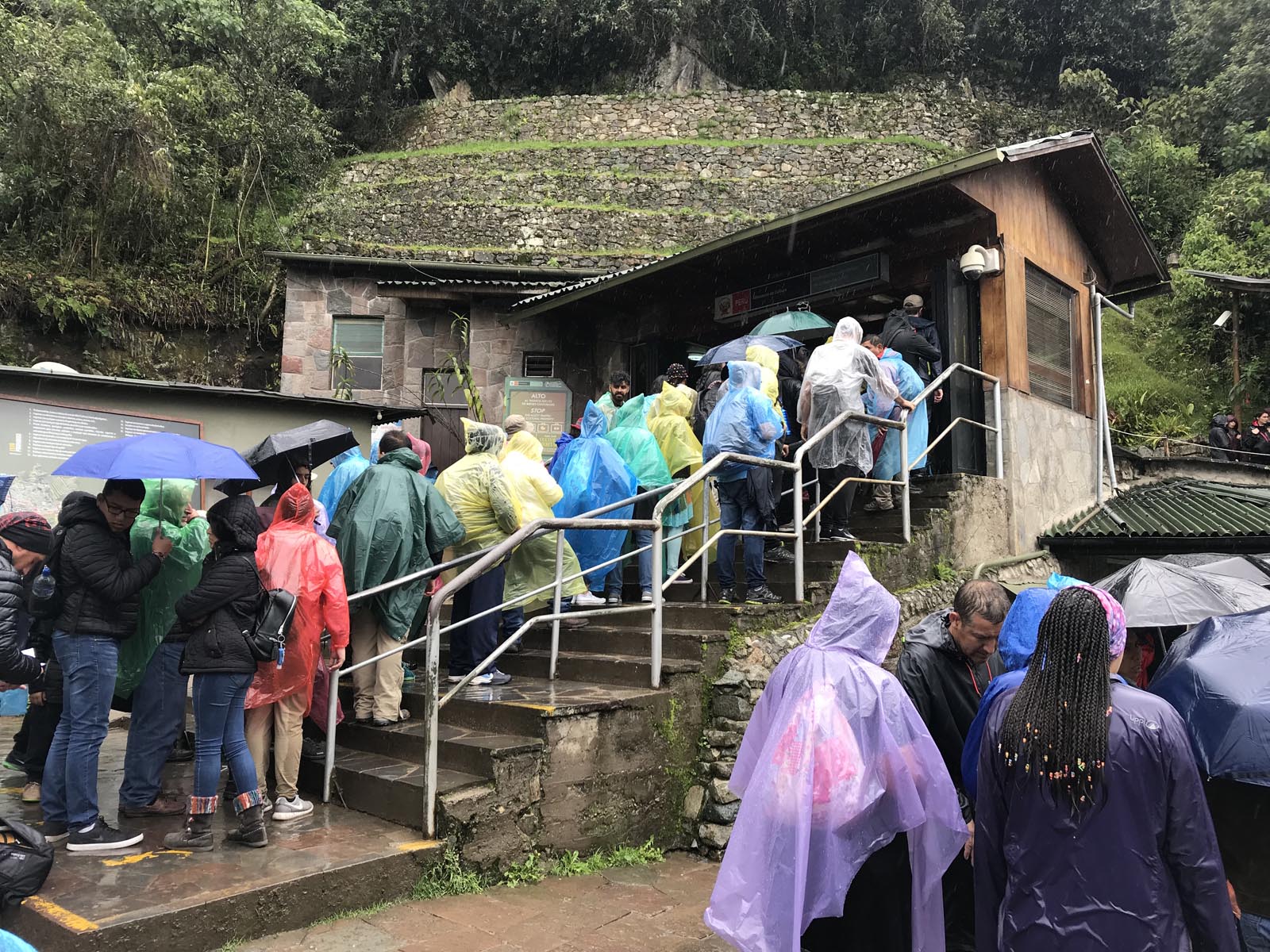

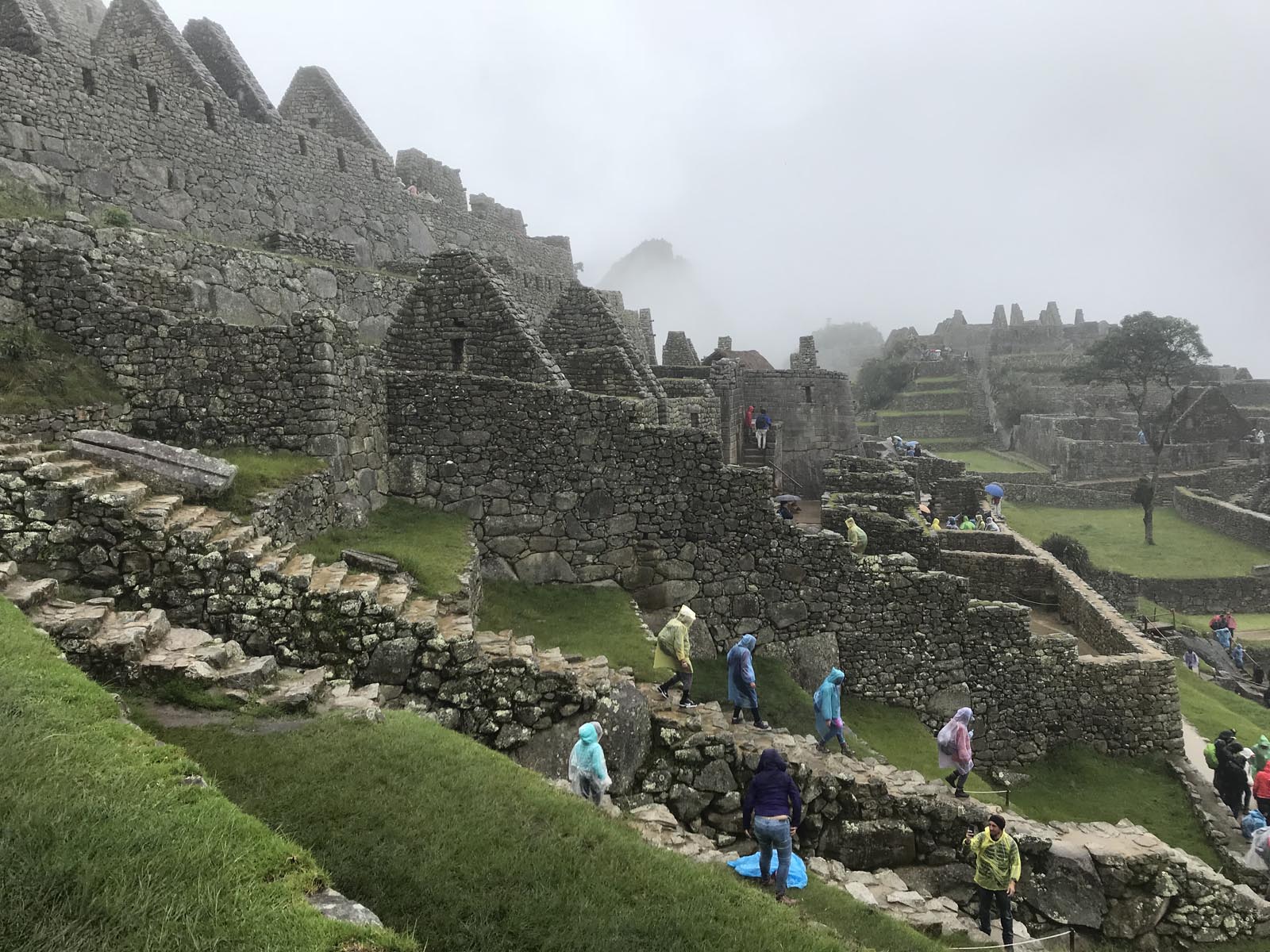
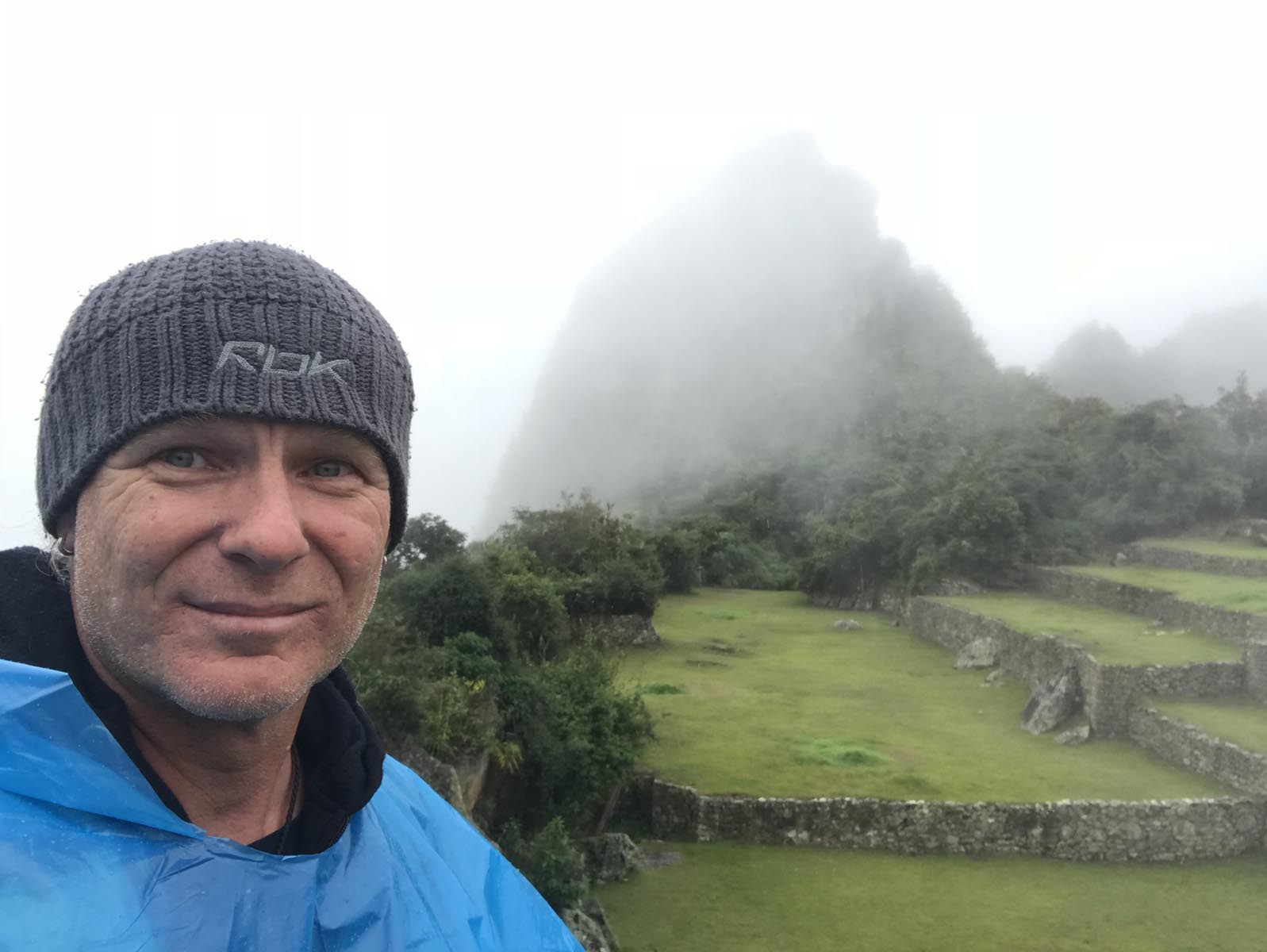
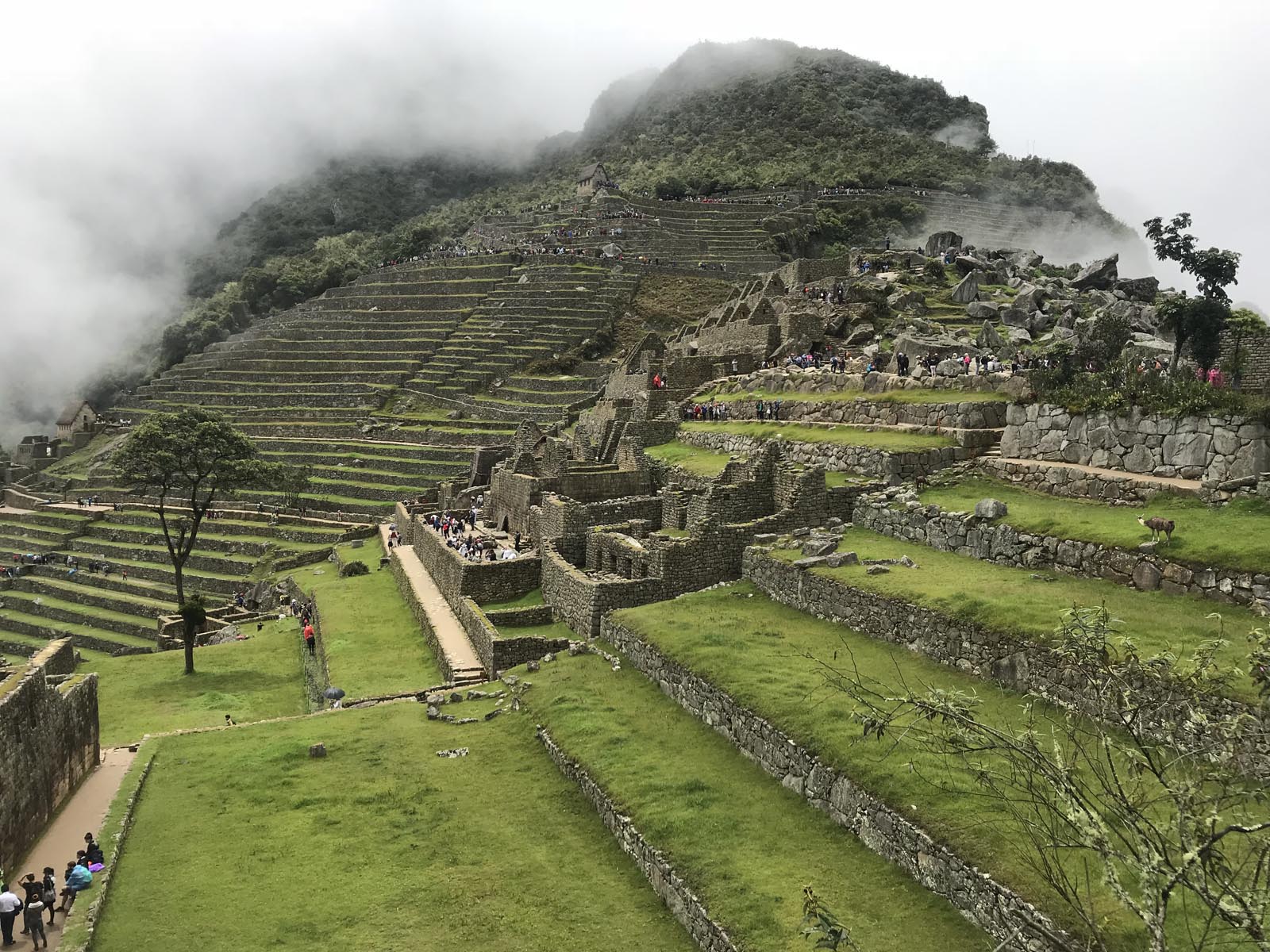
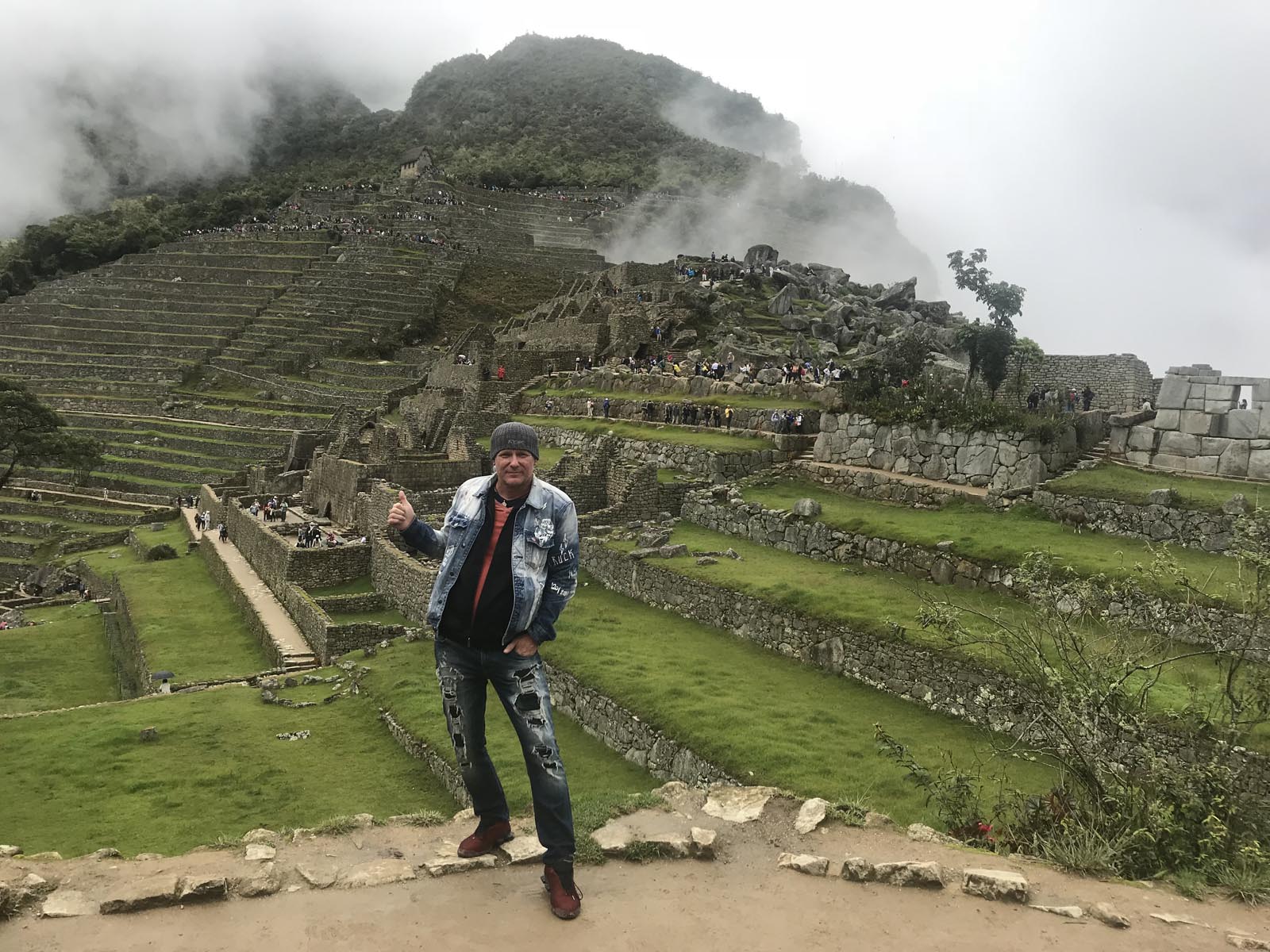
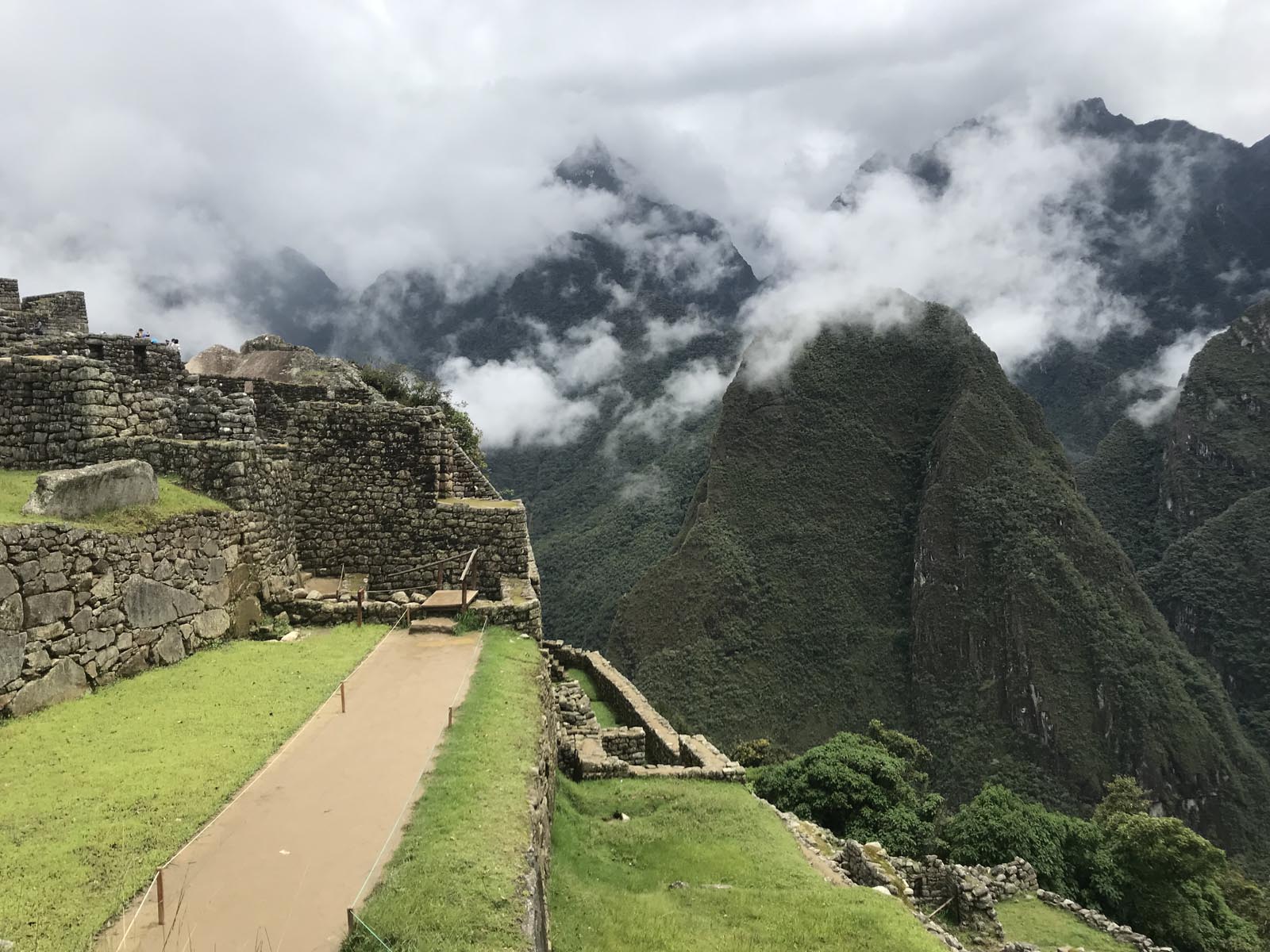
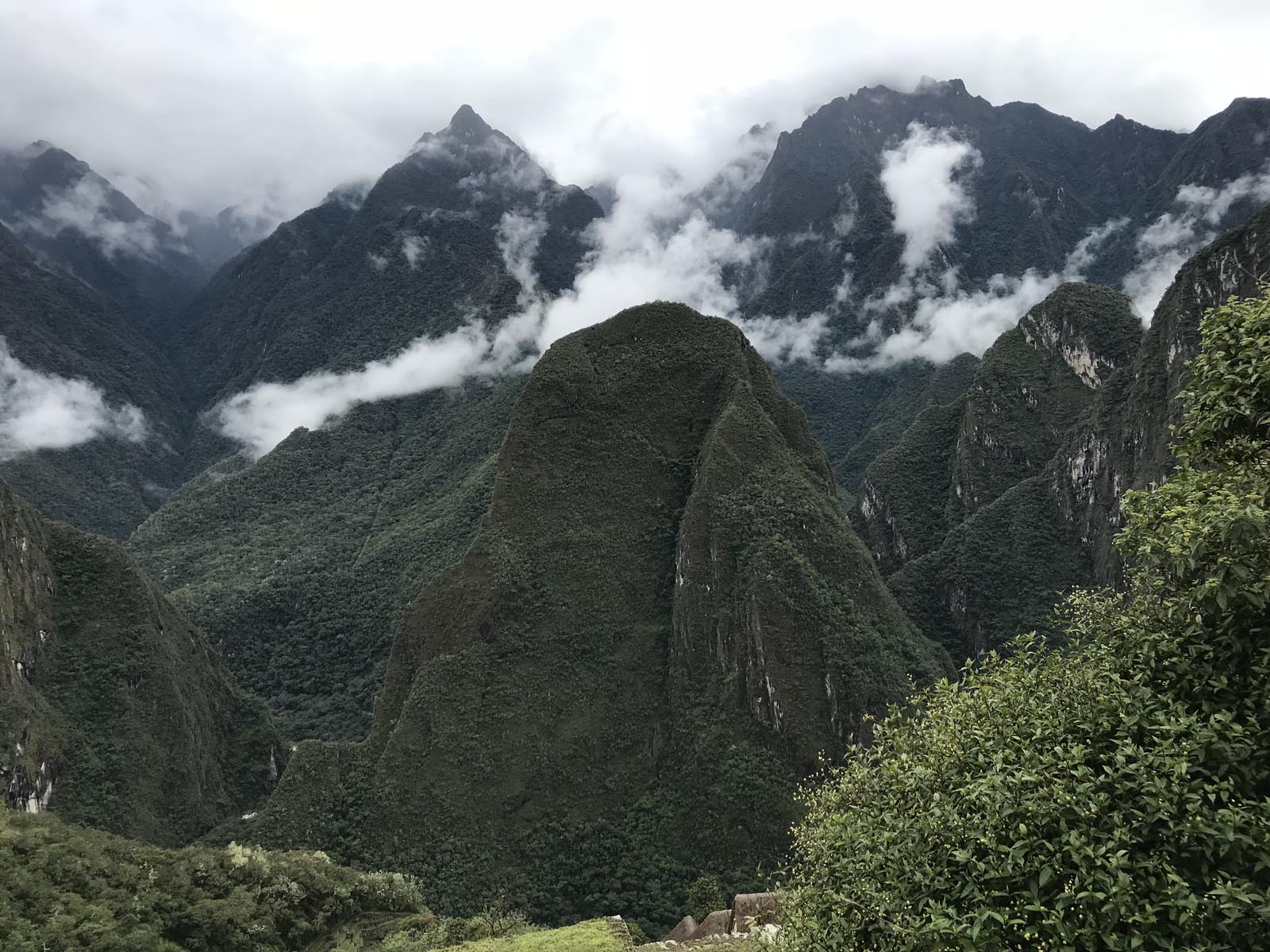
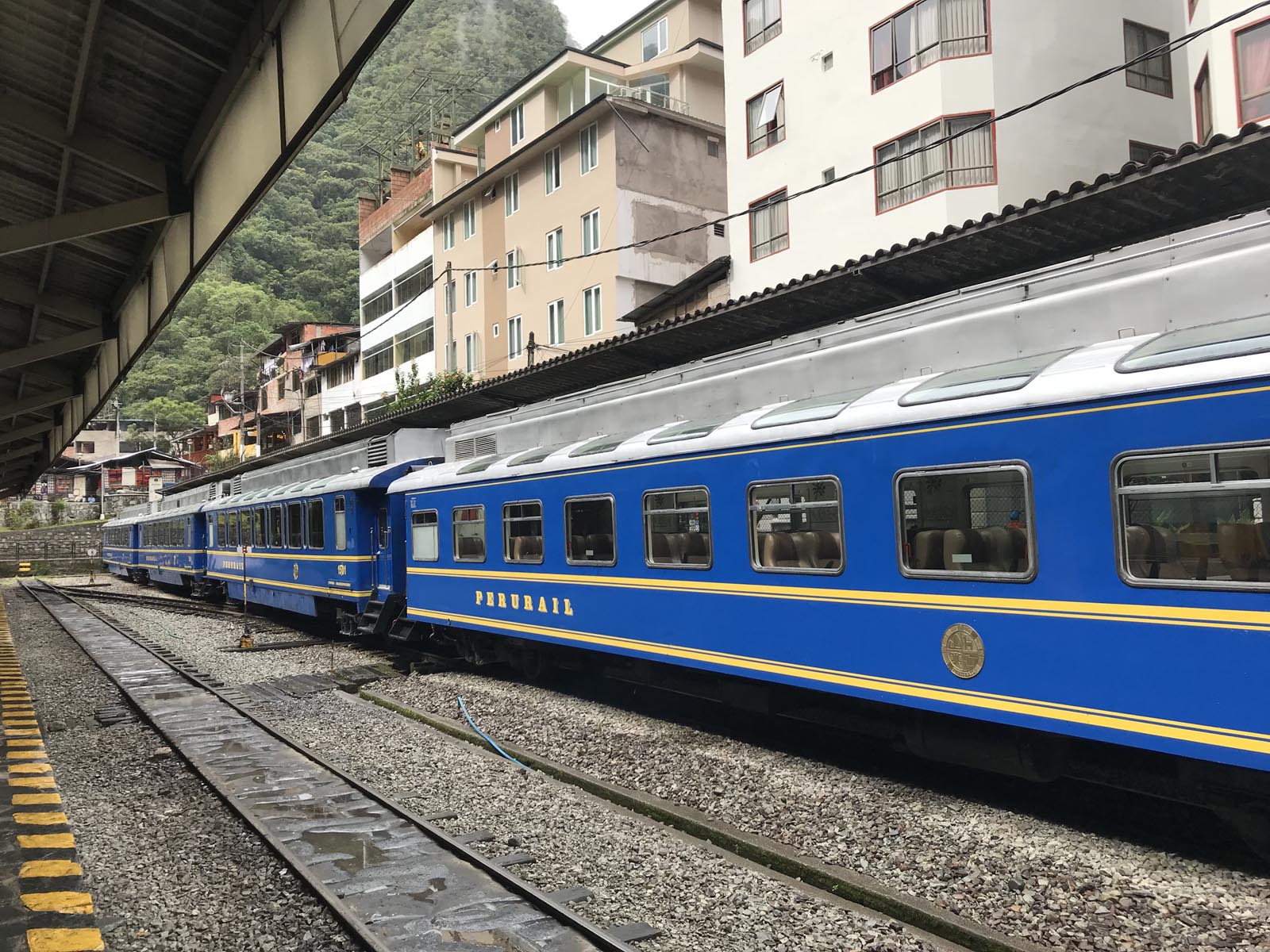
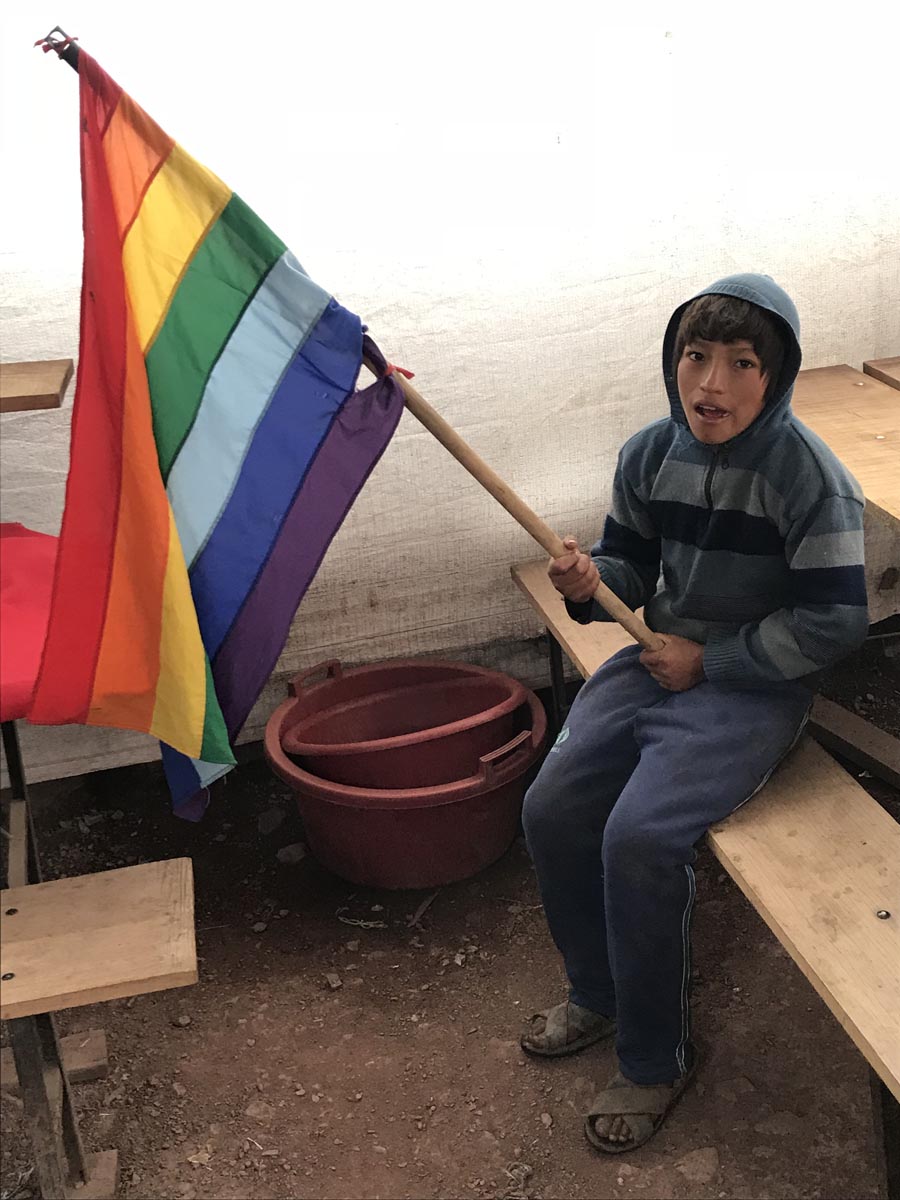

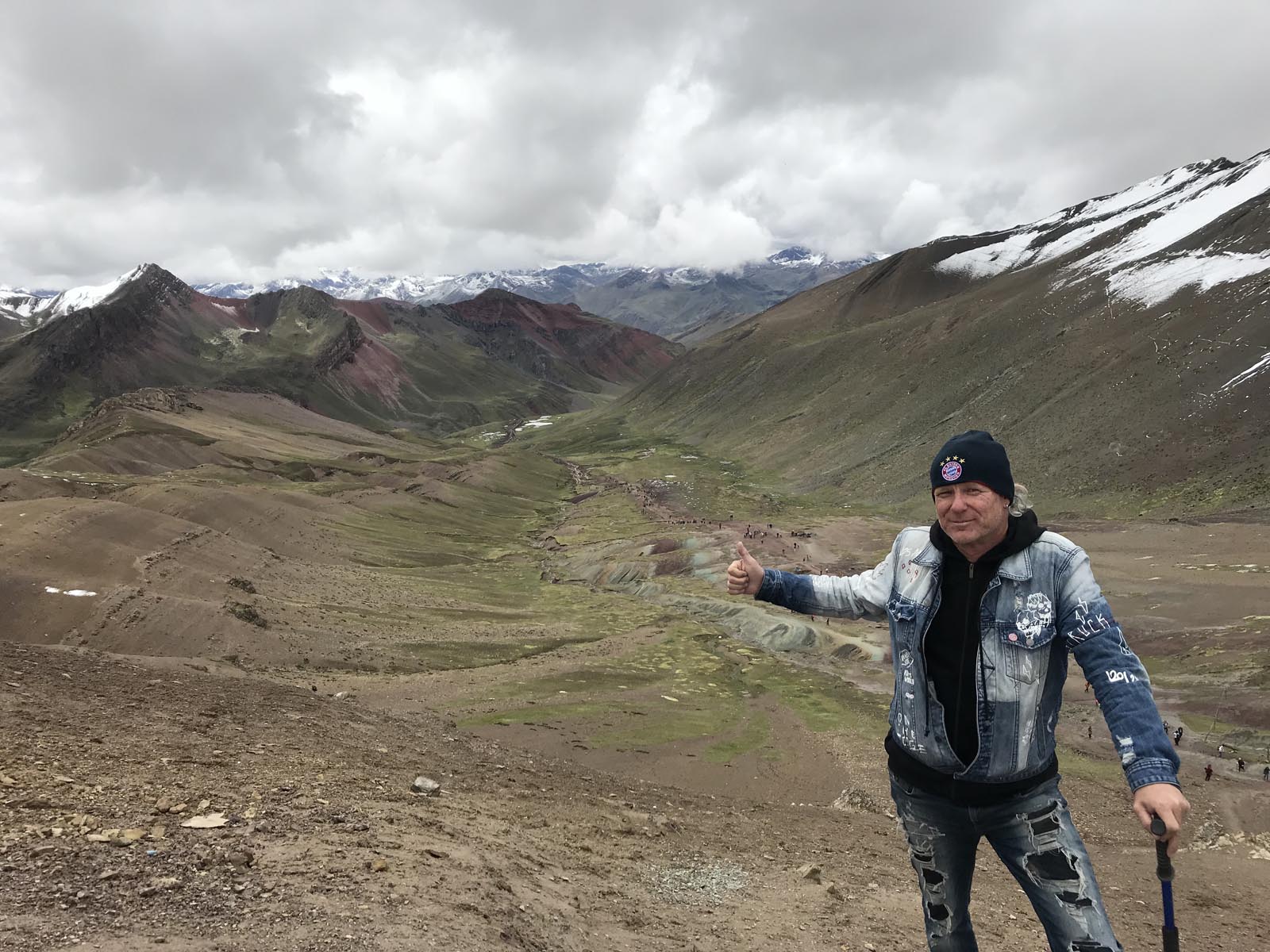
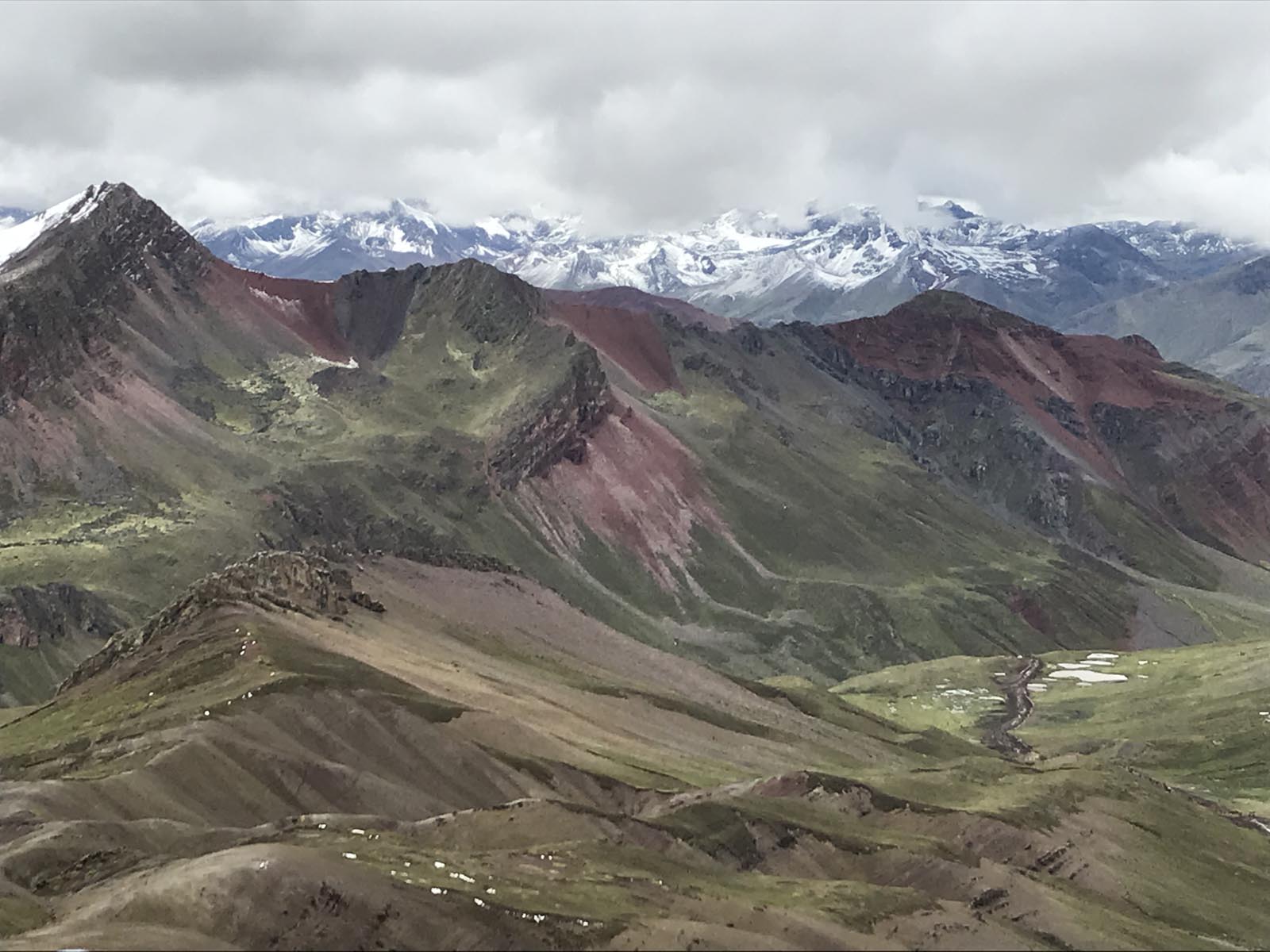
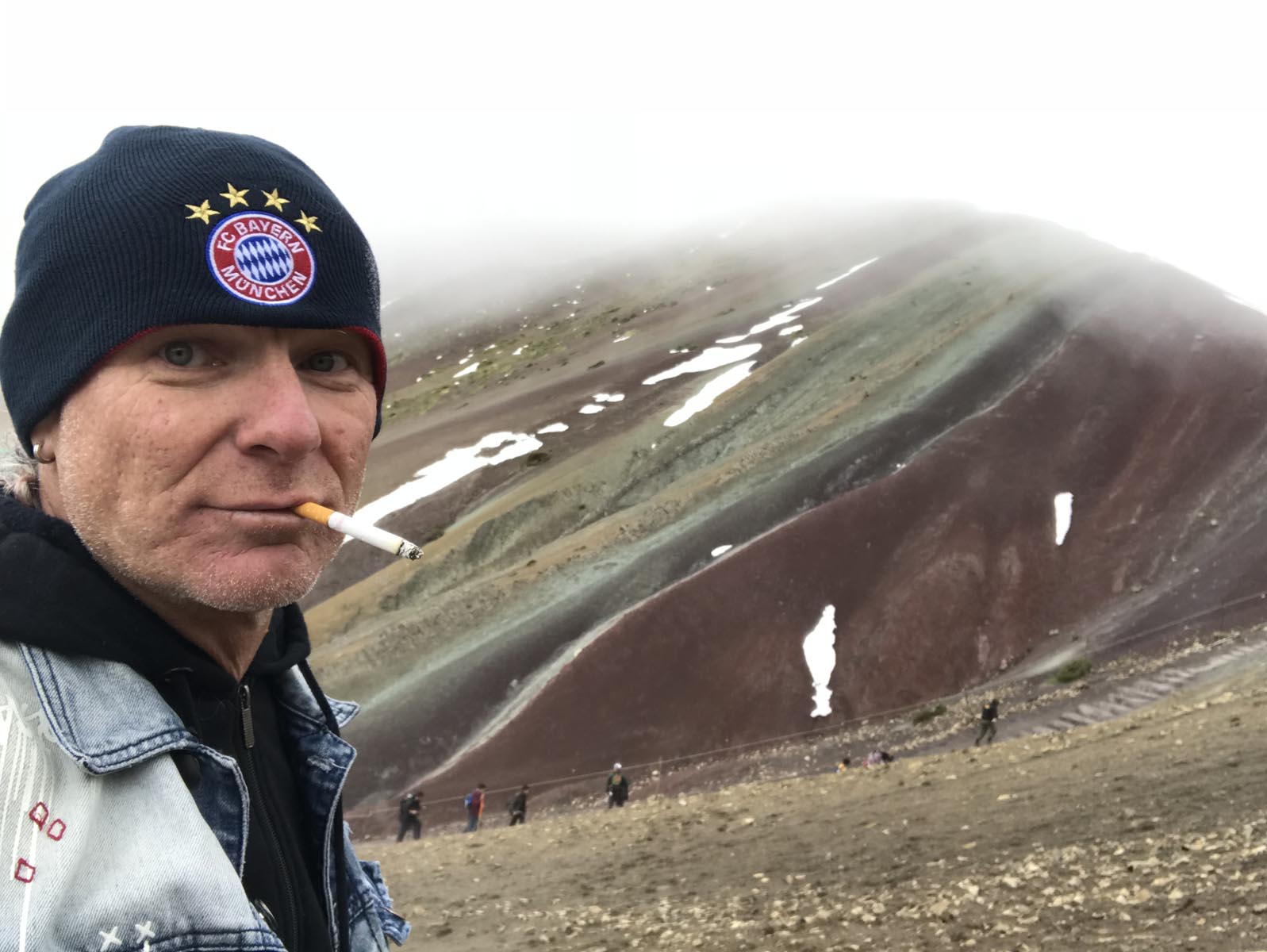

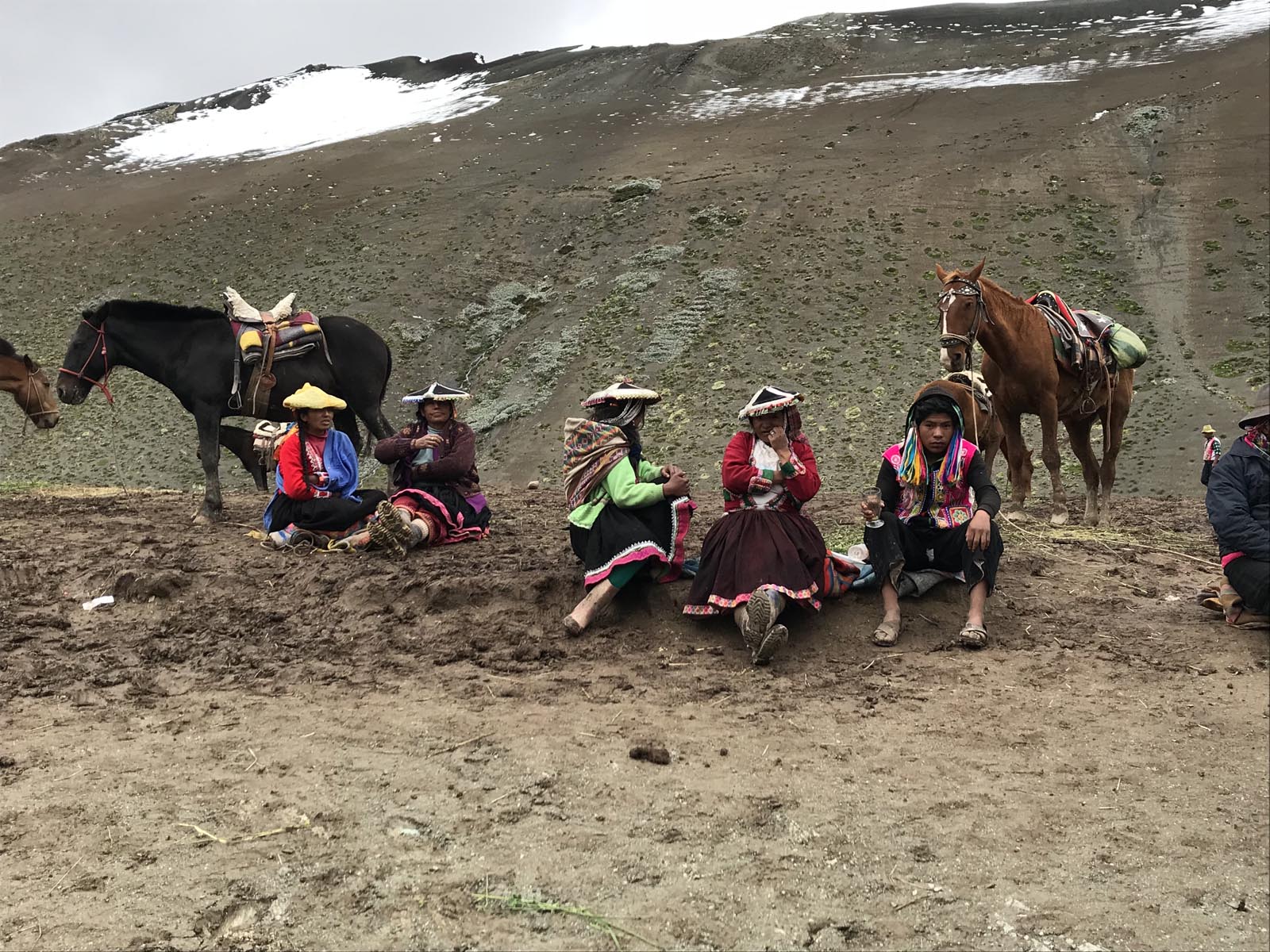
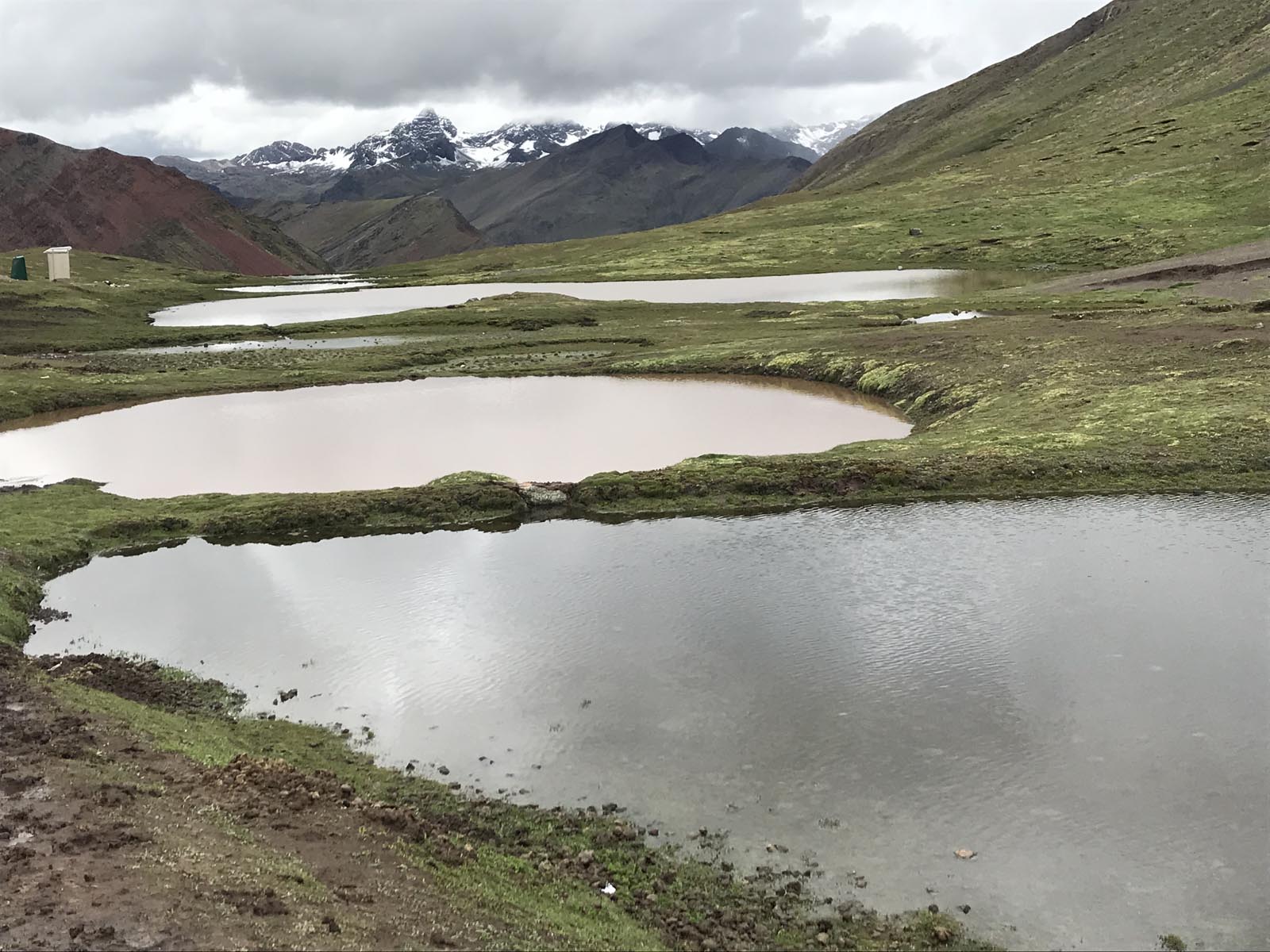
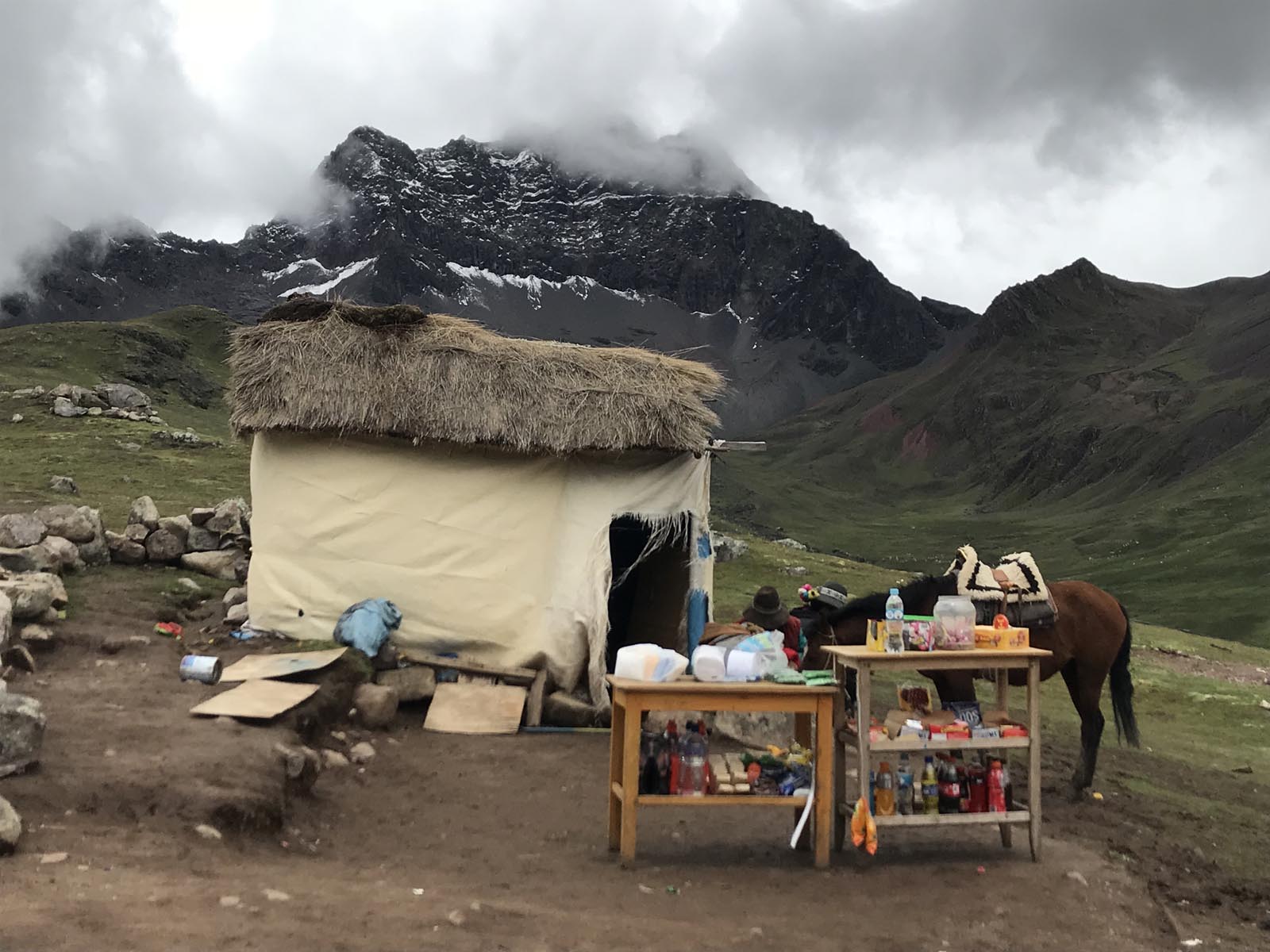
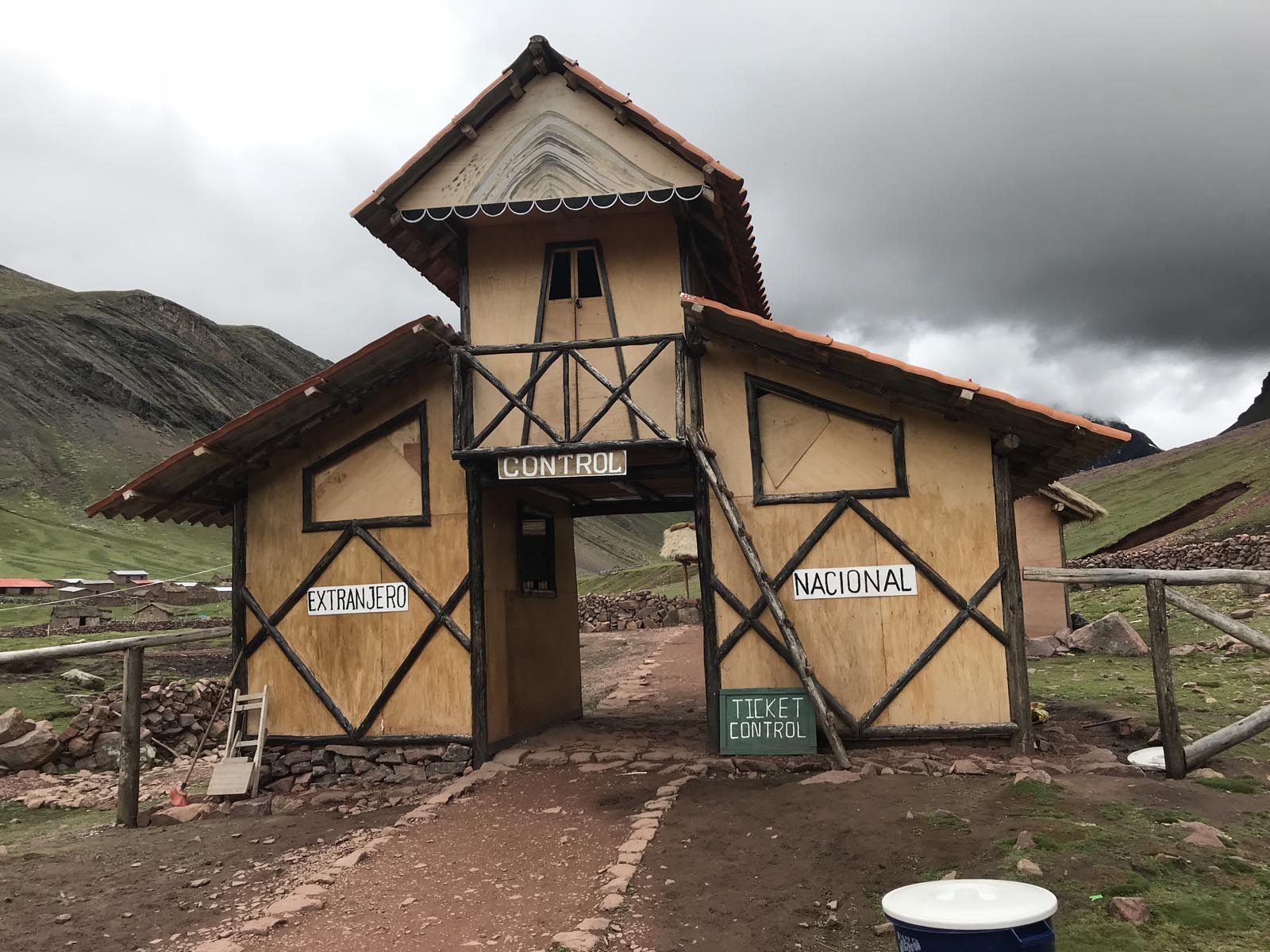
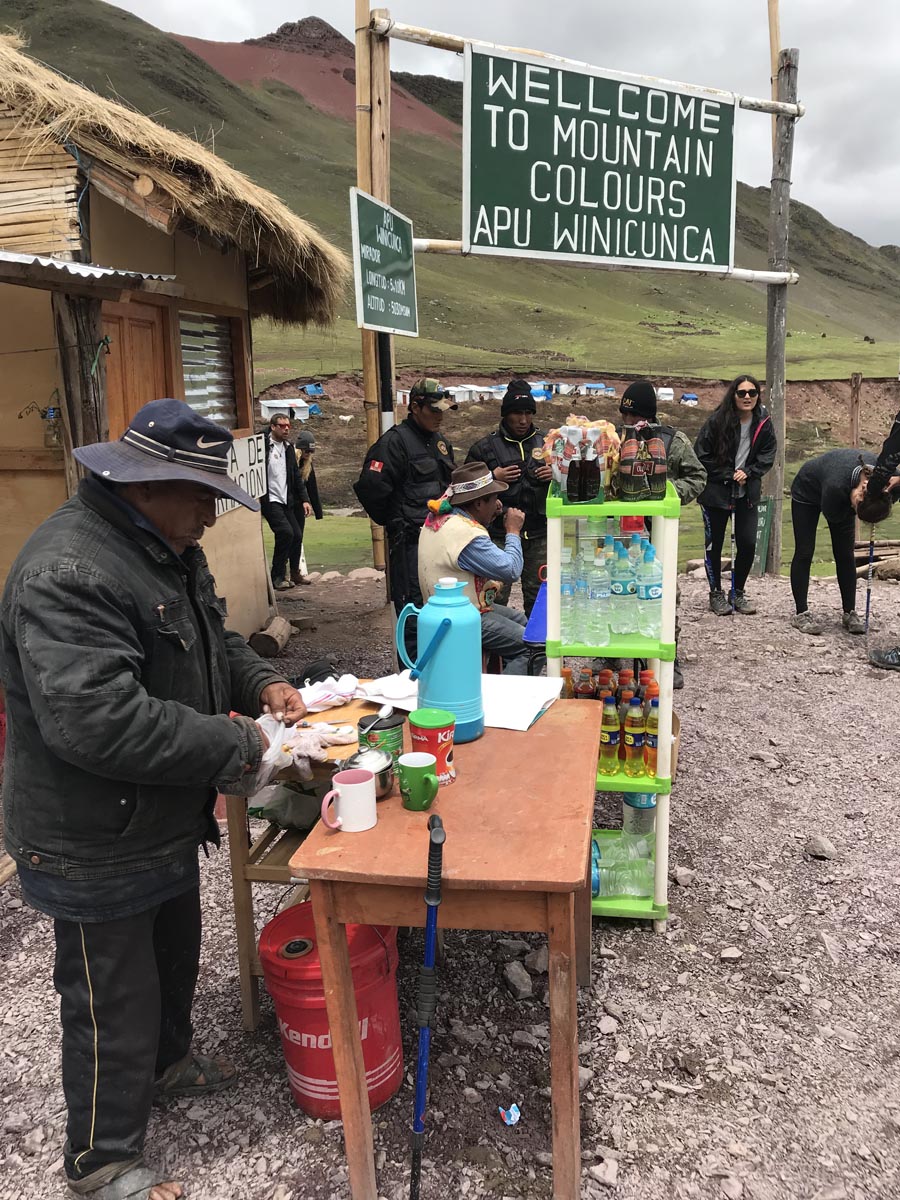
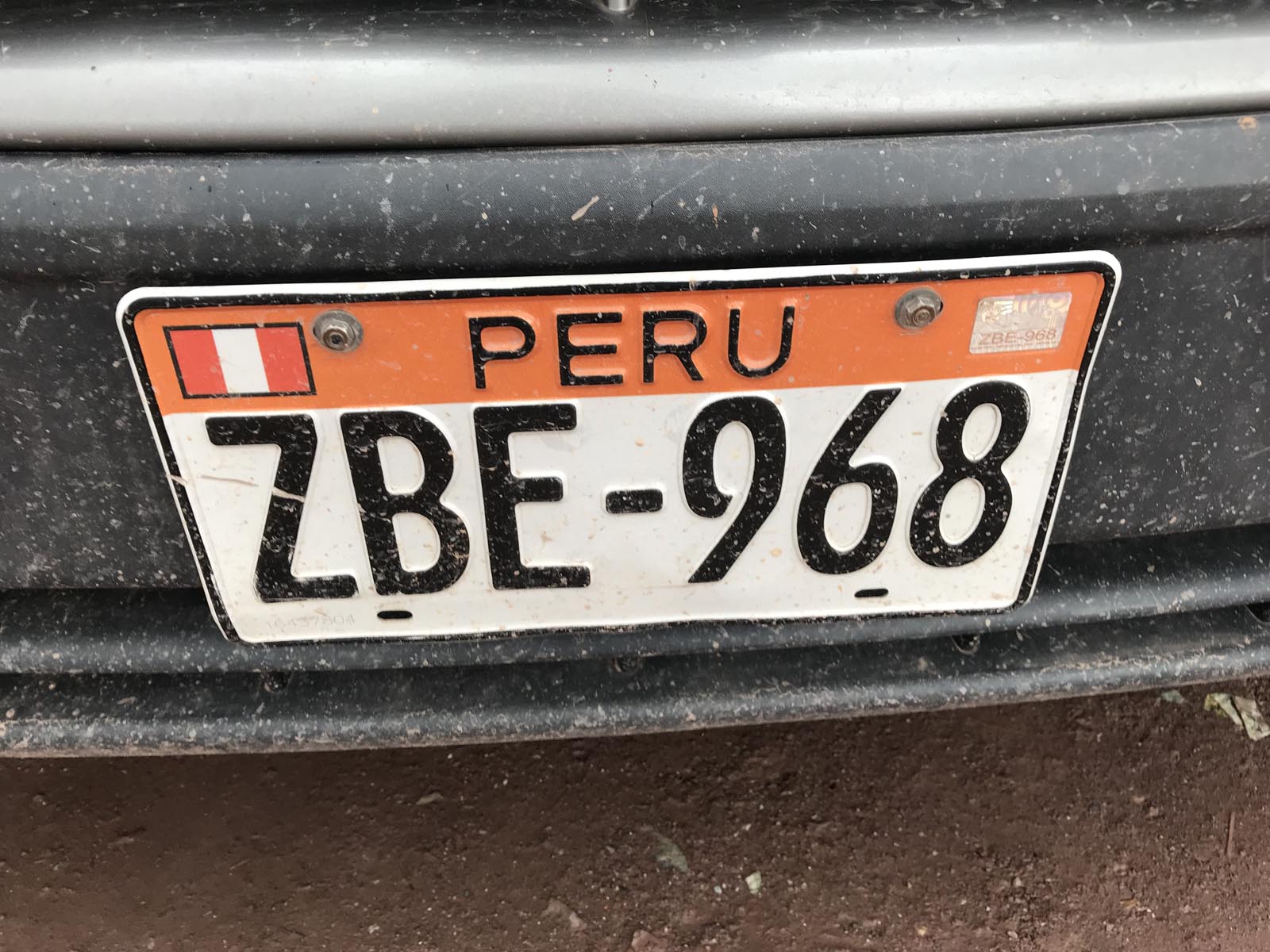
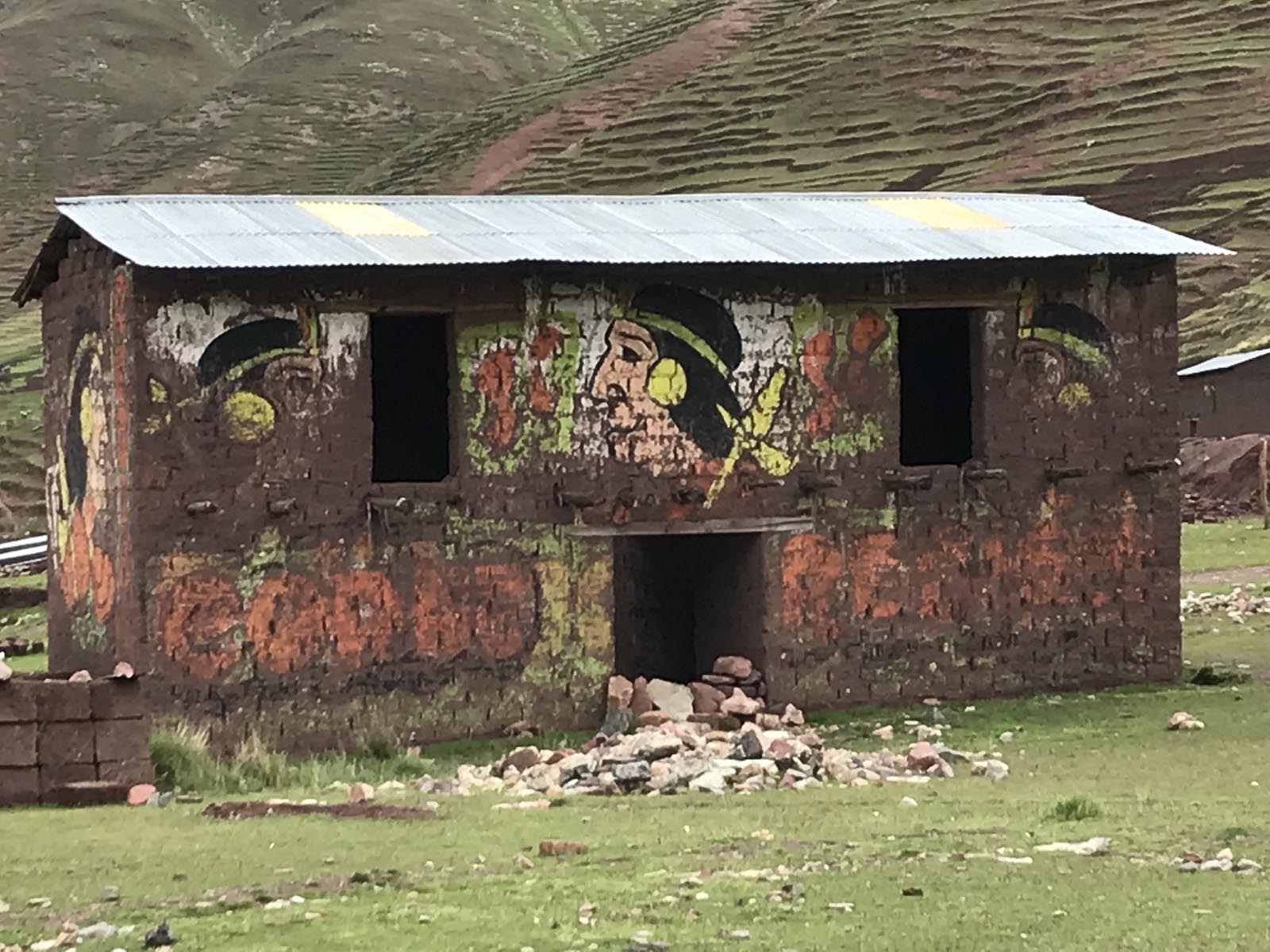
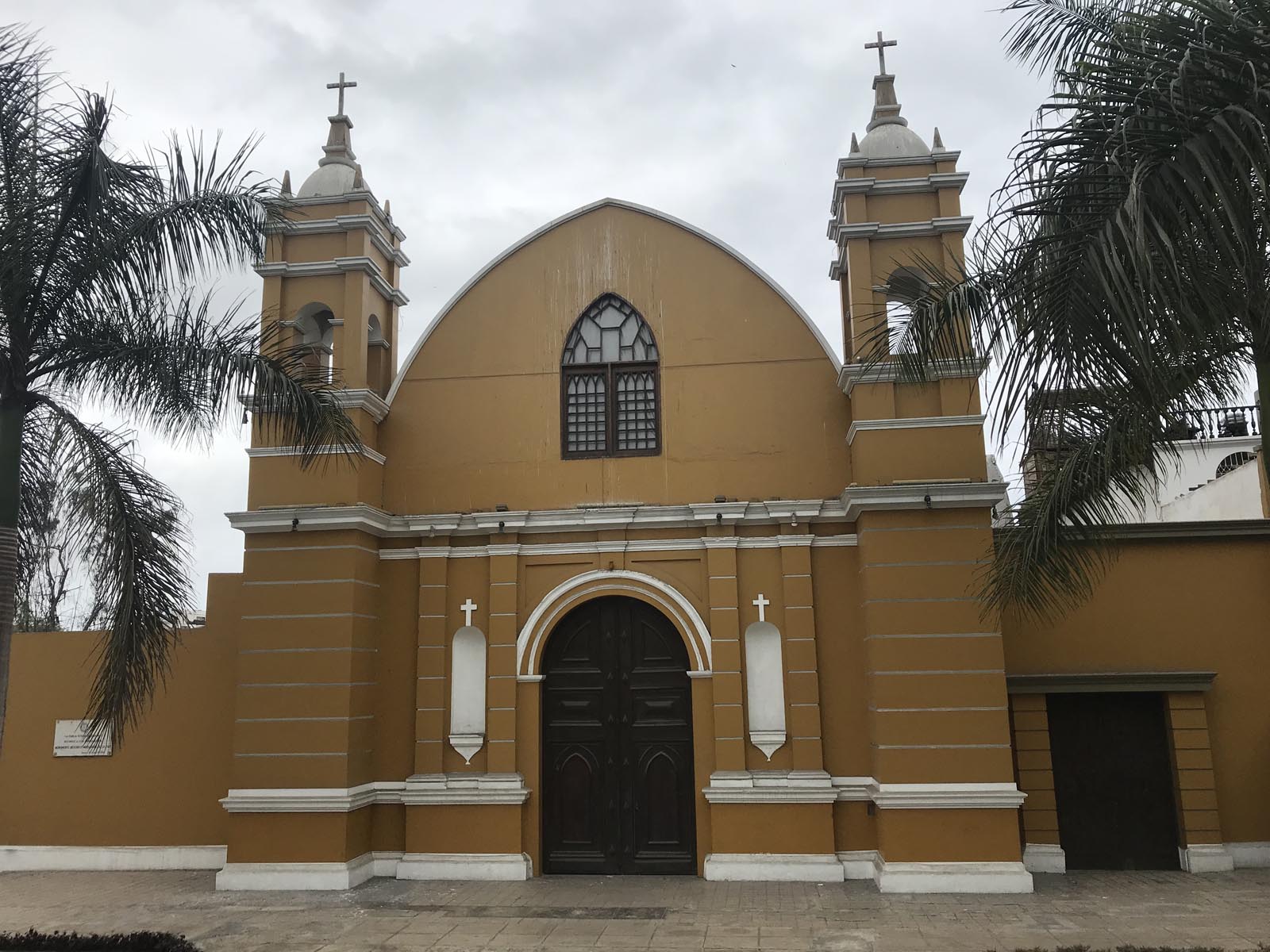


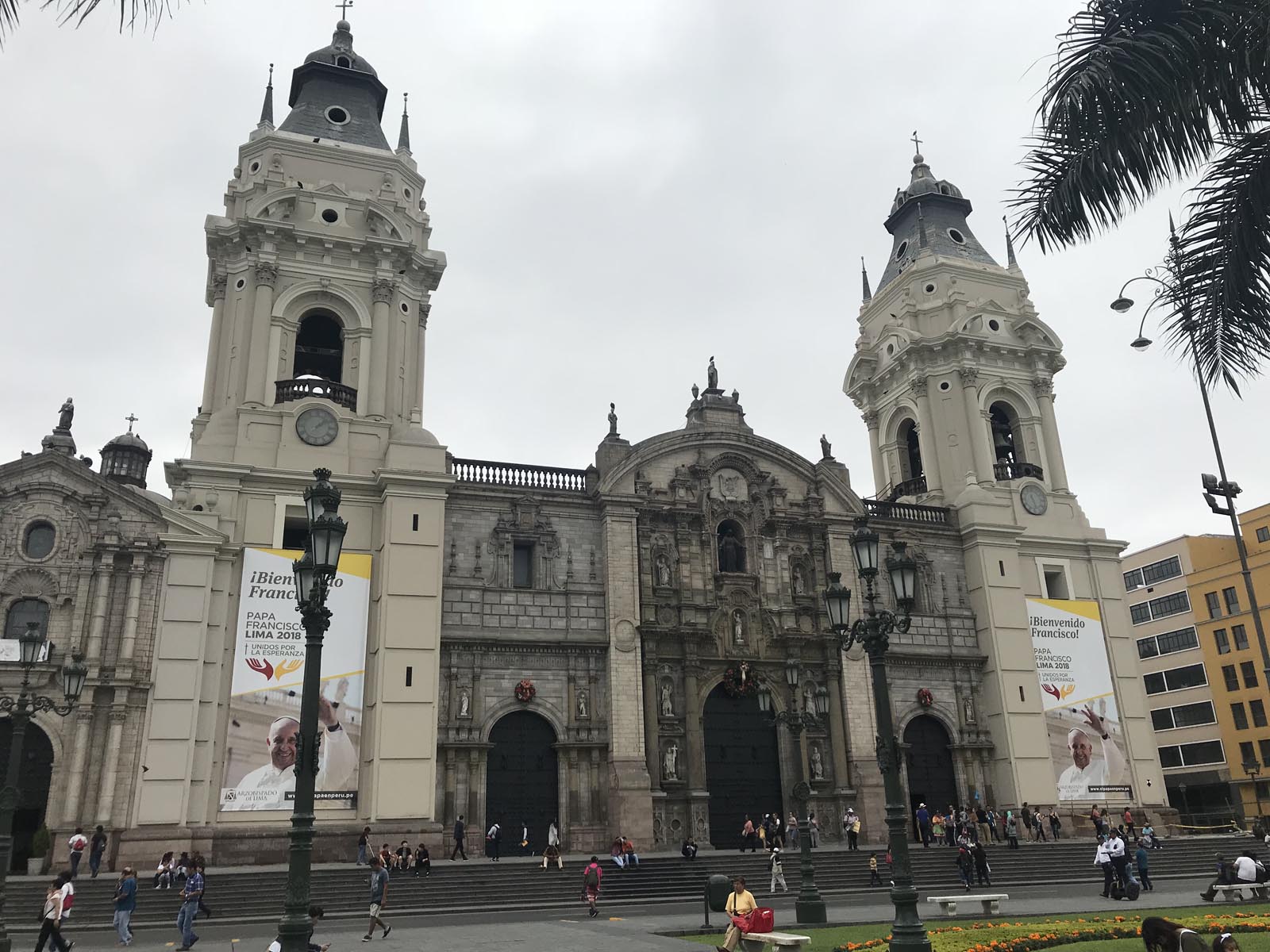
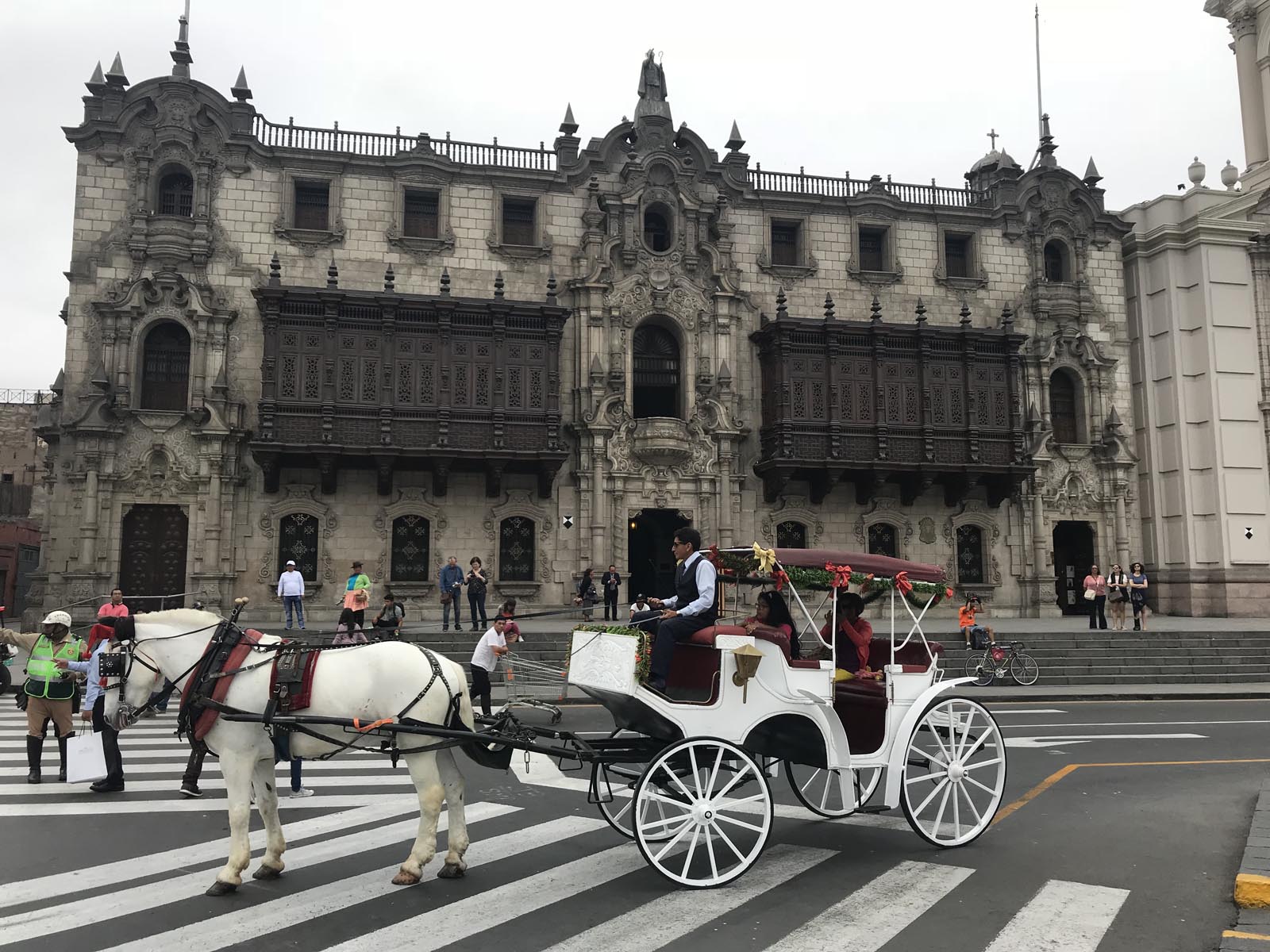
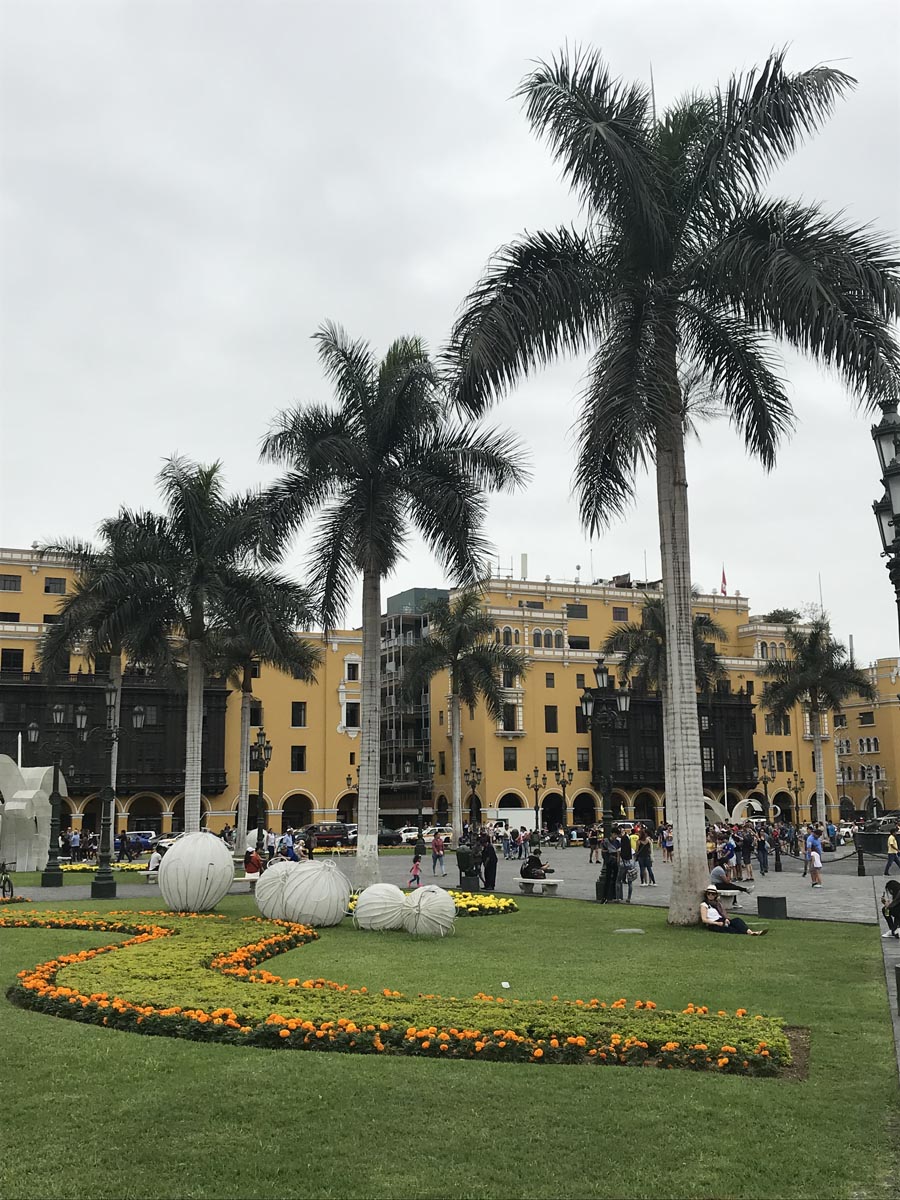
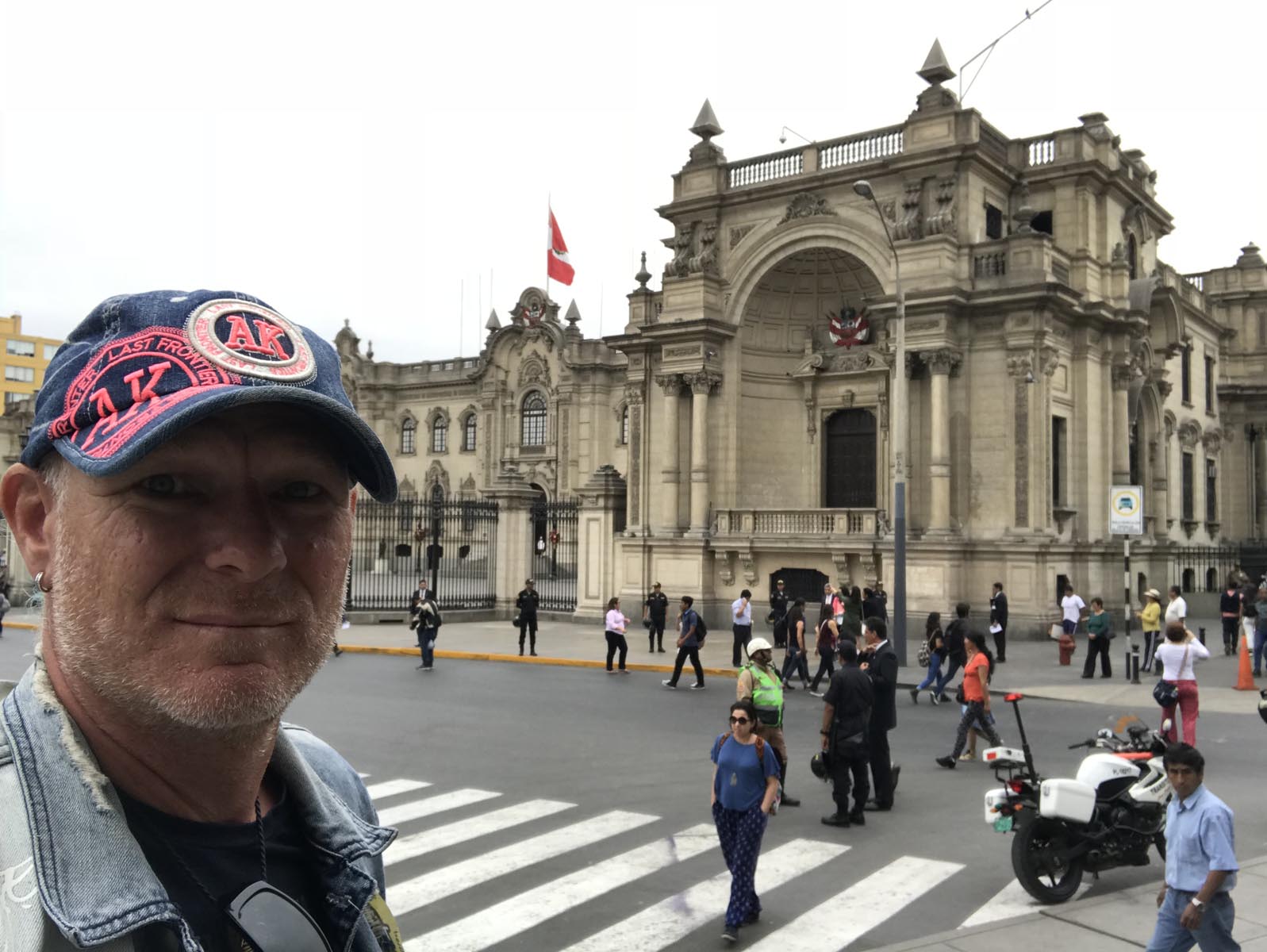
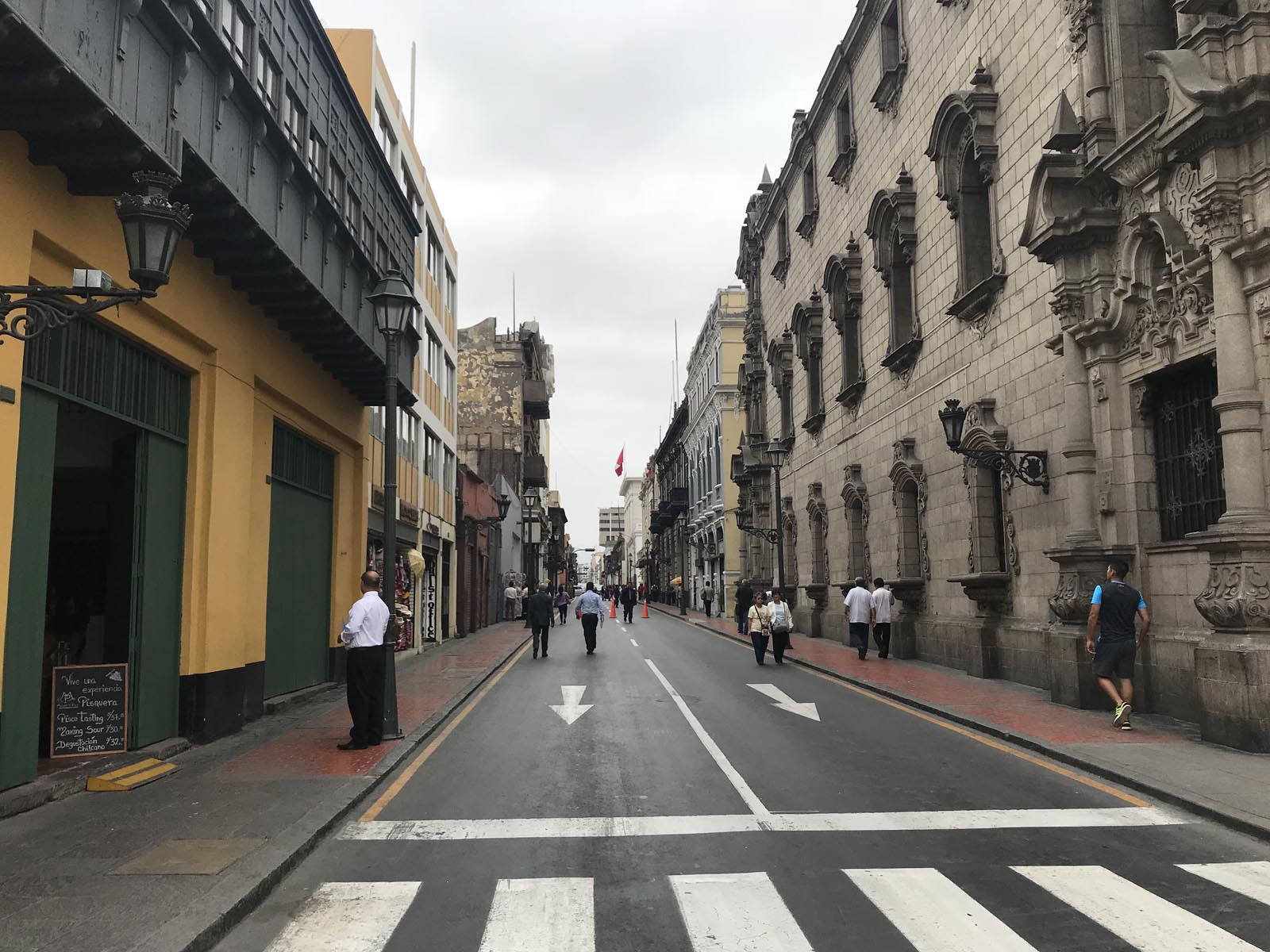
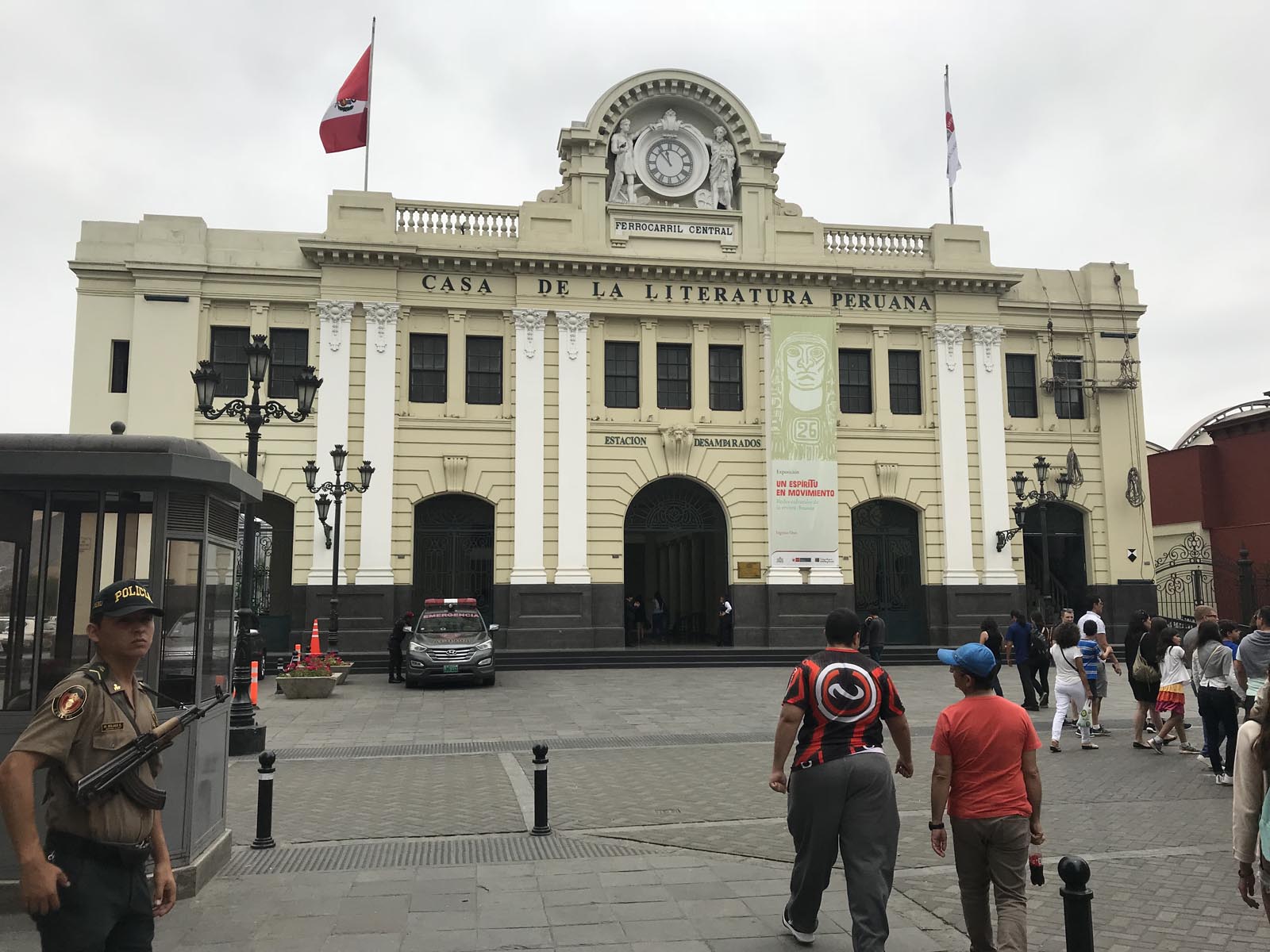

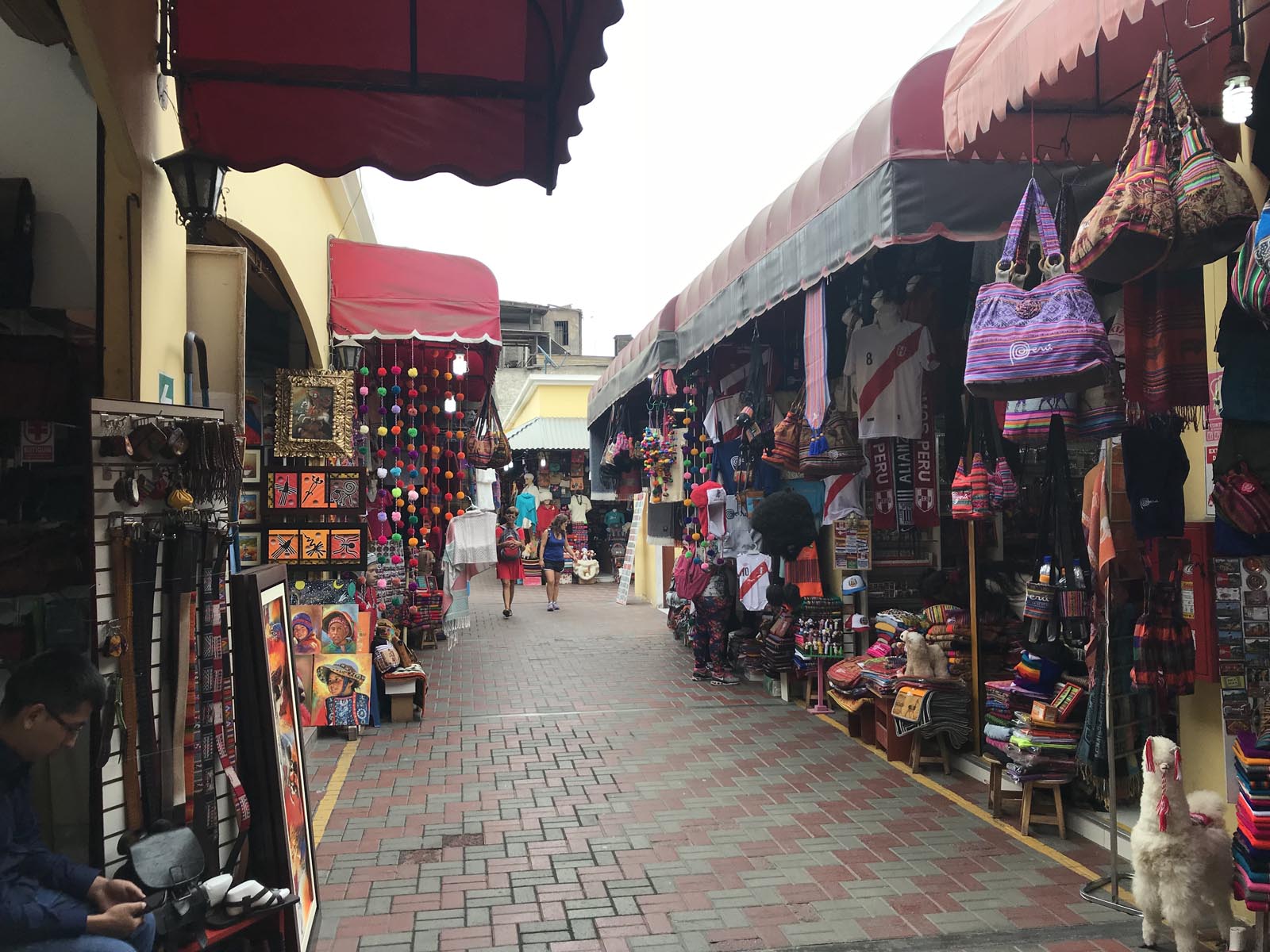

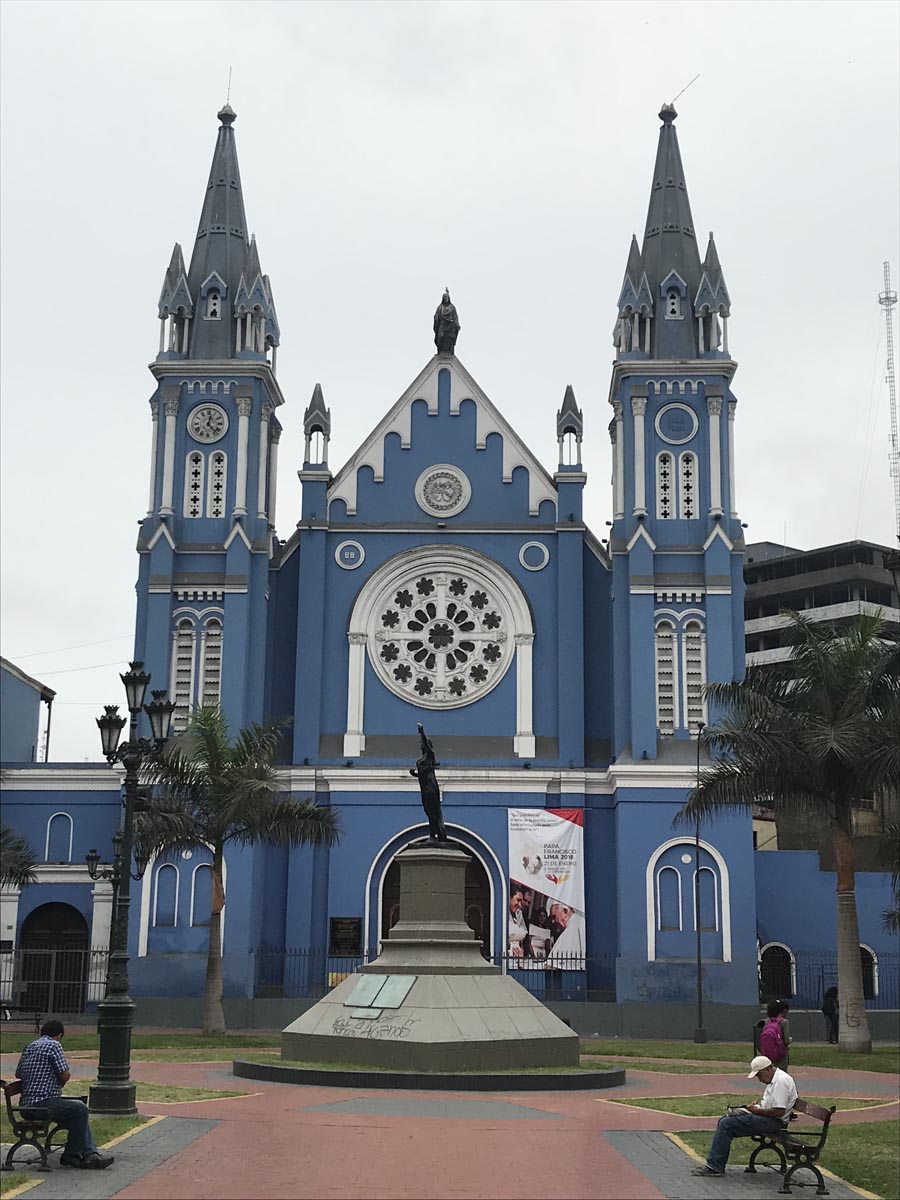
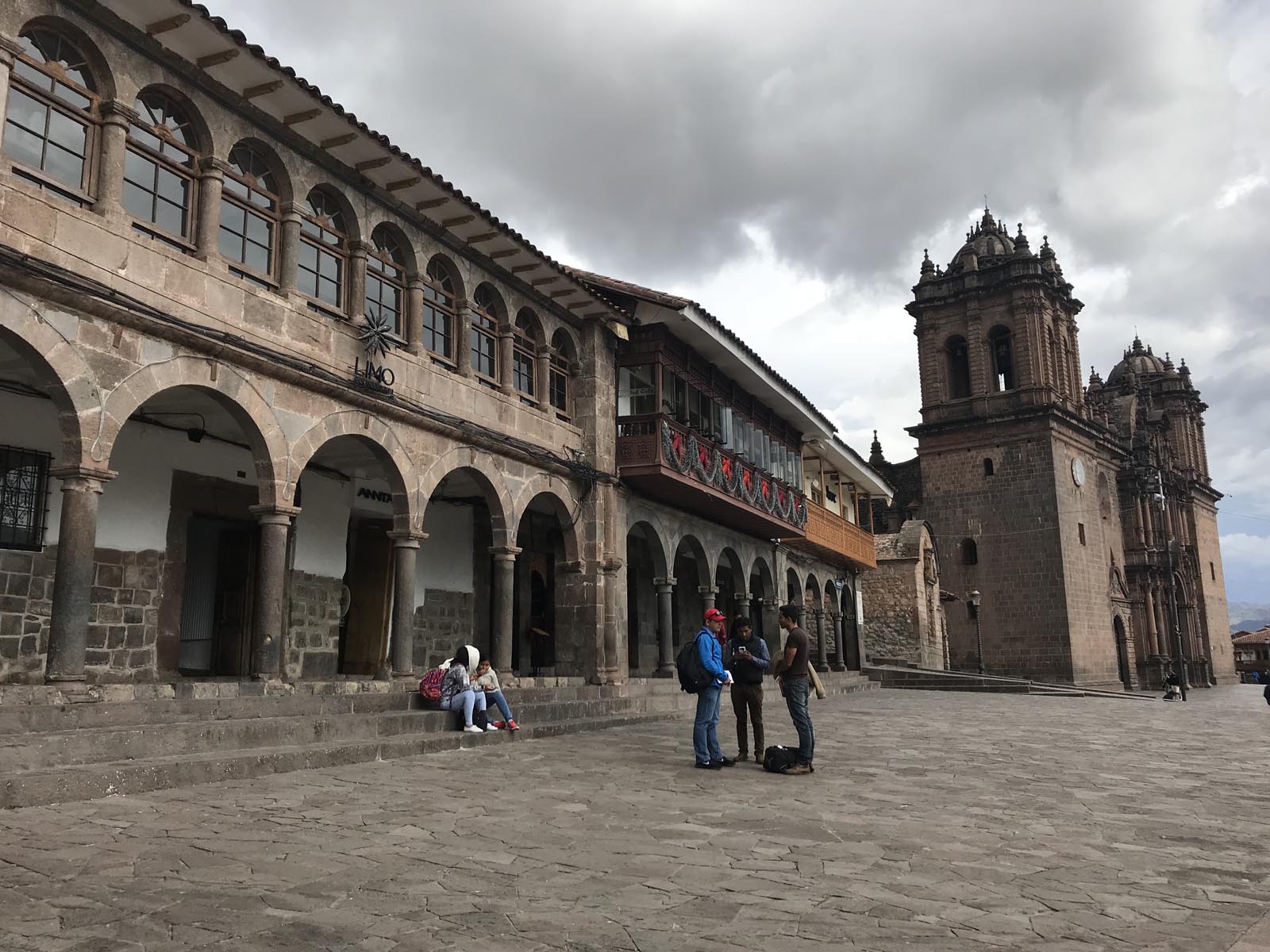
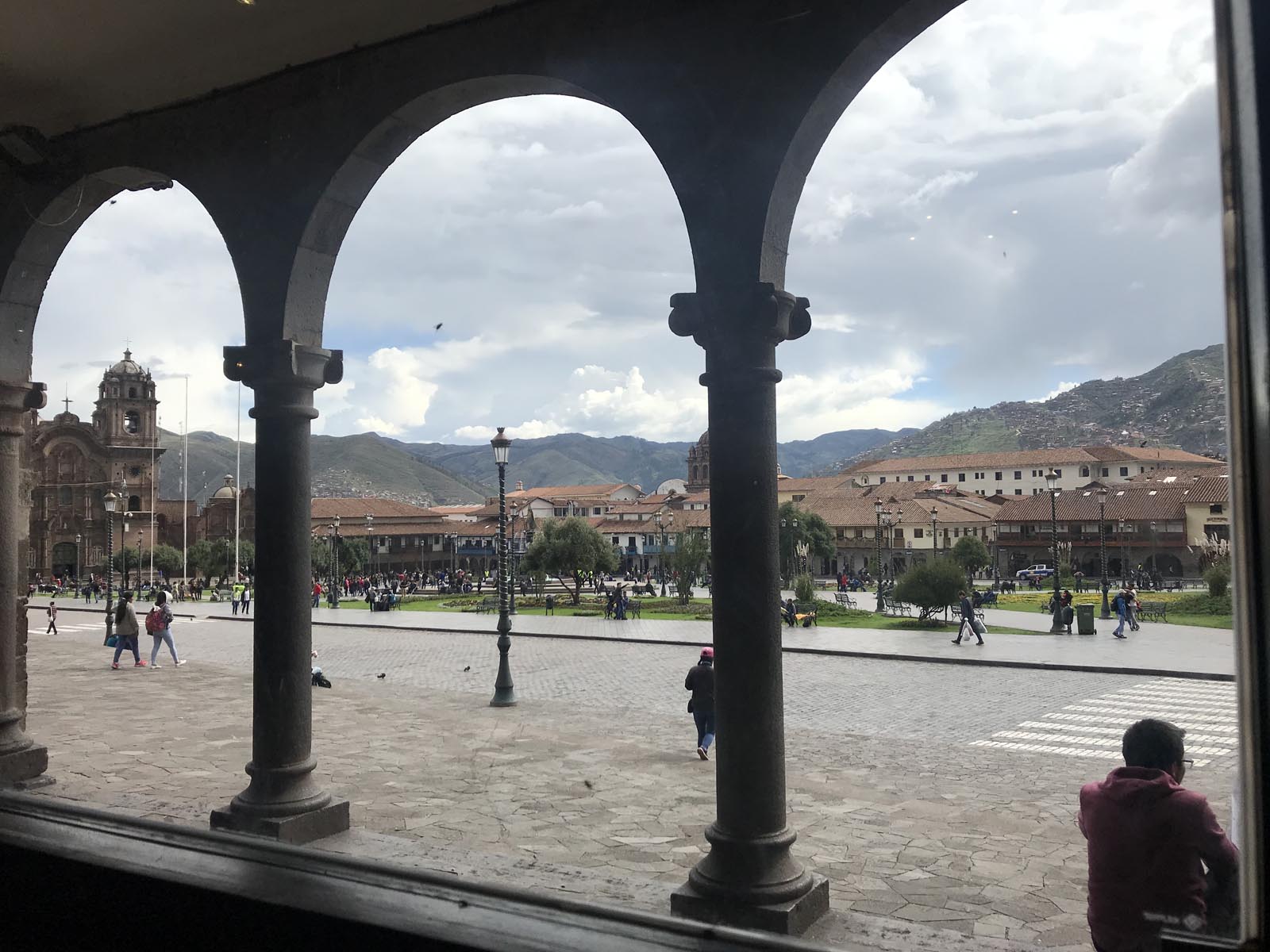

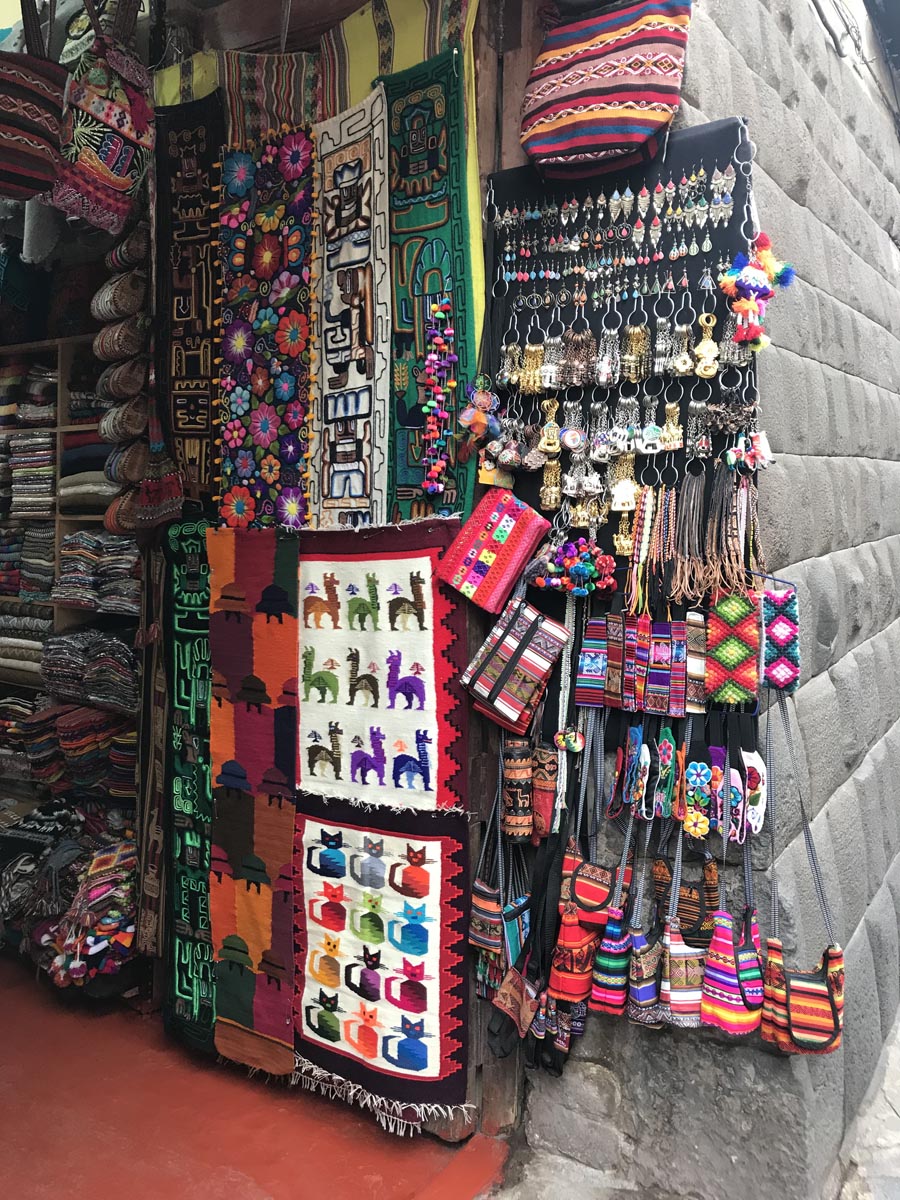
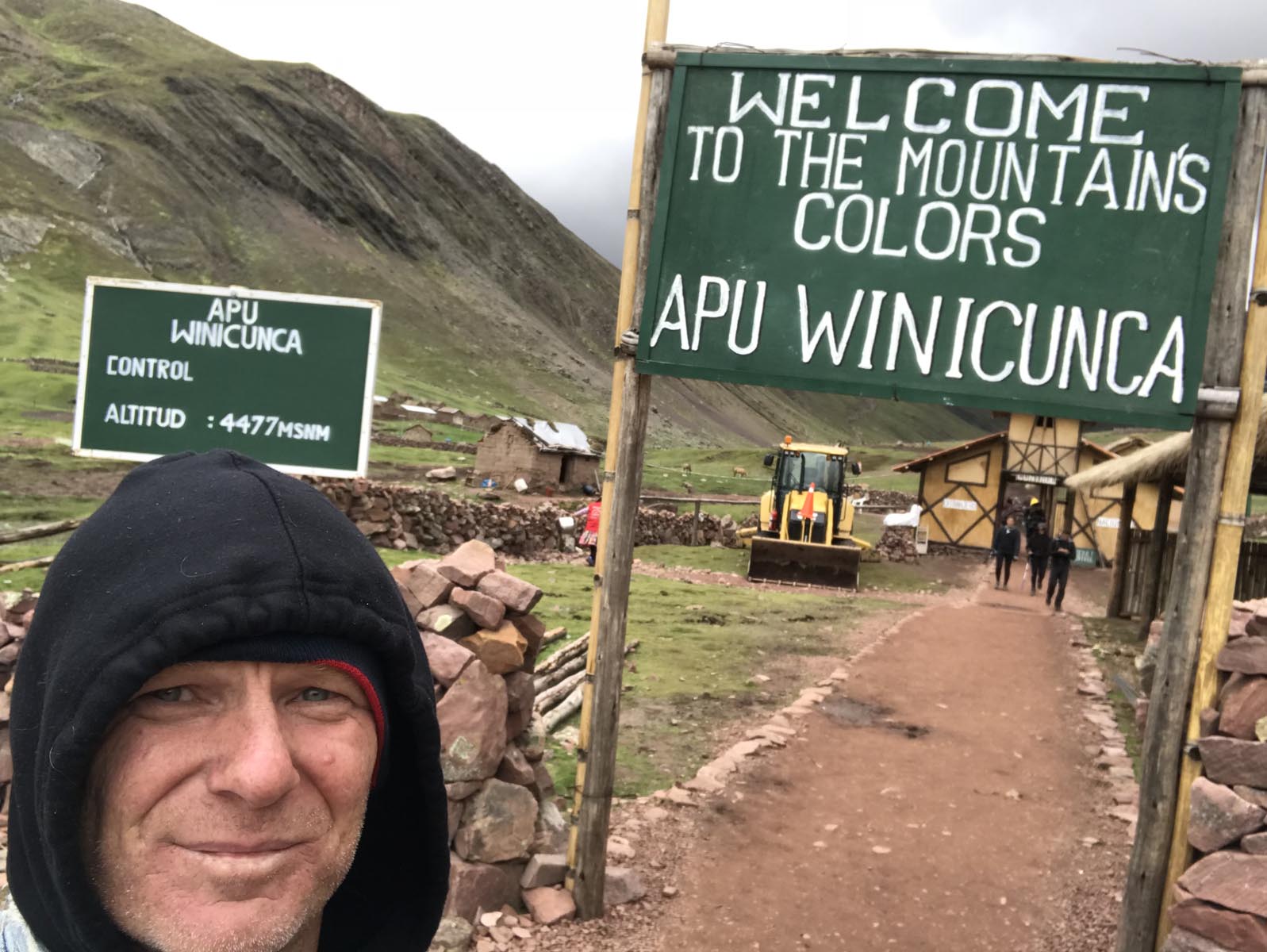
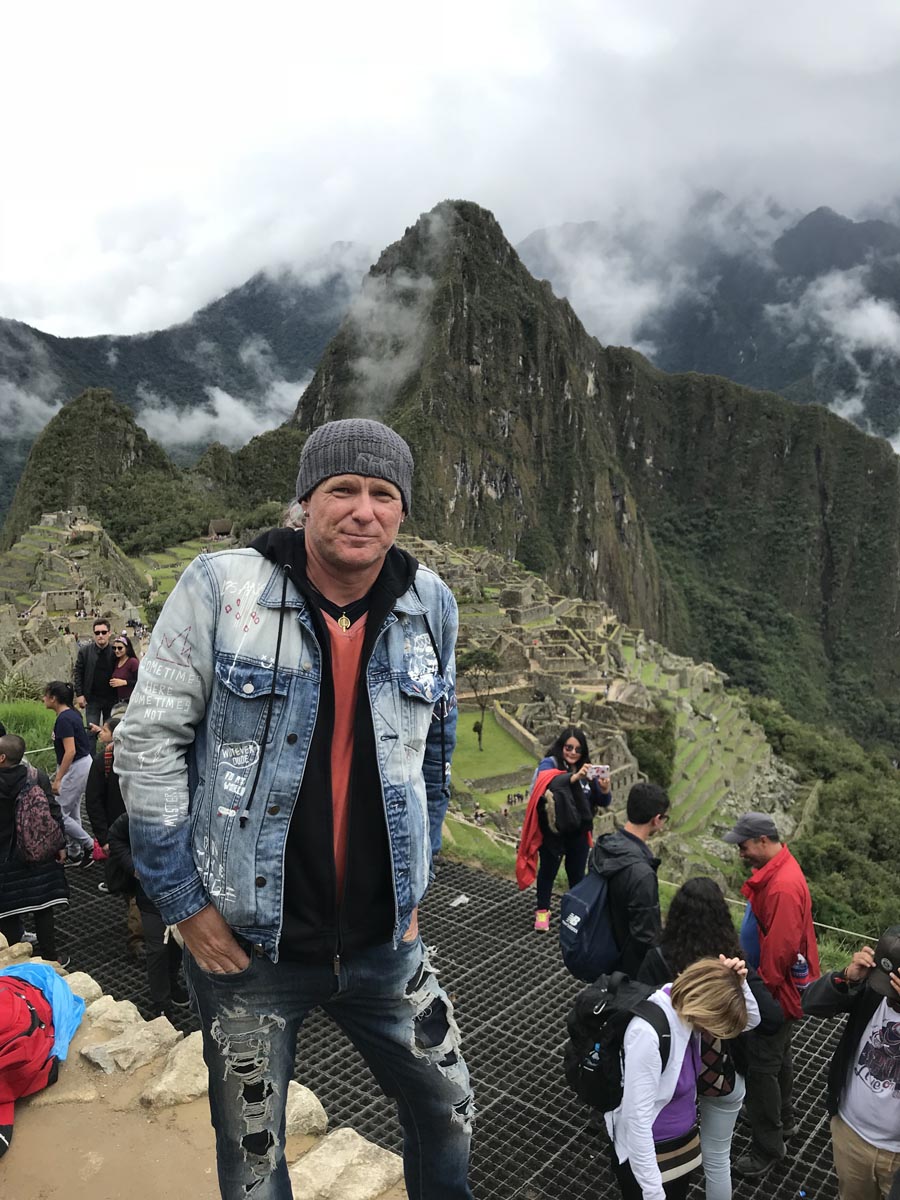
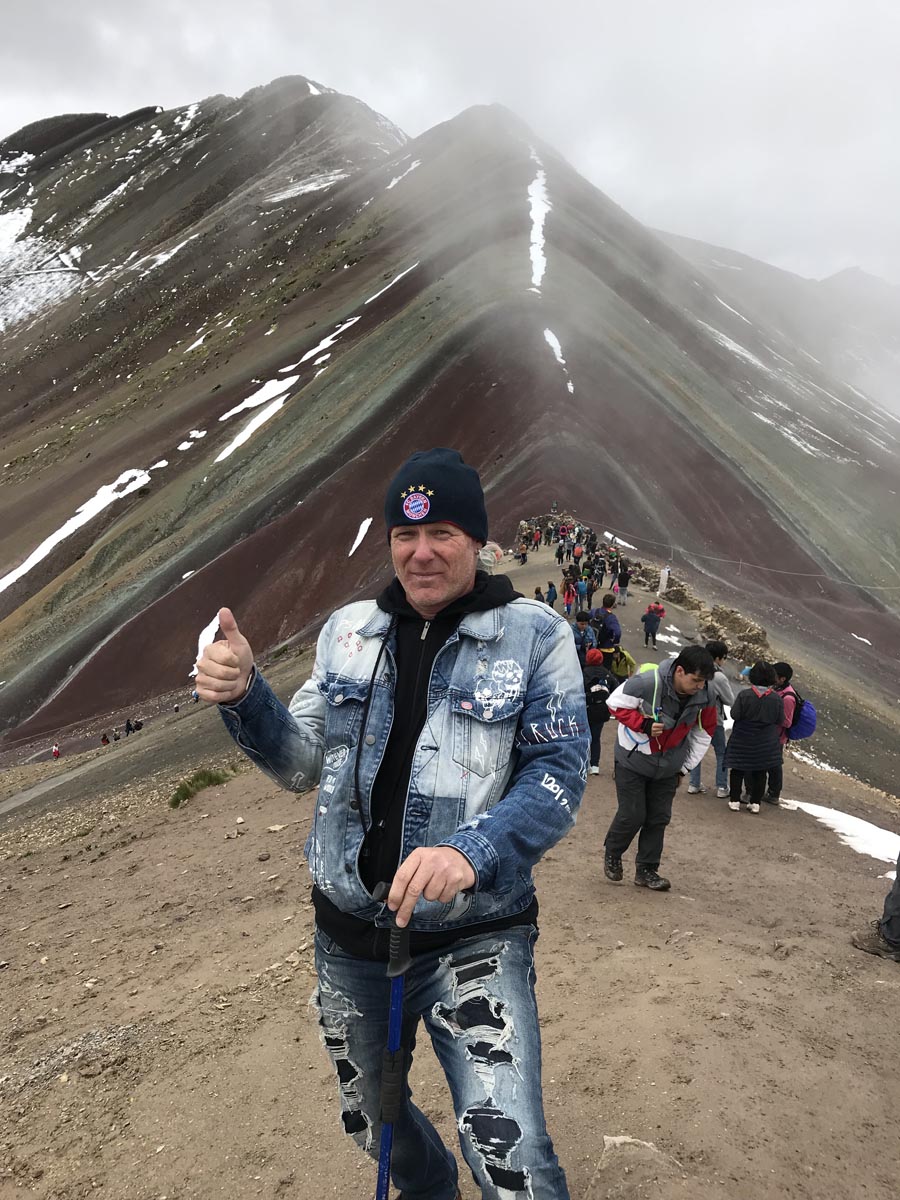
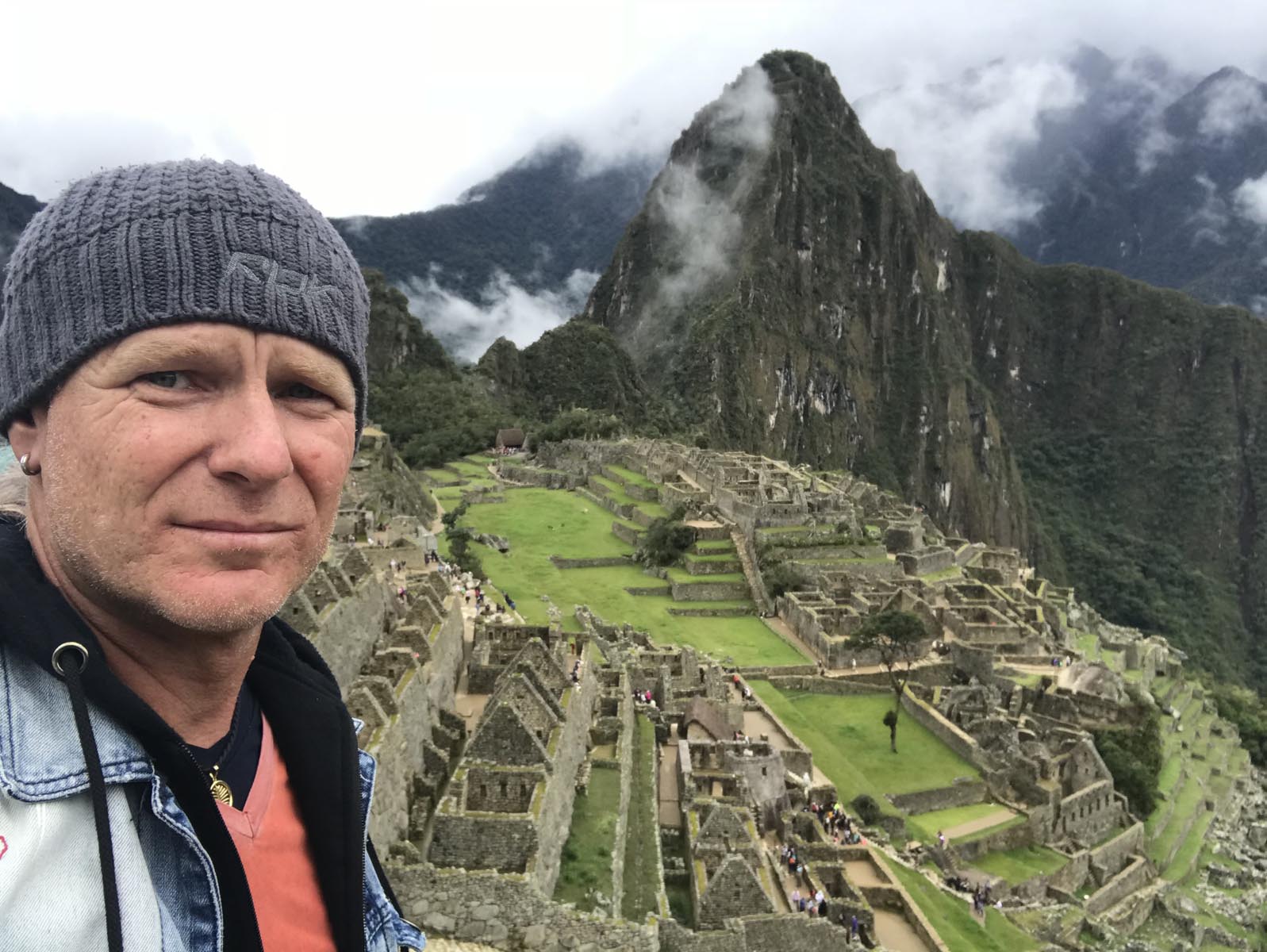
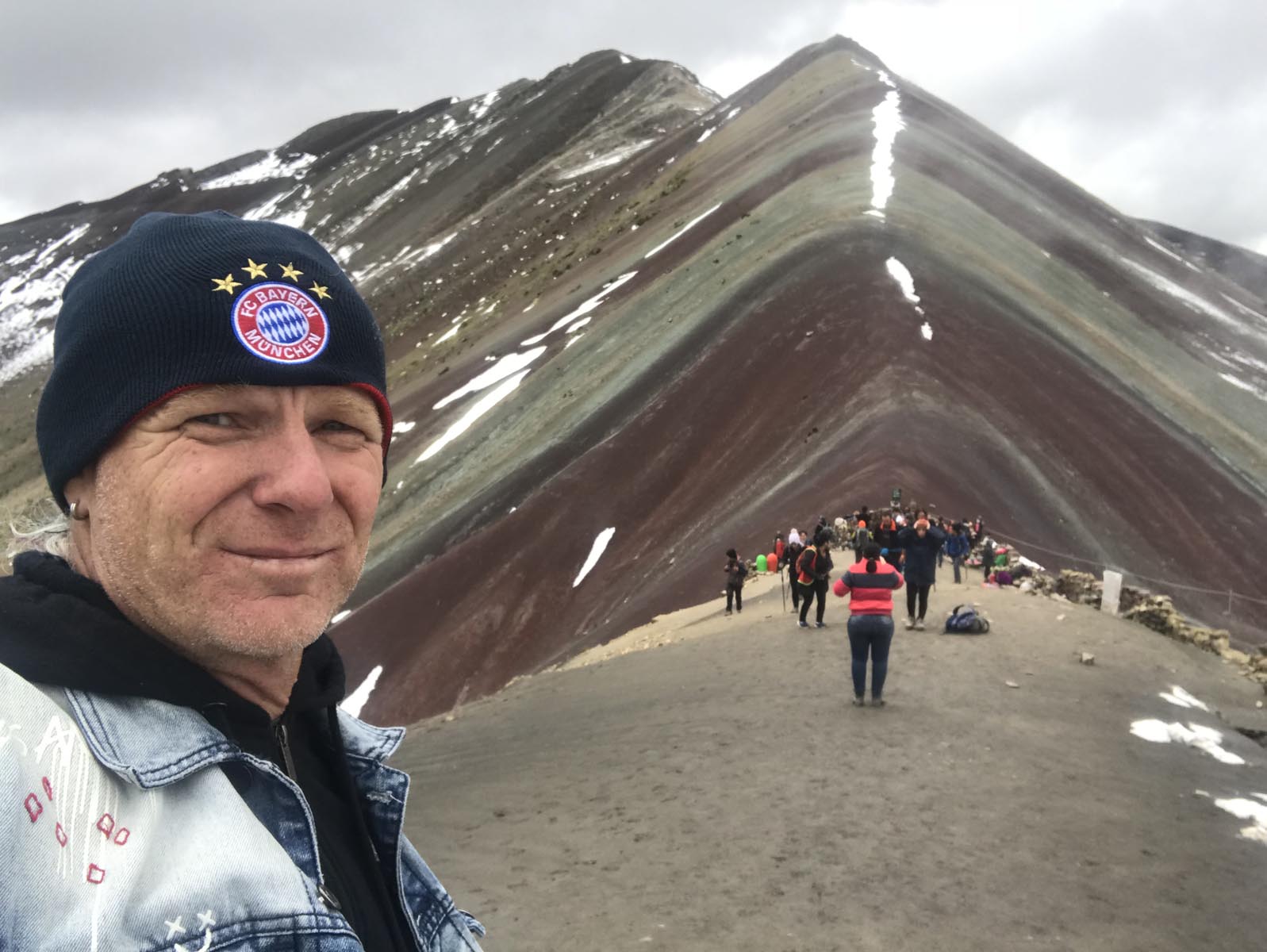
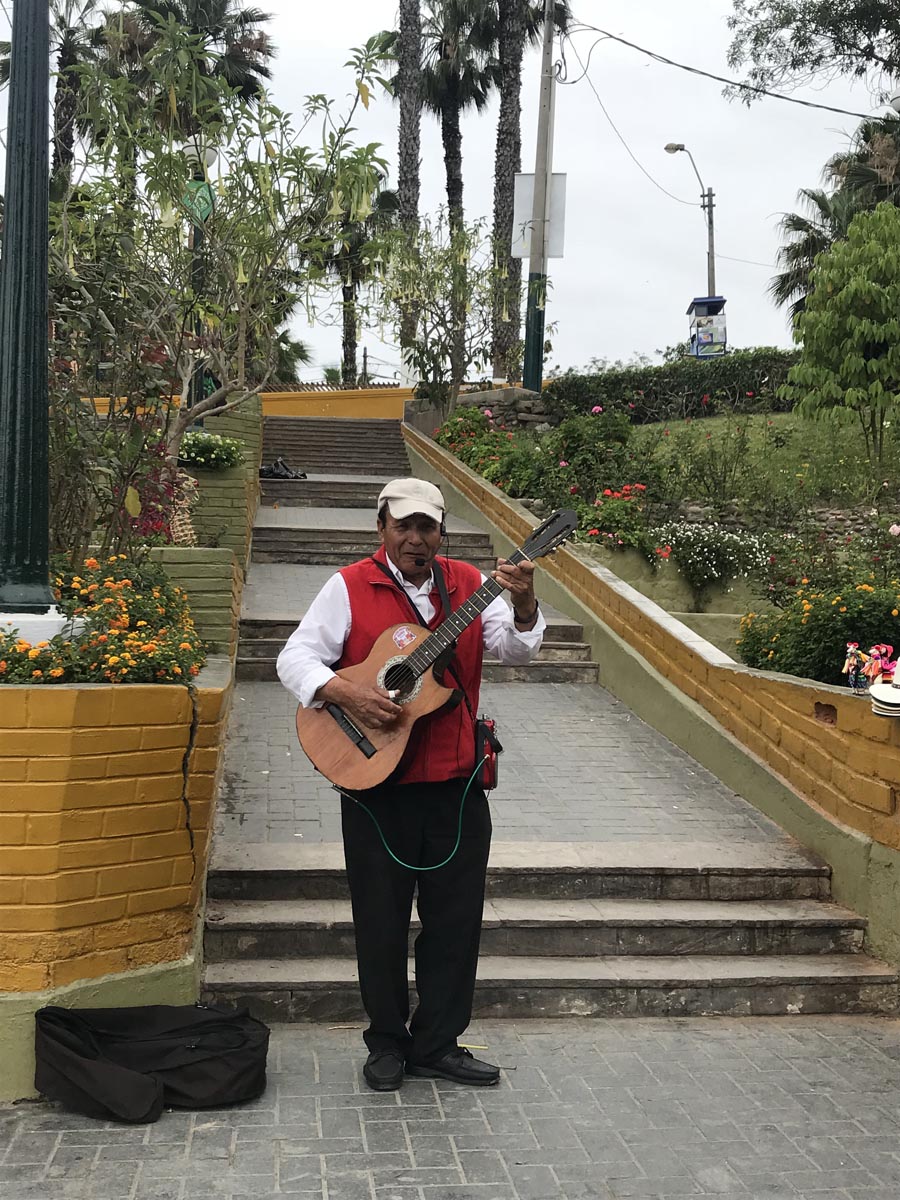
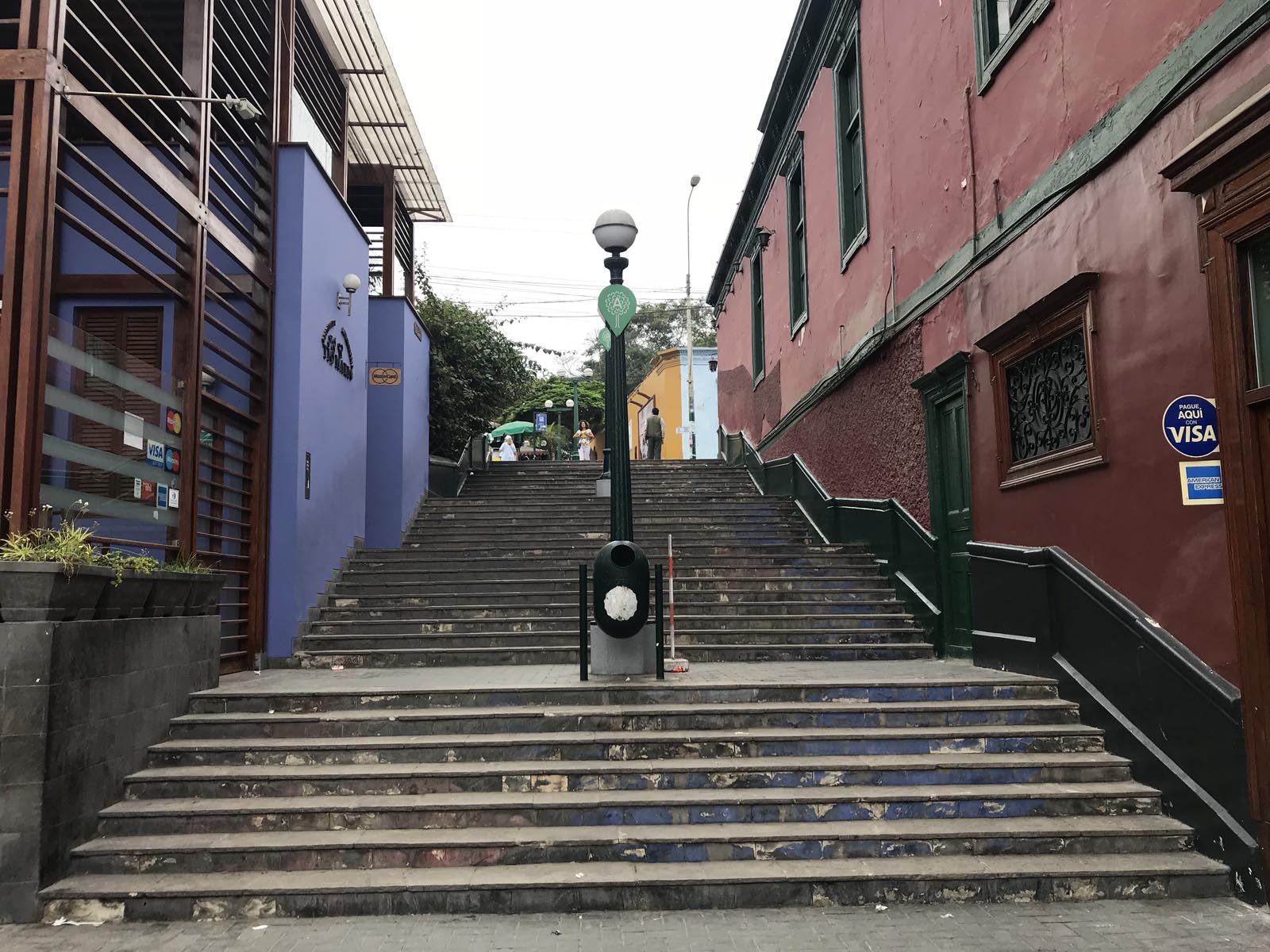
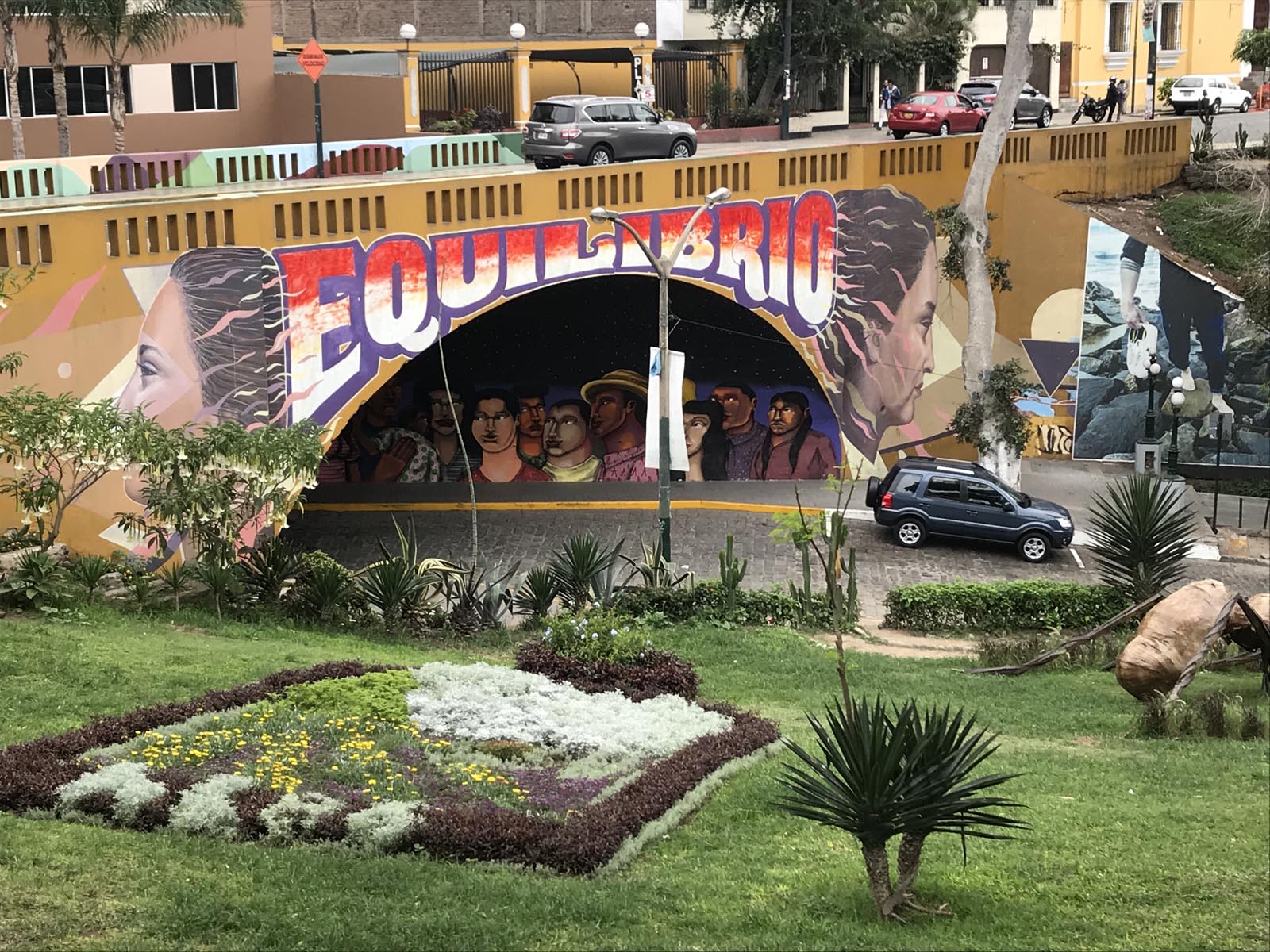


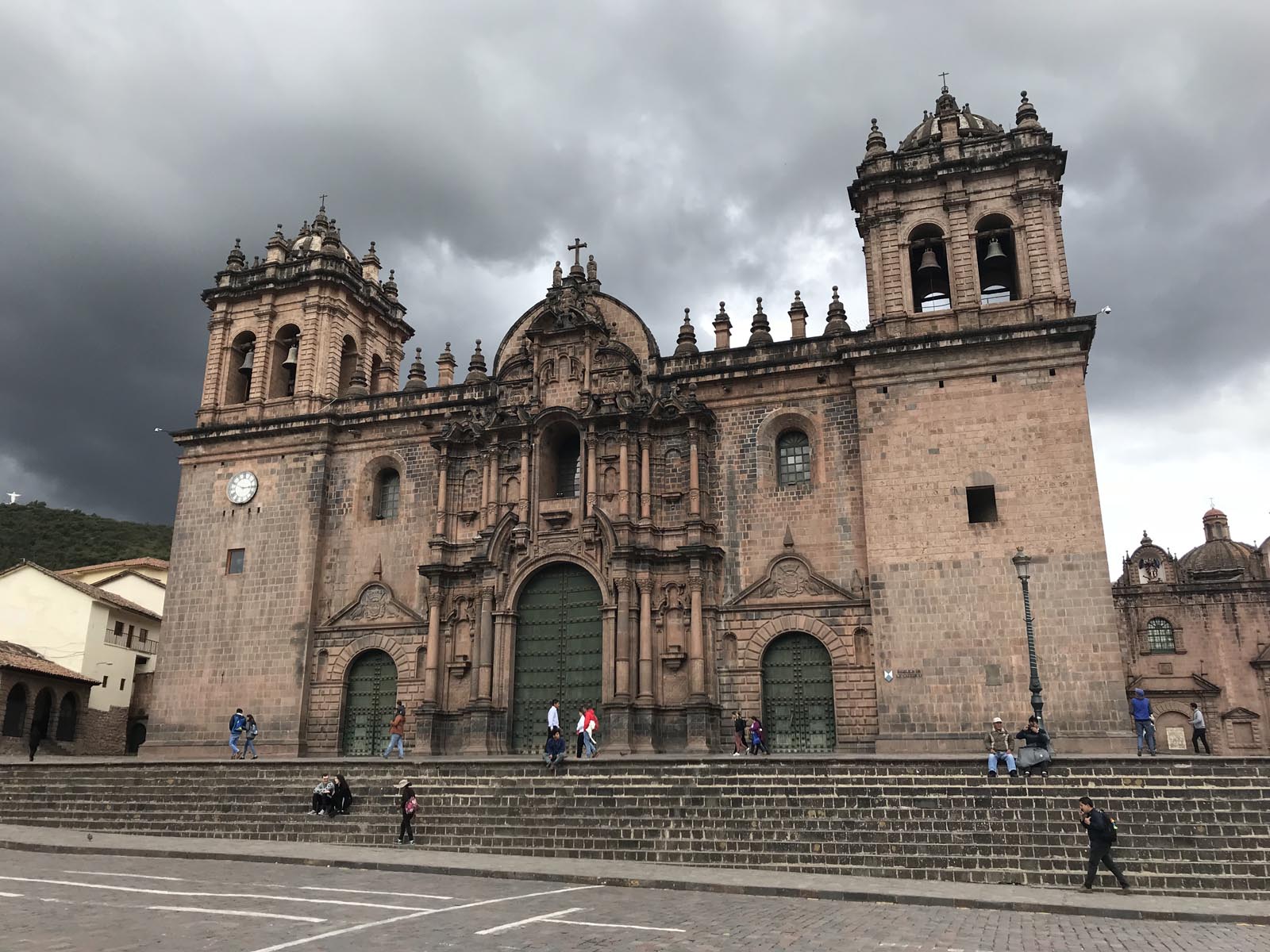

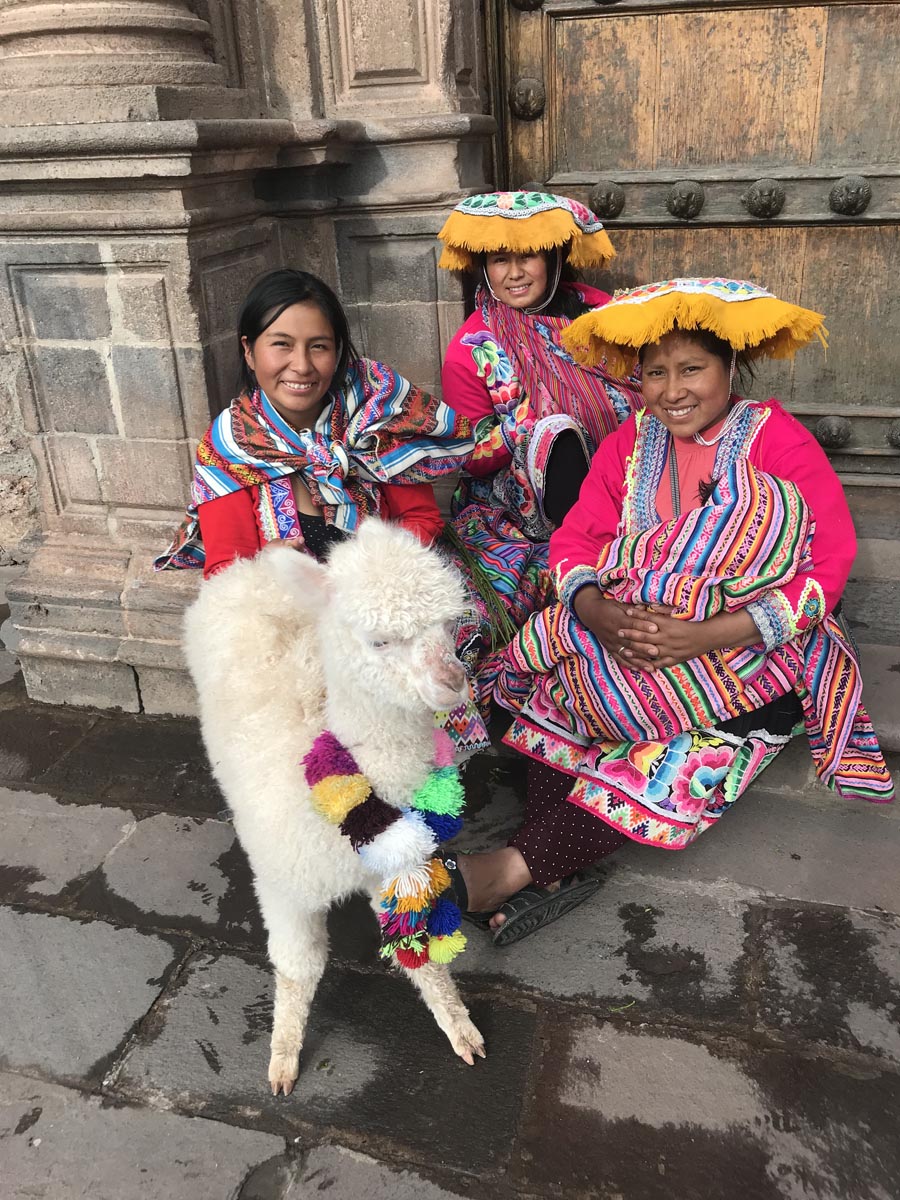
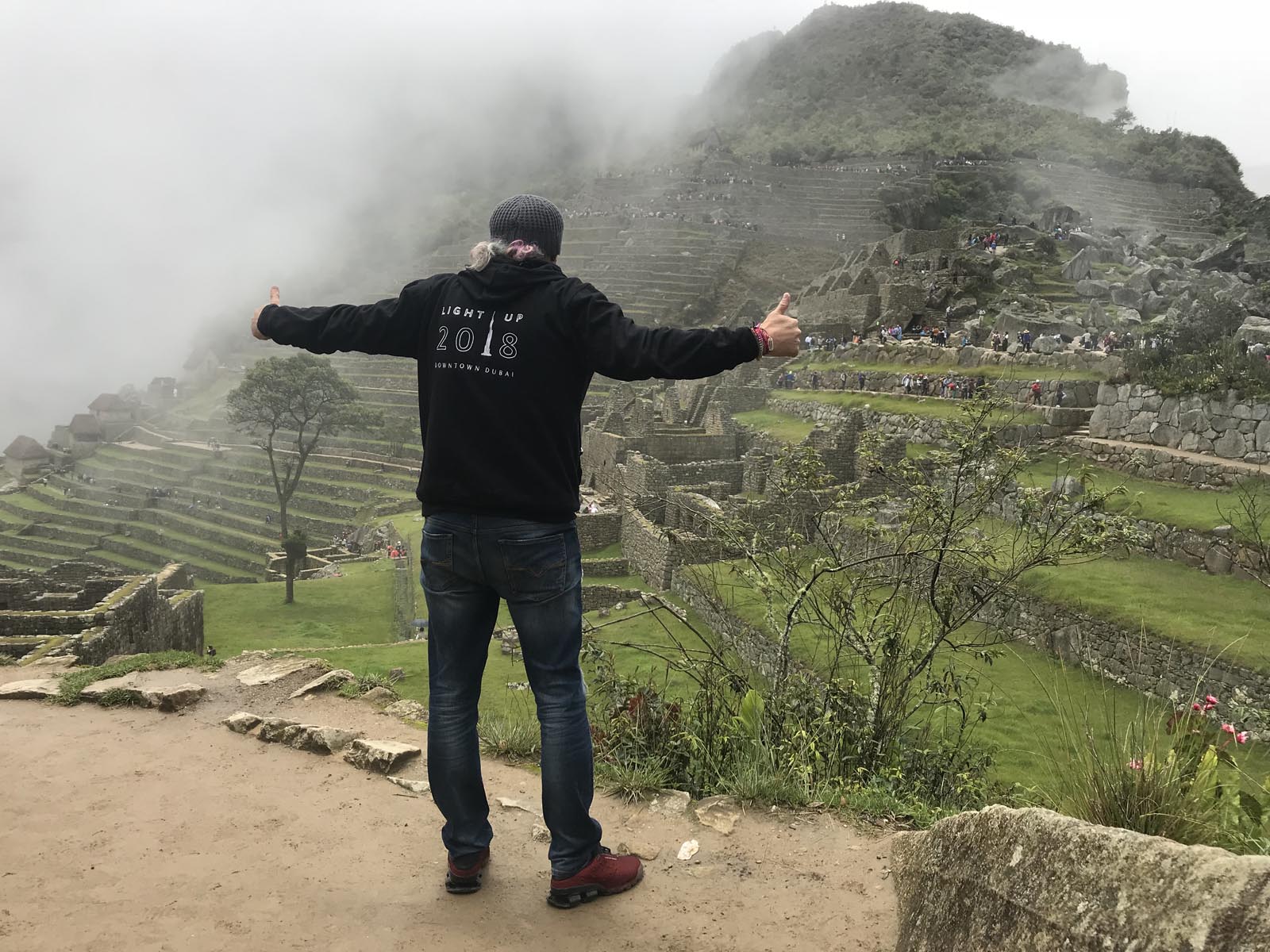
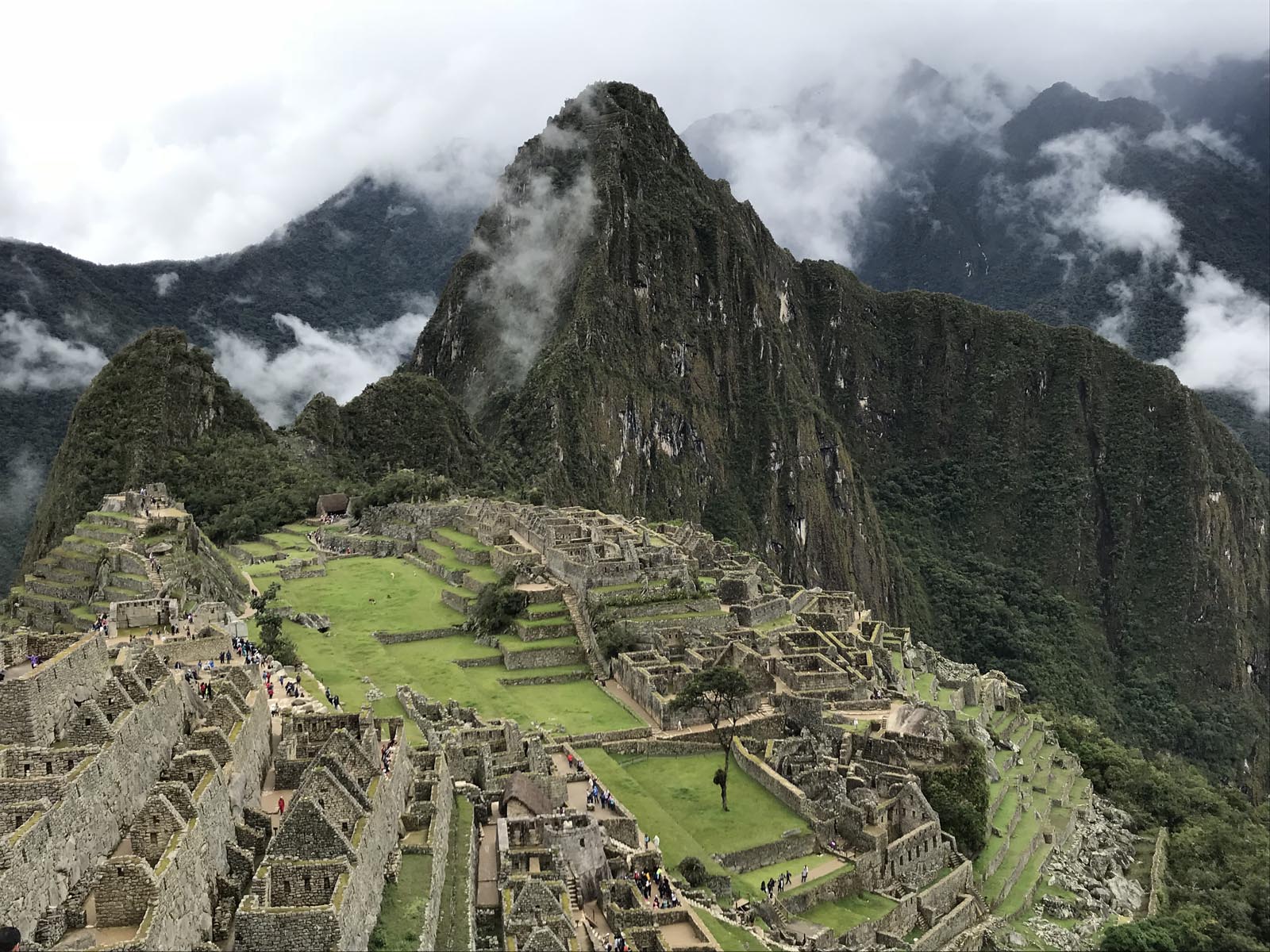
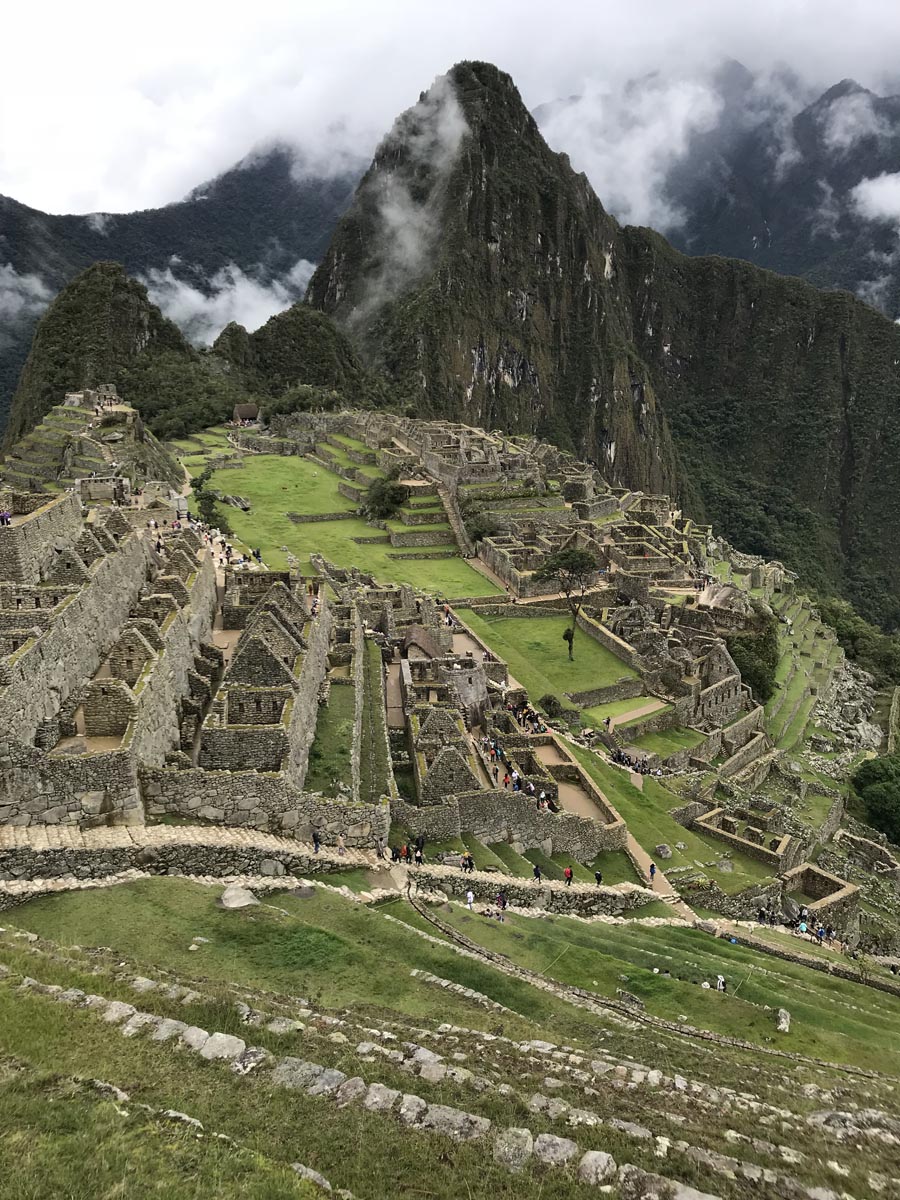

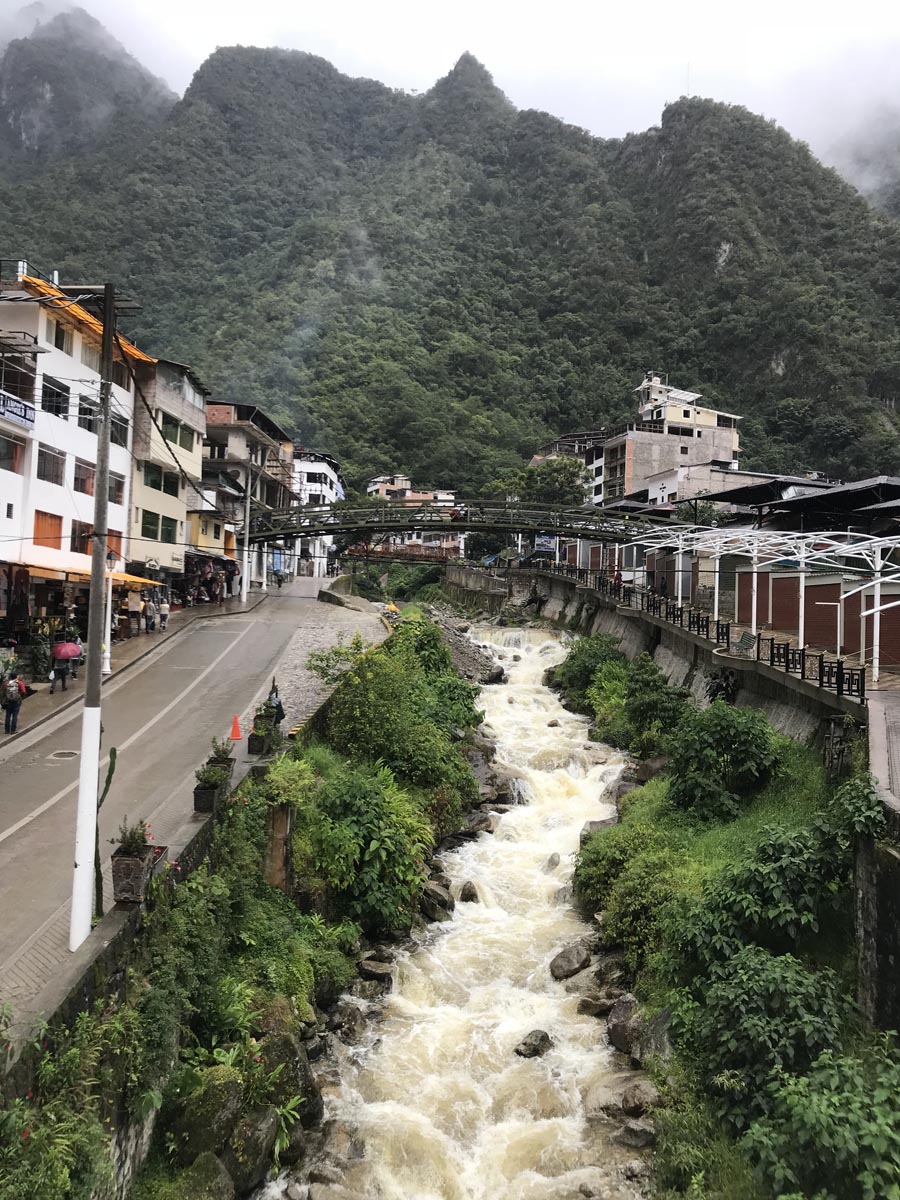
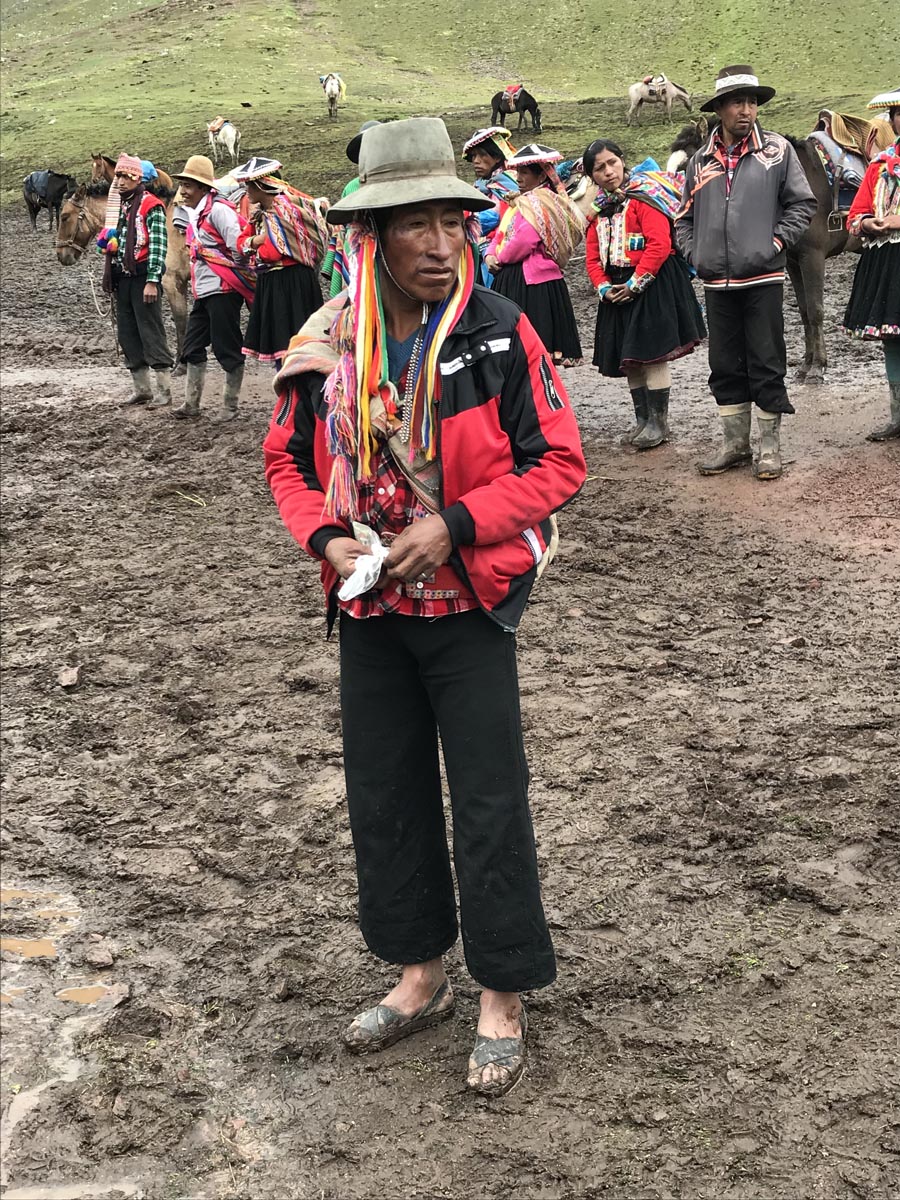
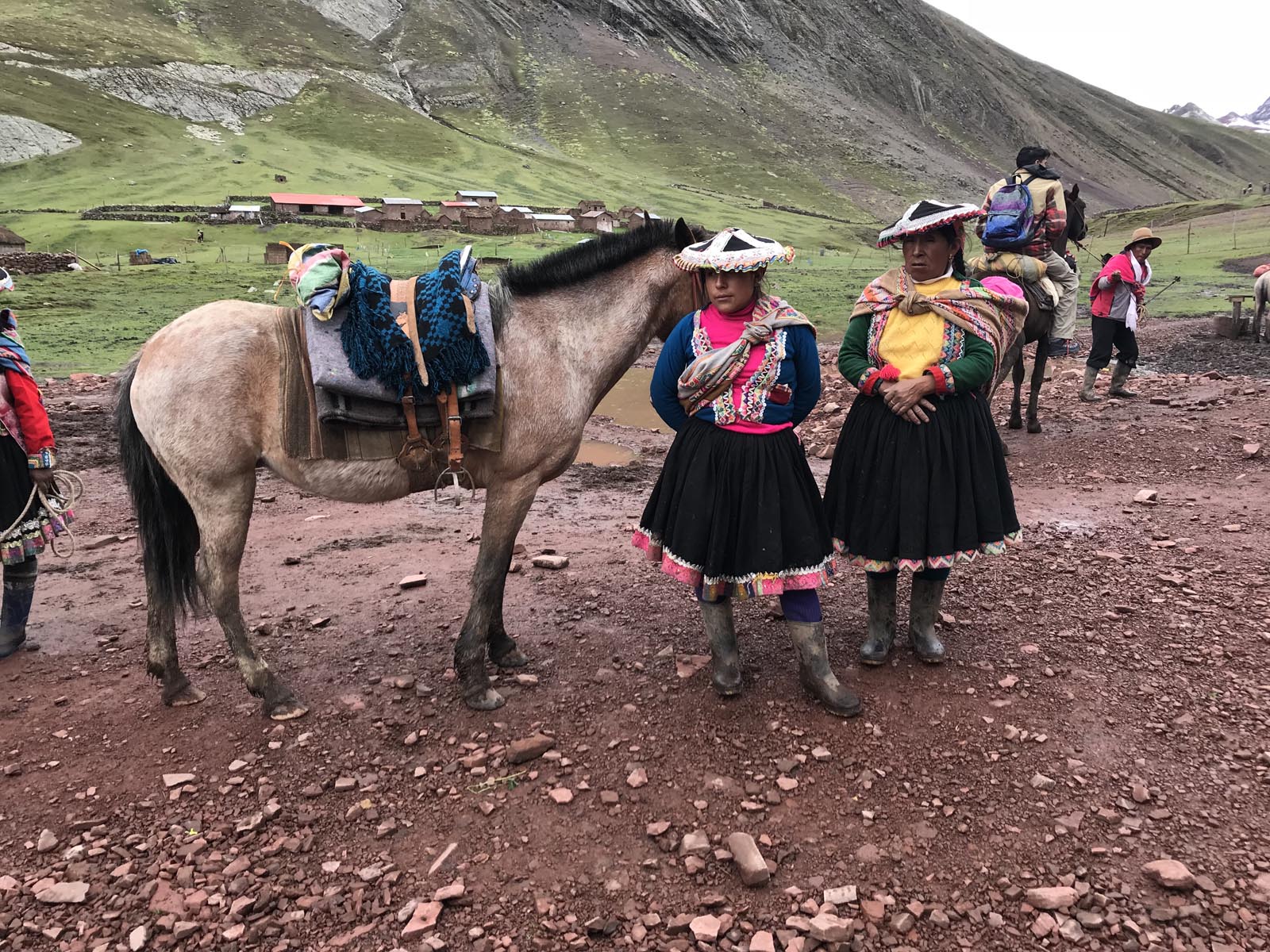
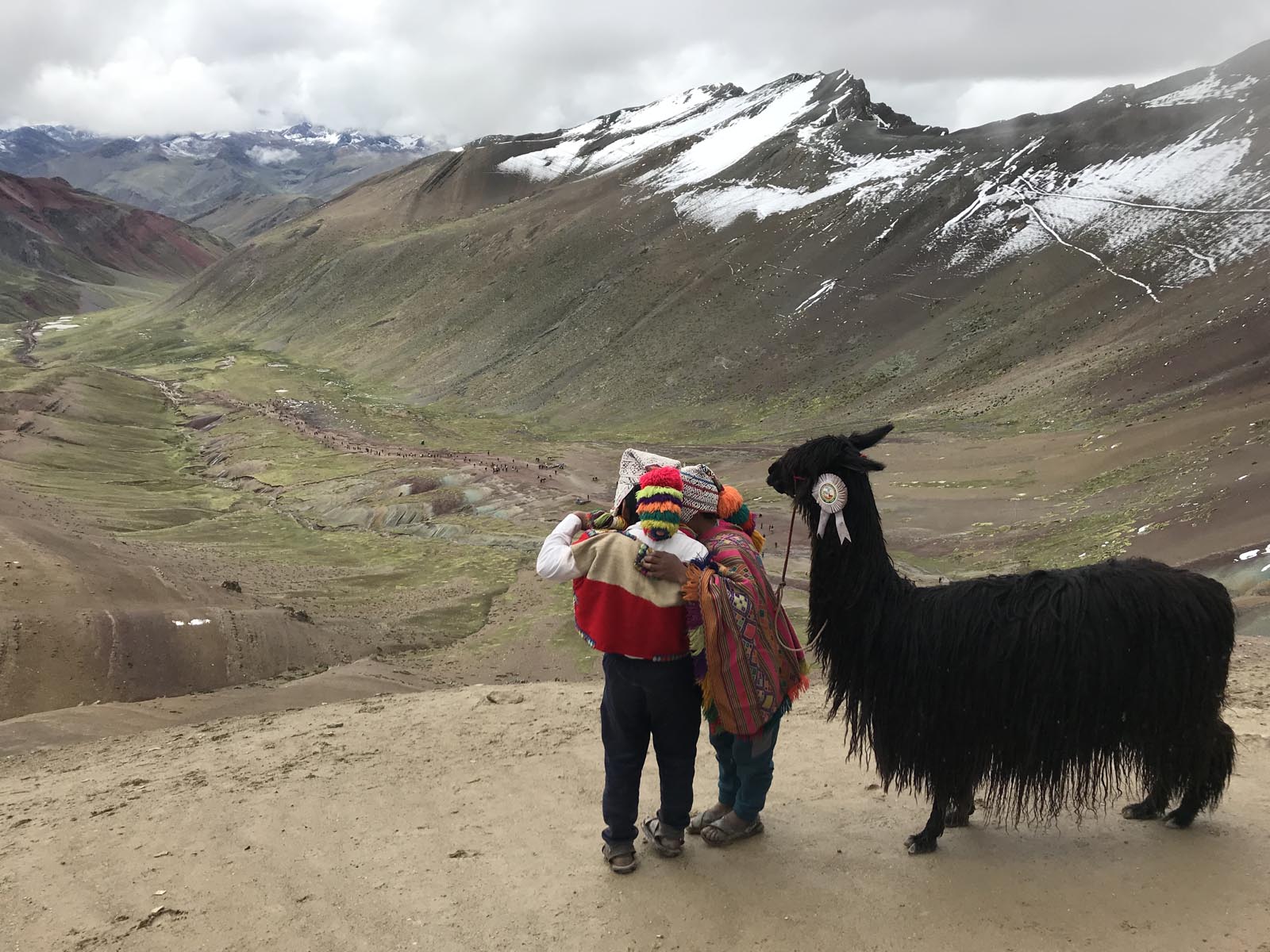
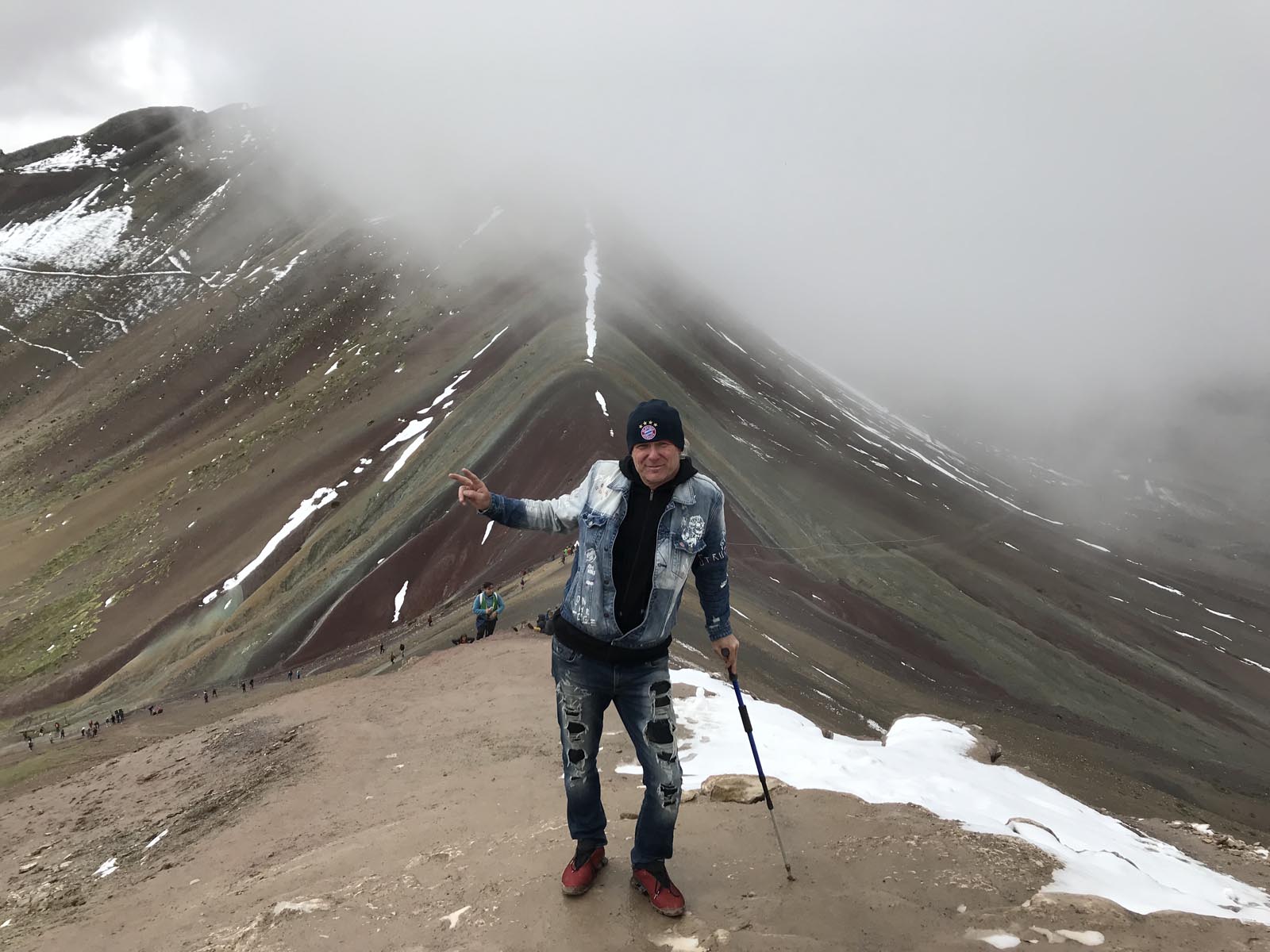
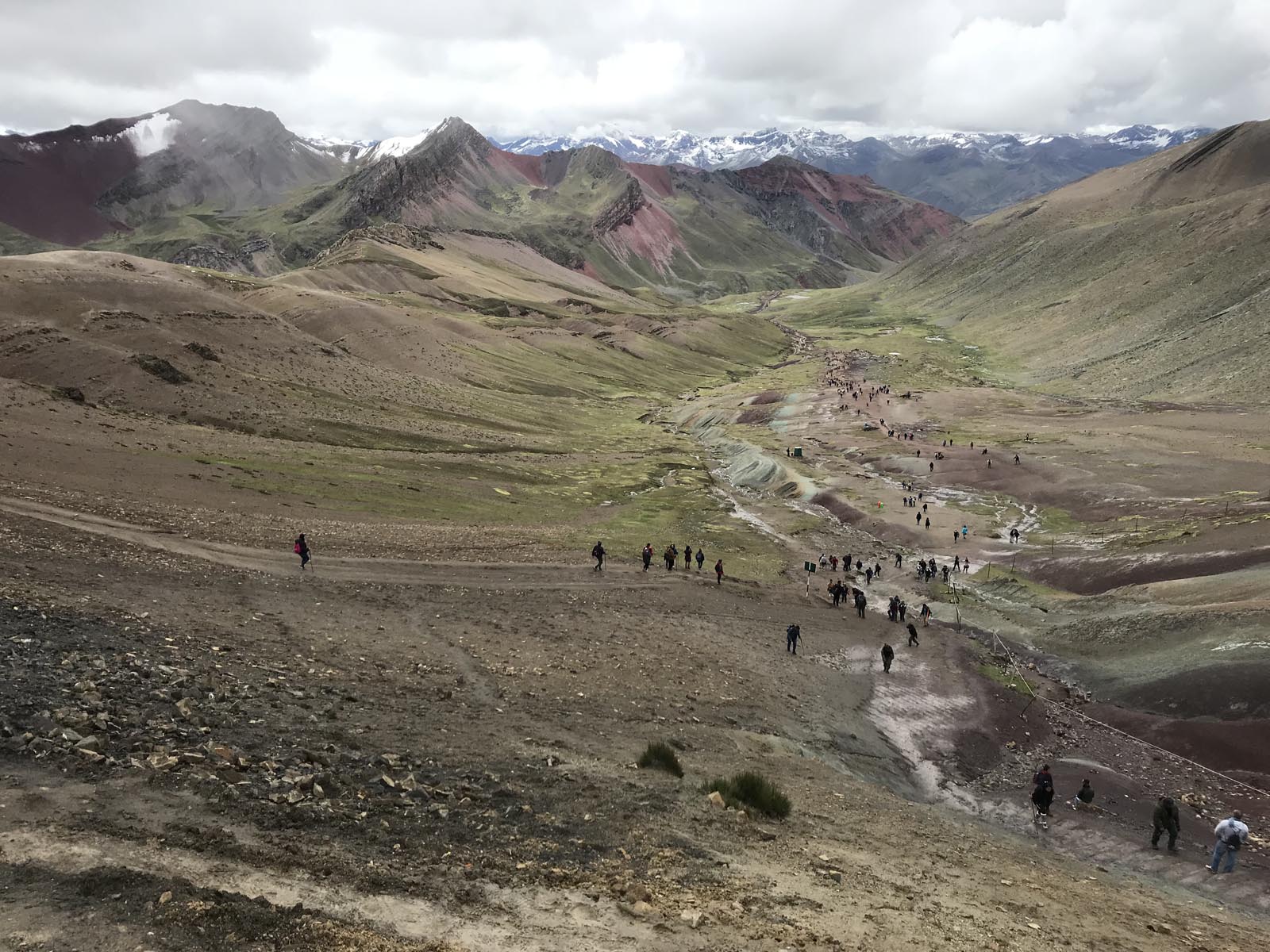
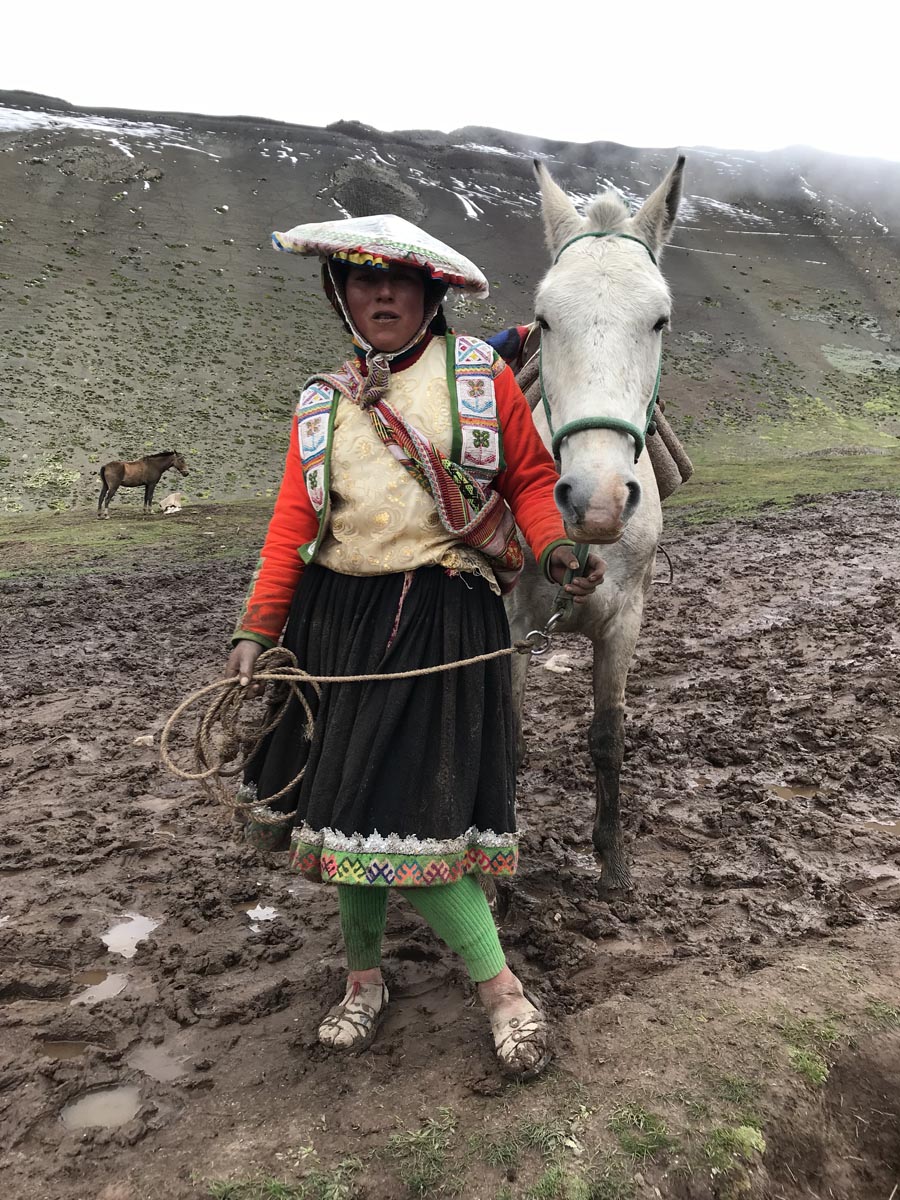
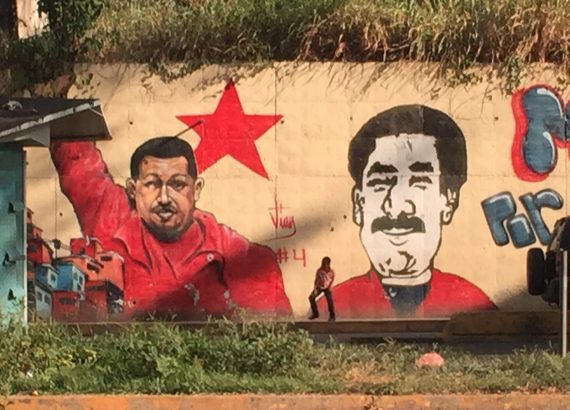
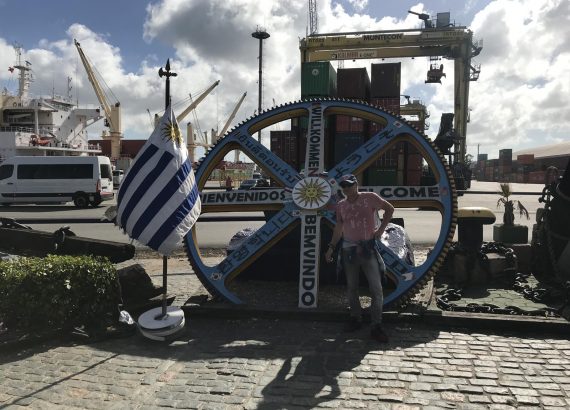
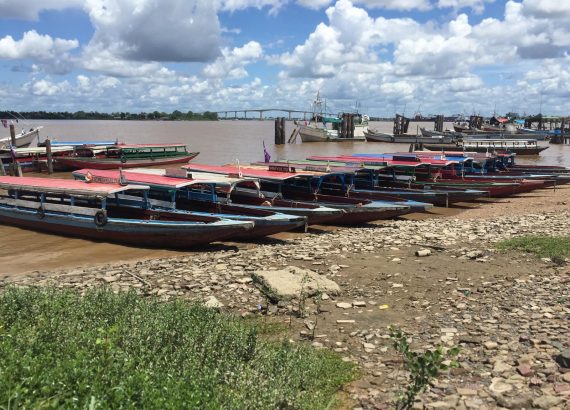
No Comments